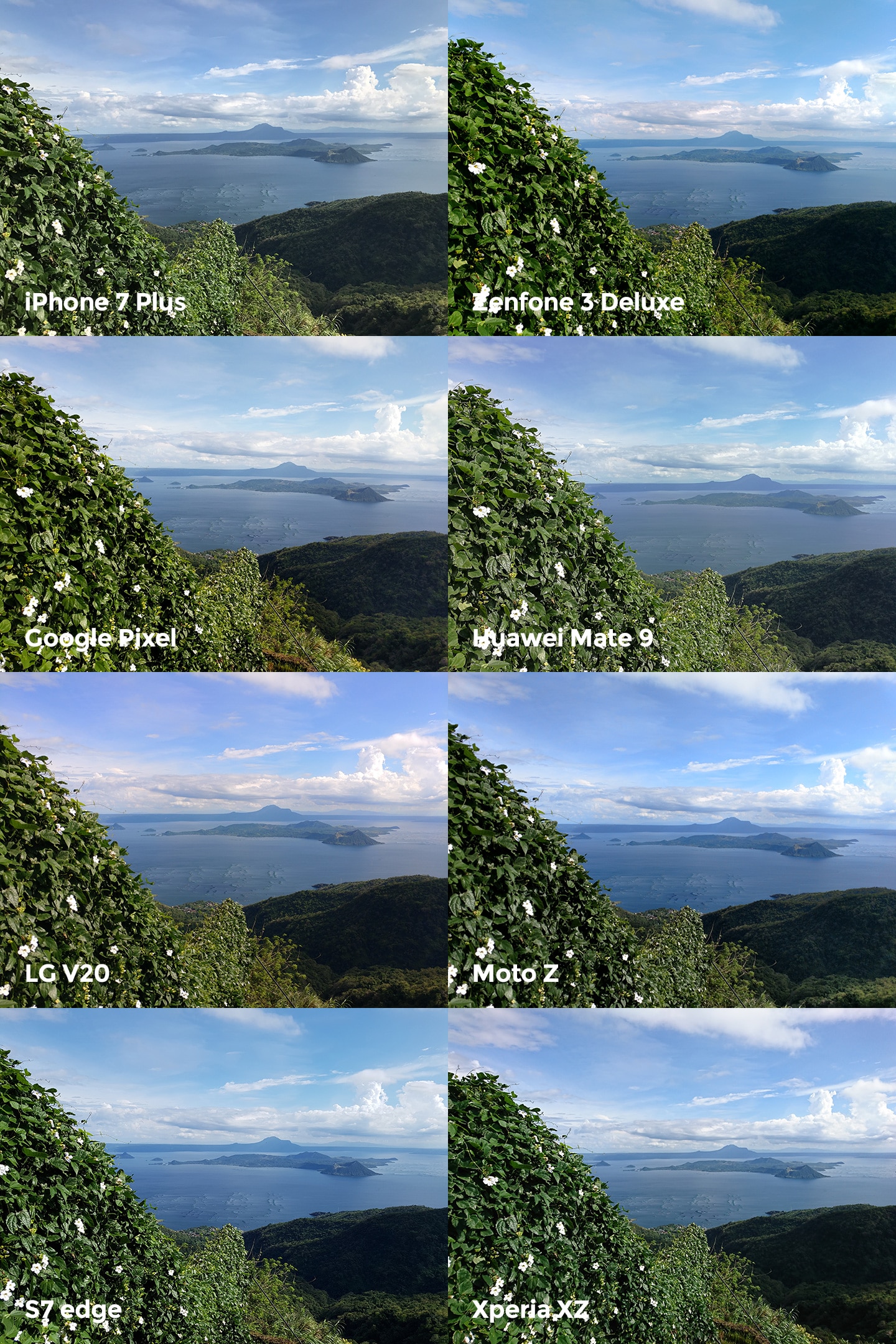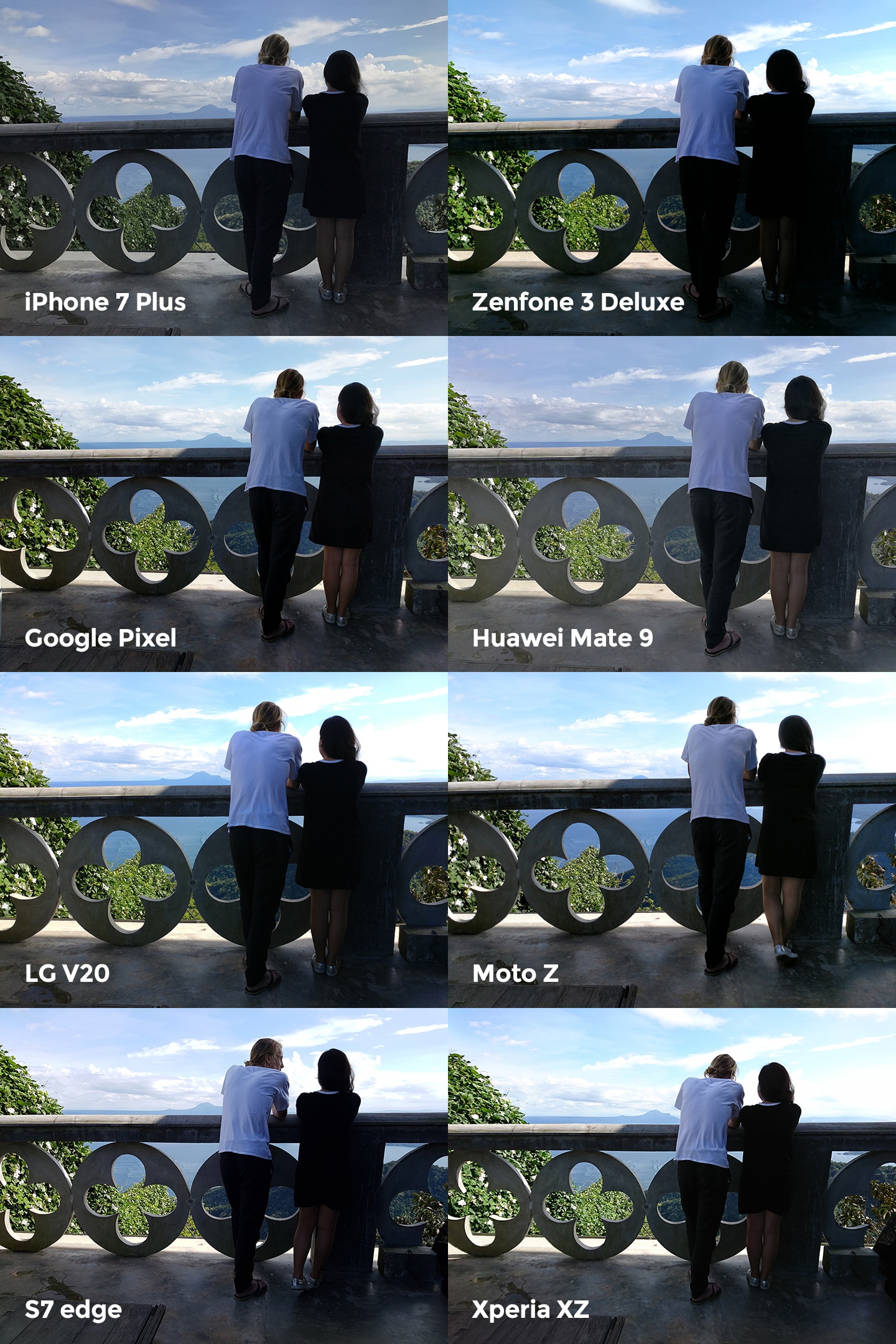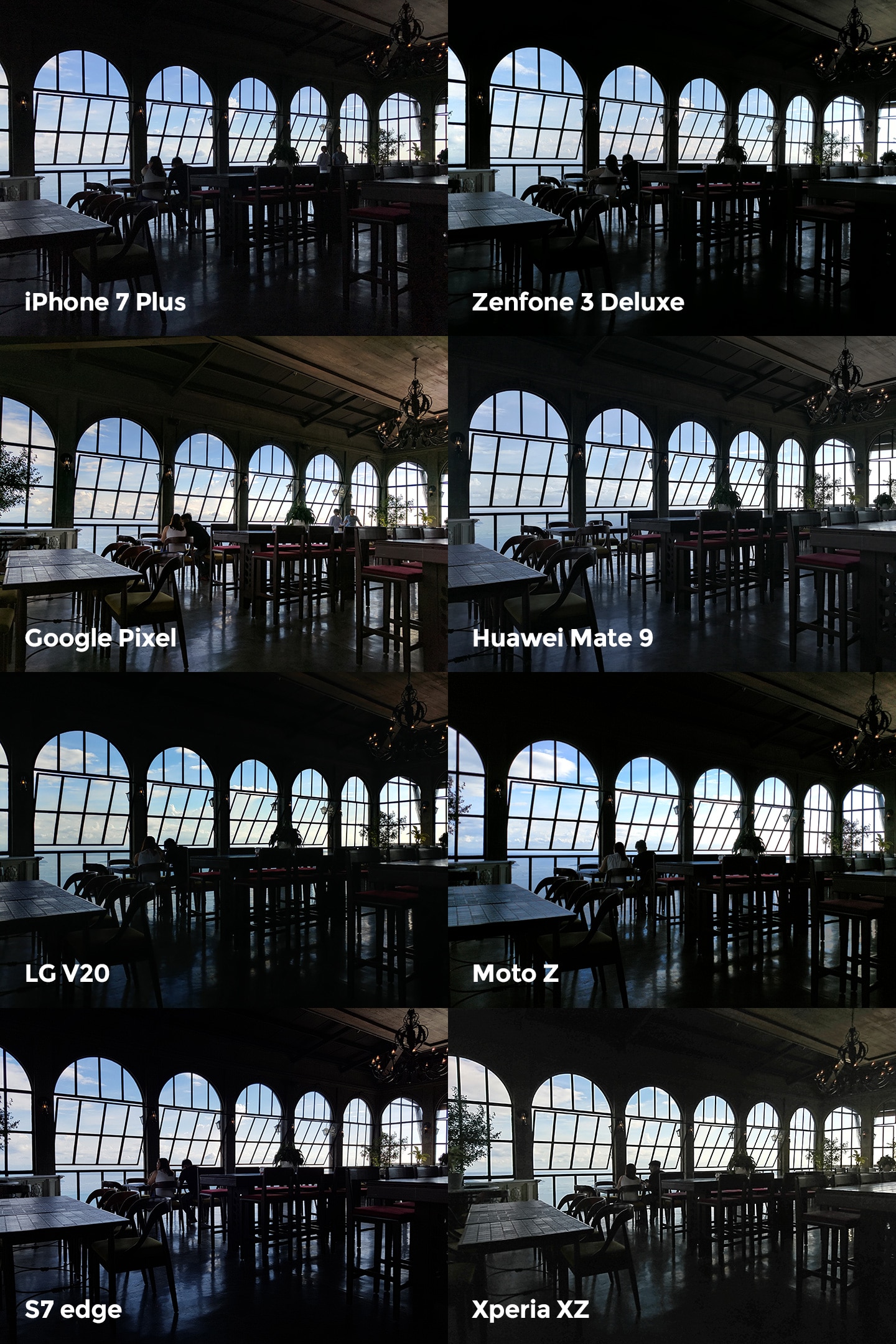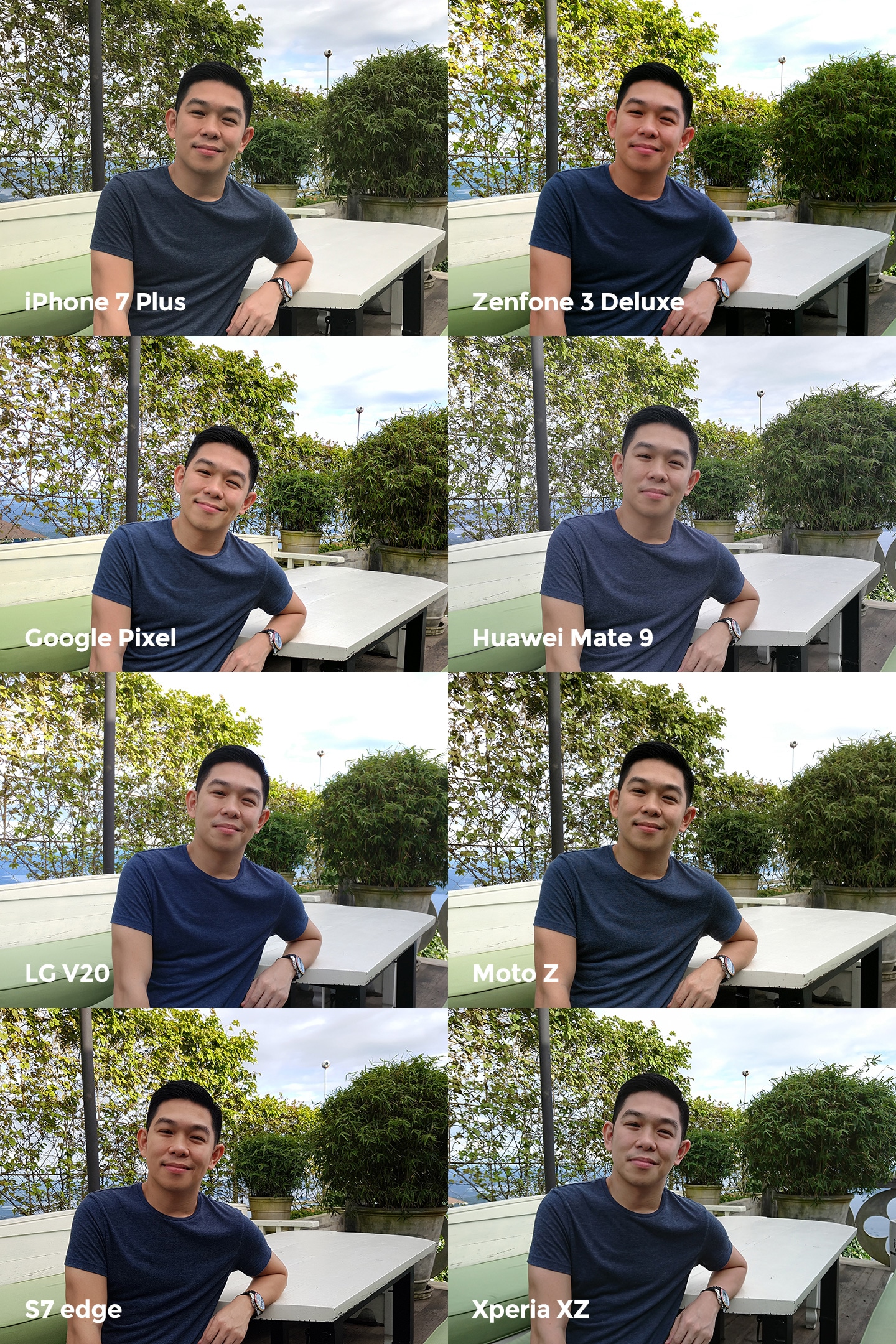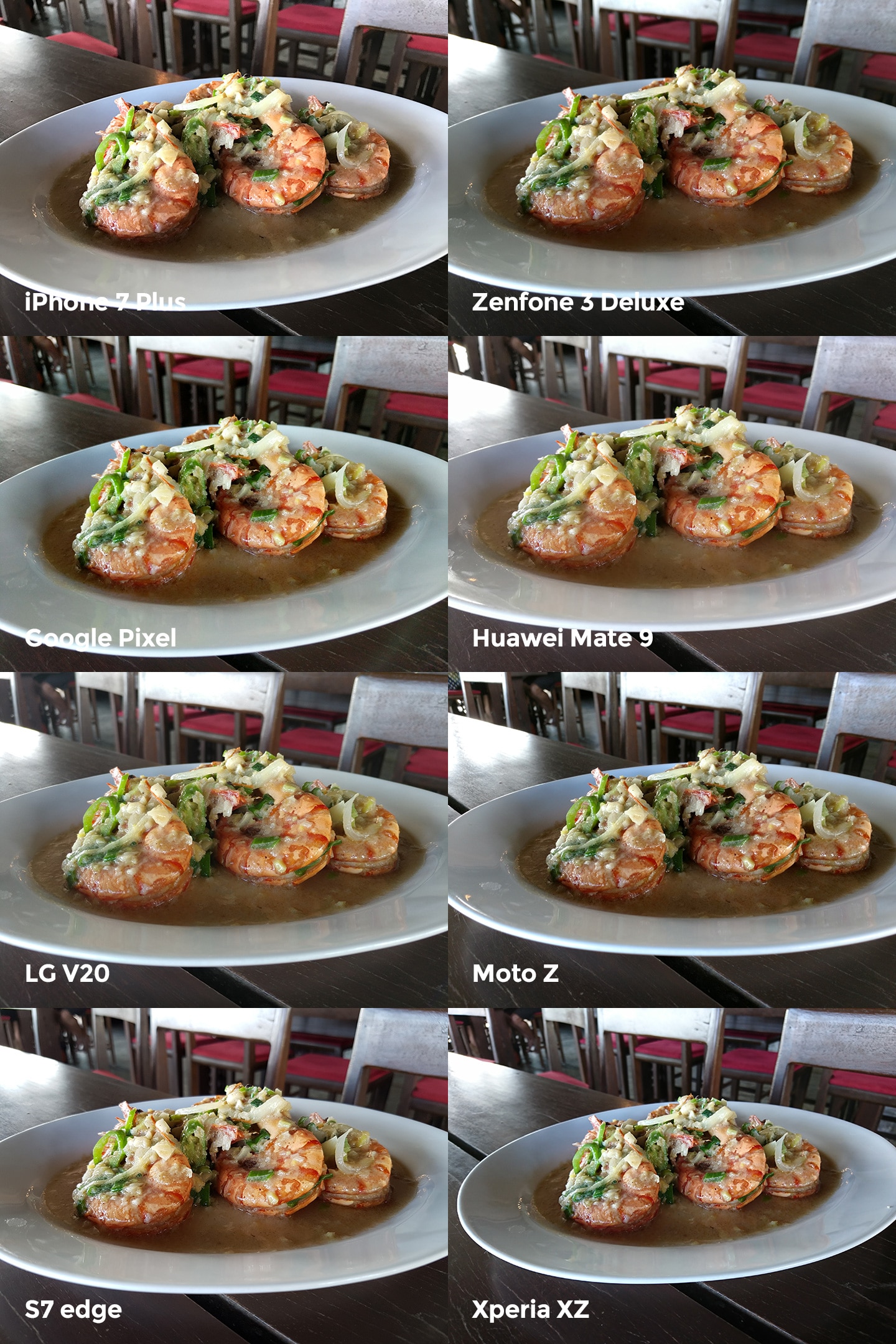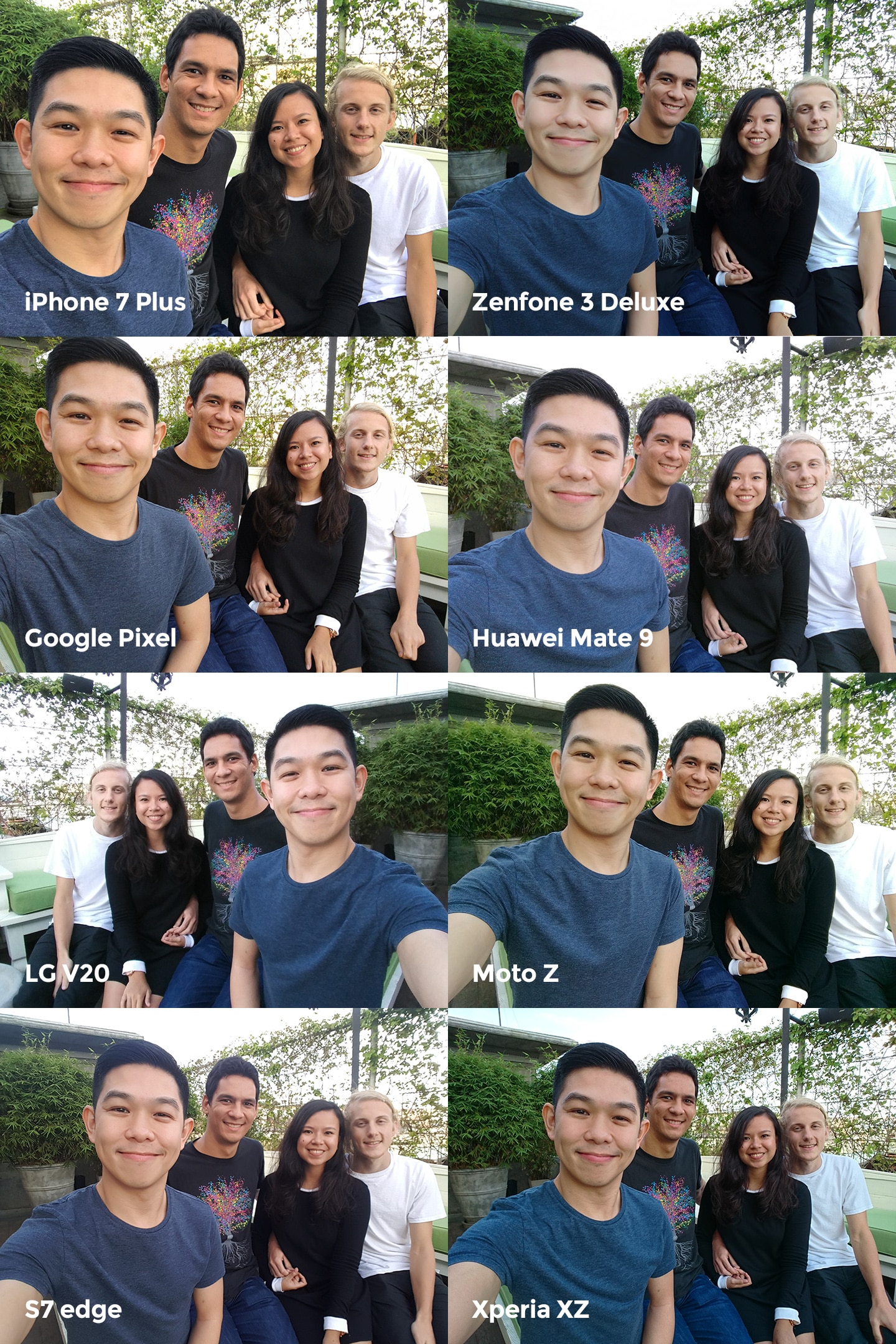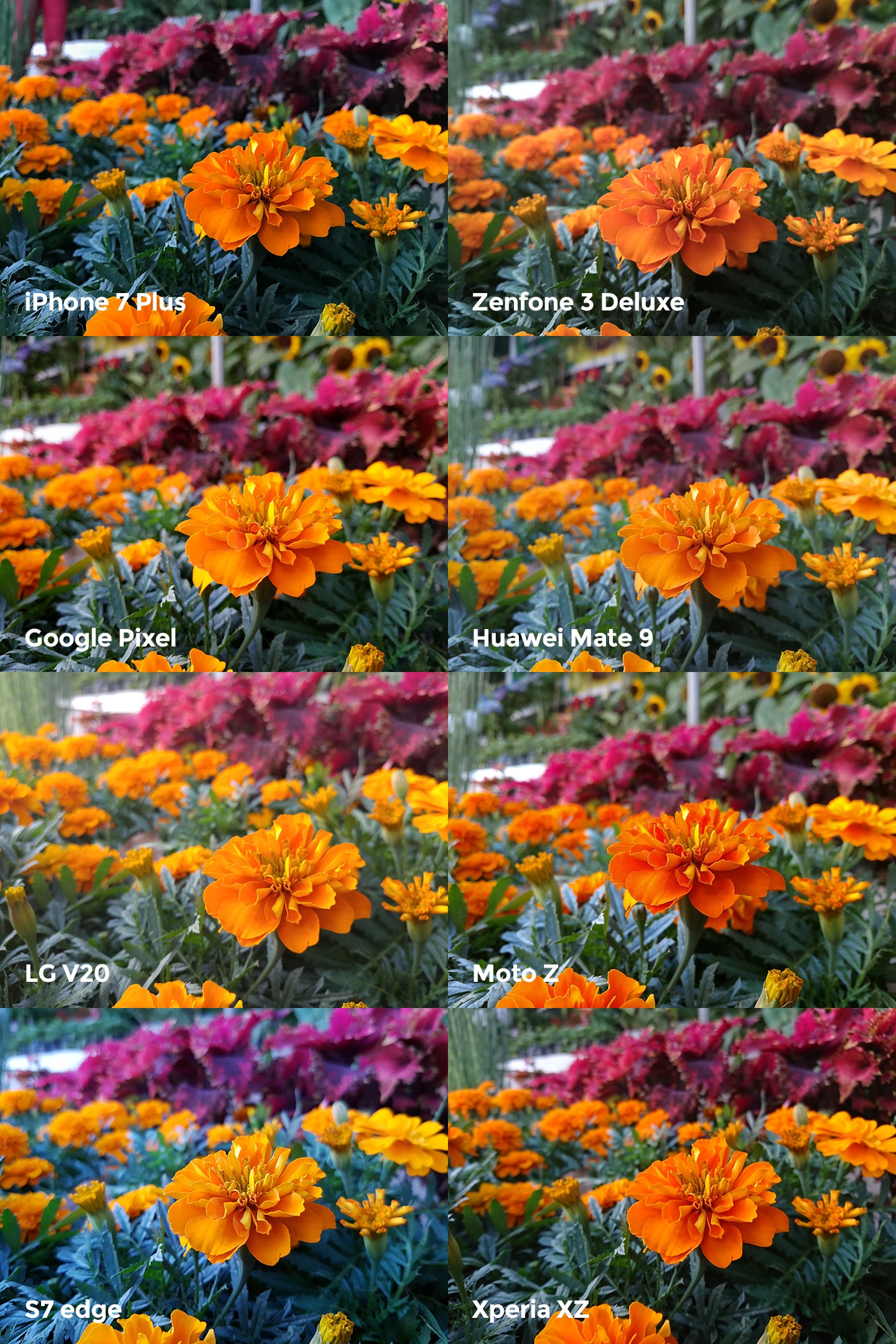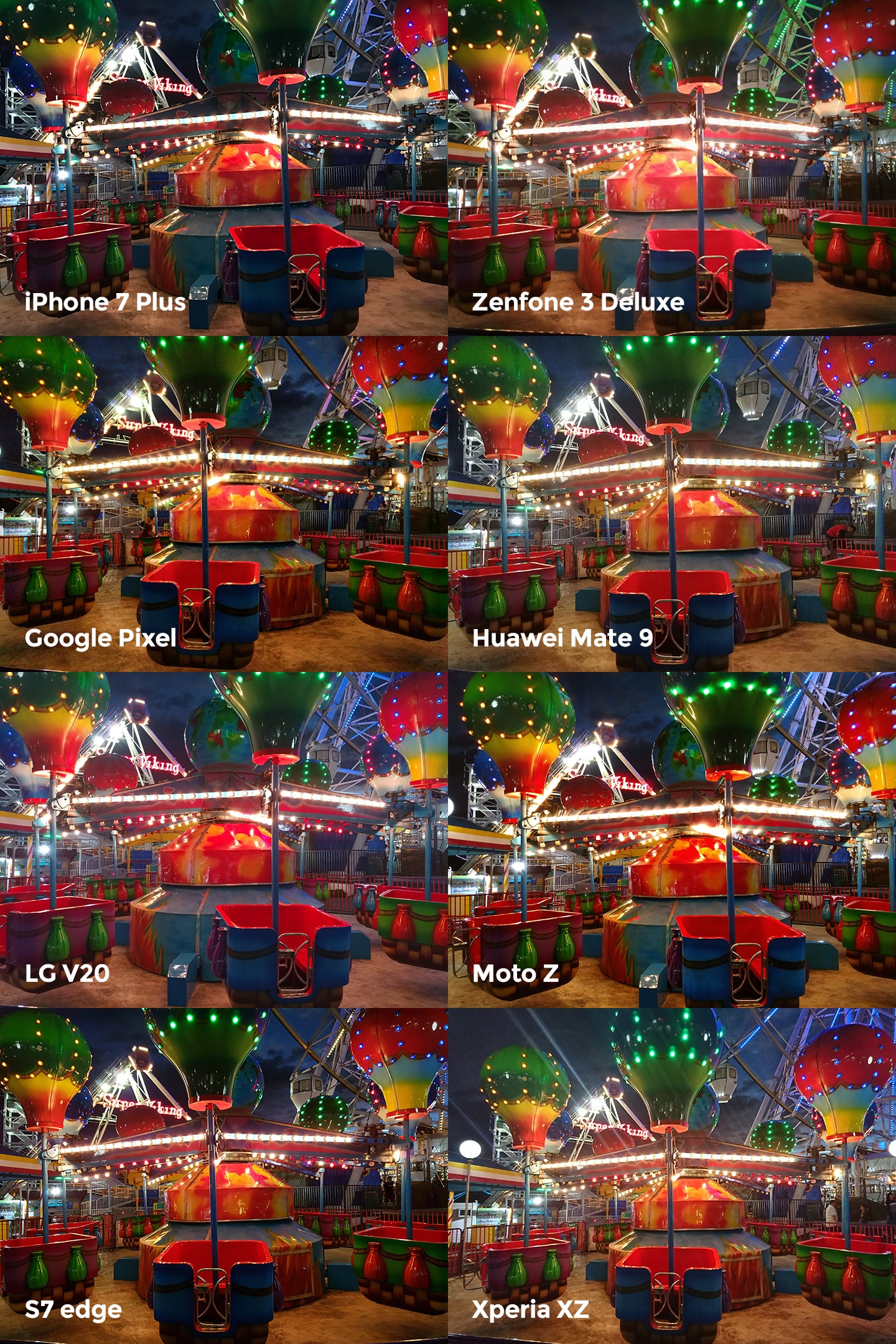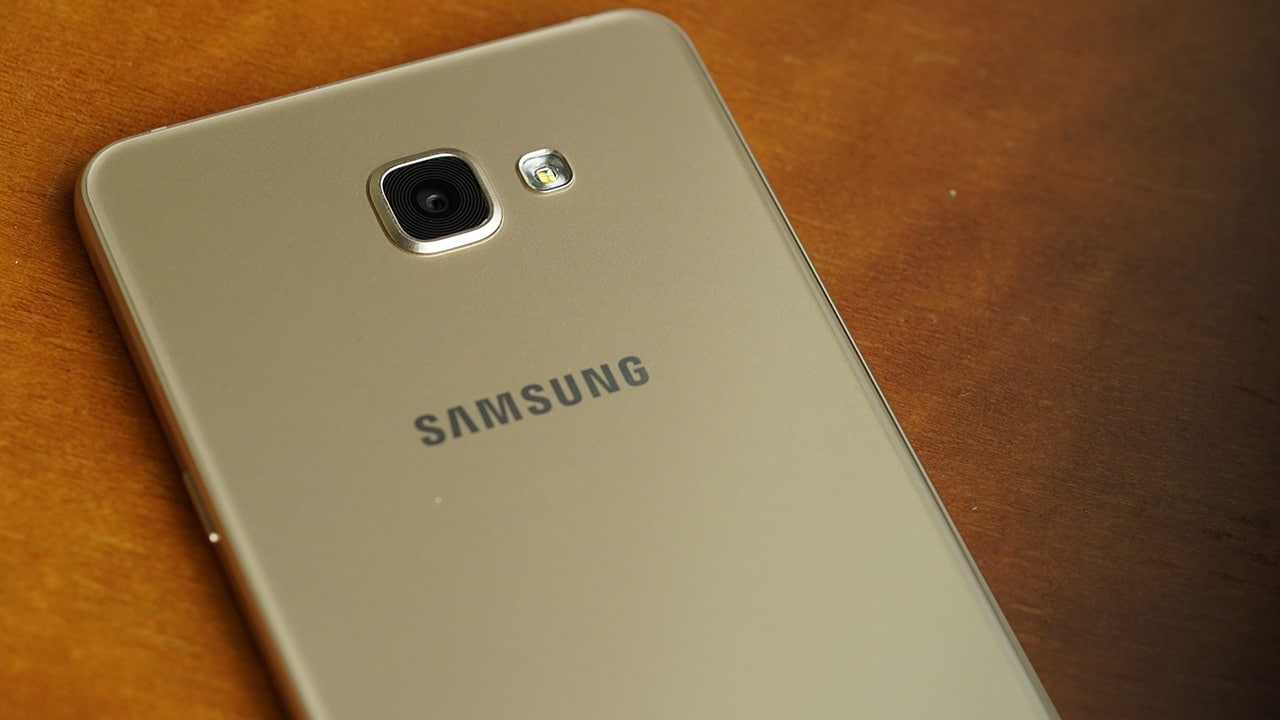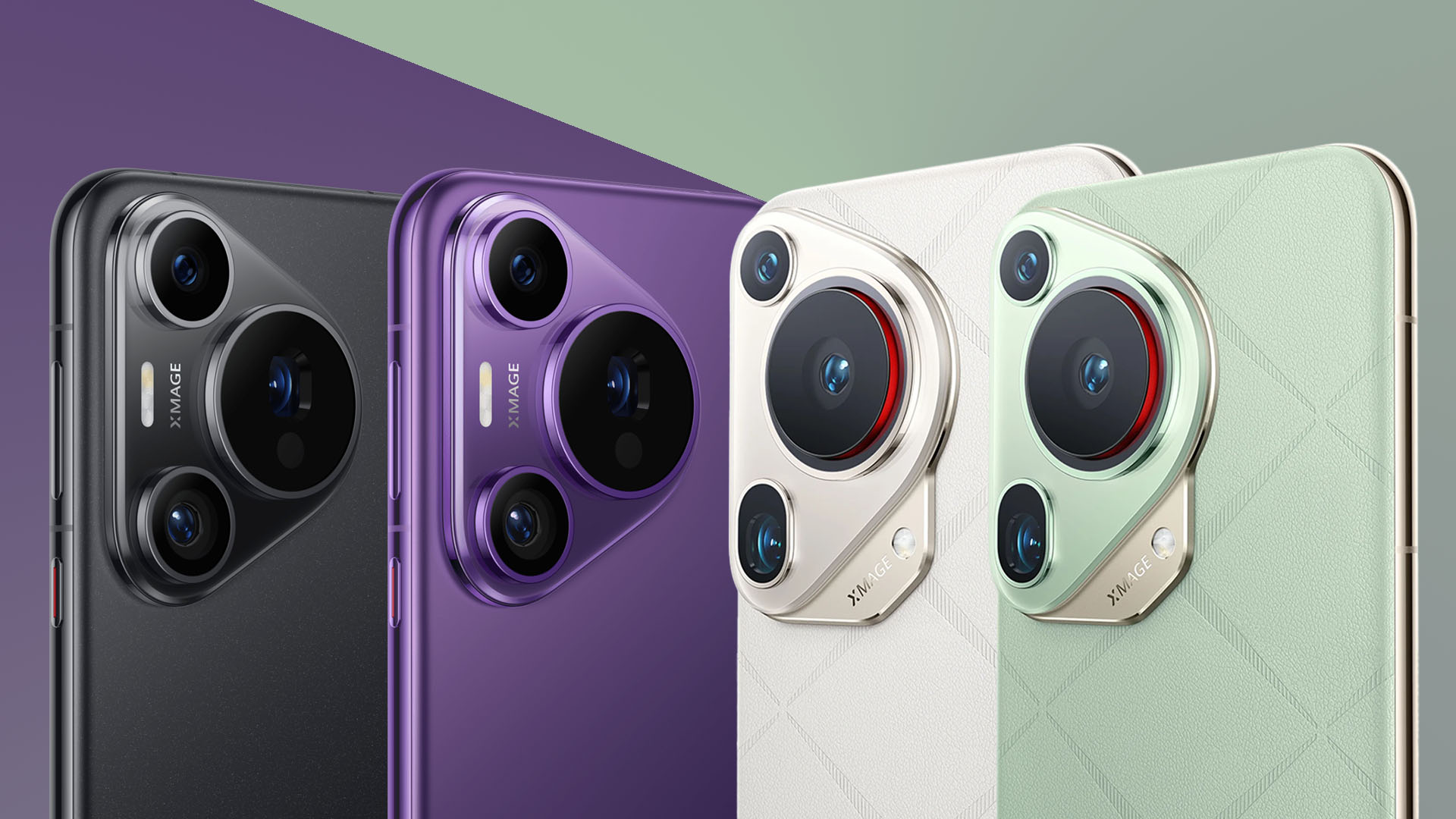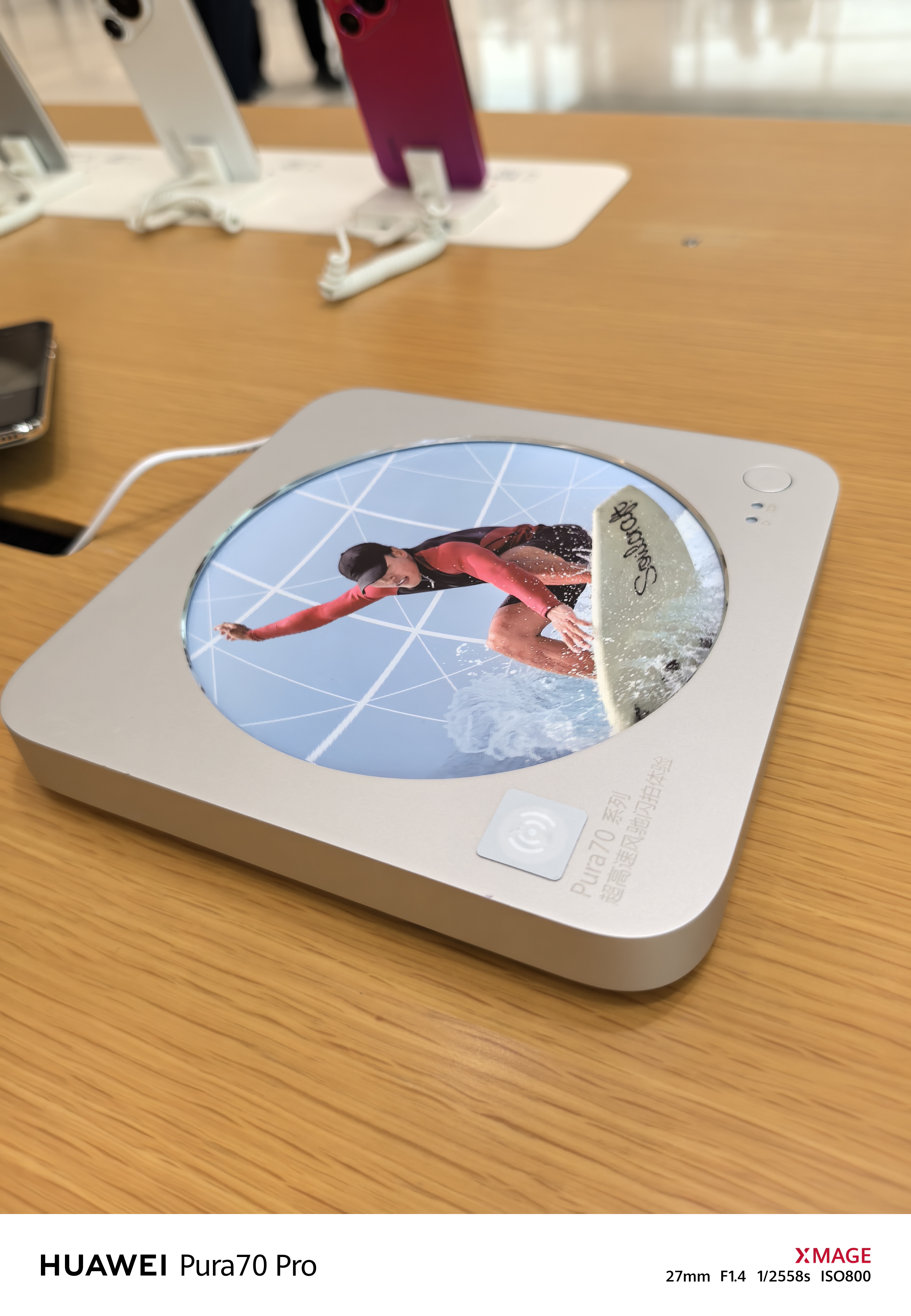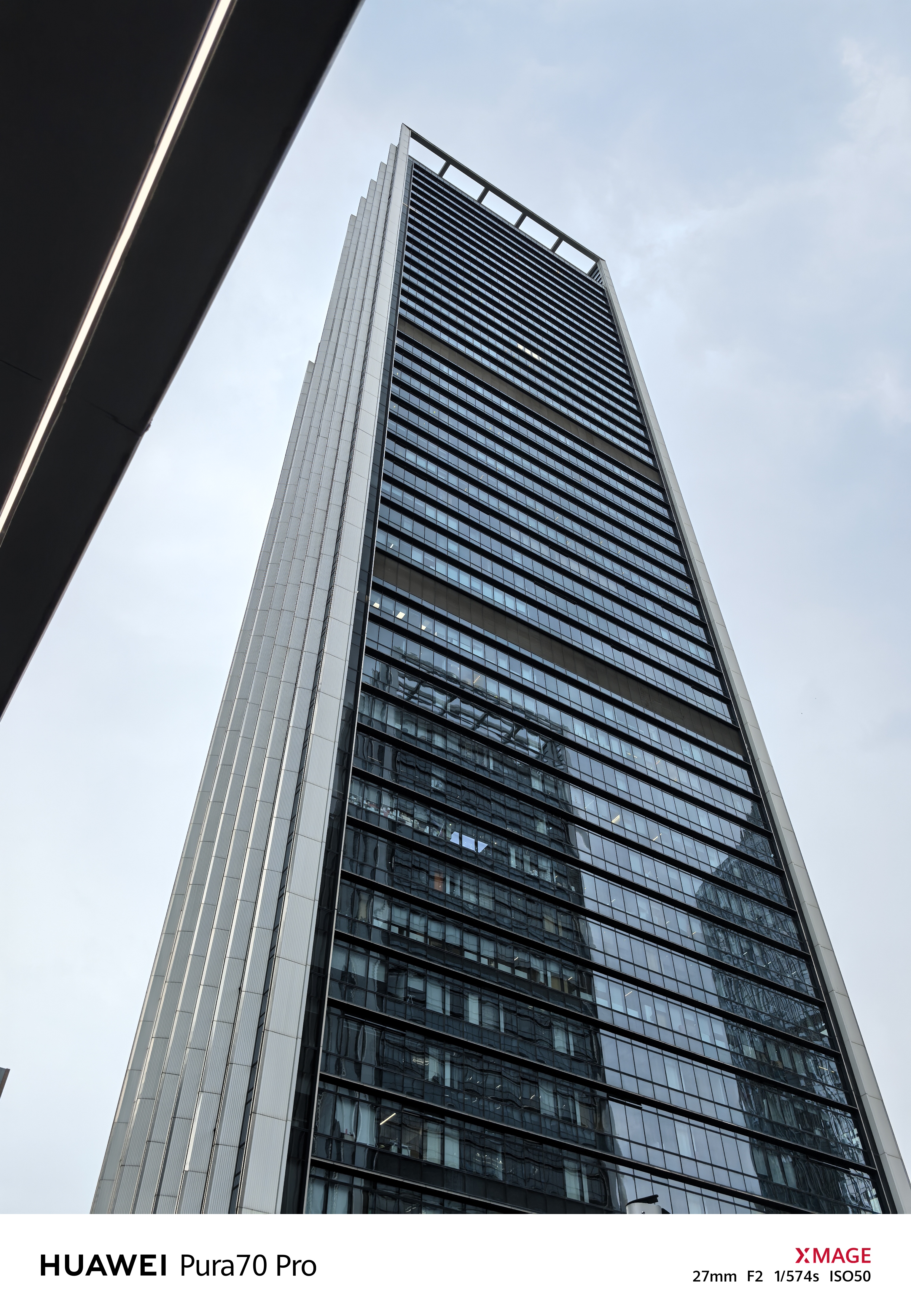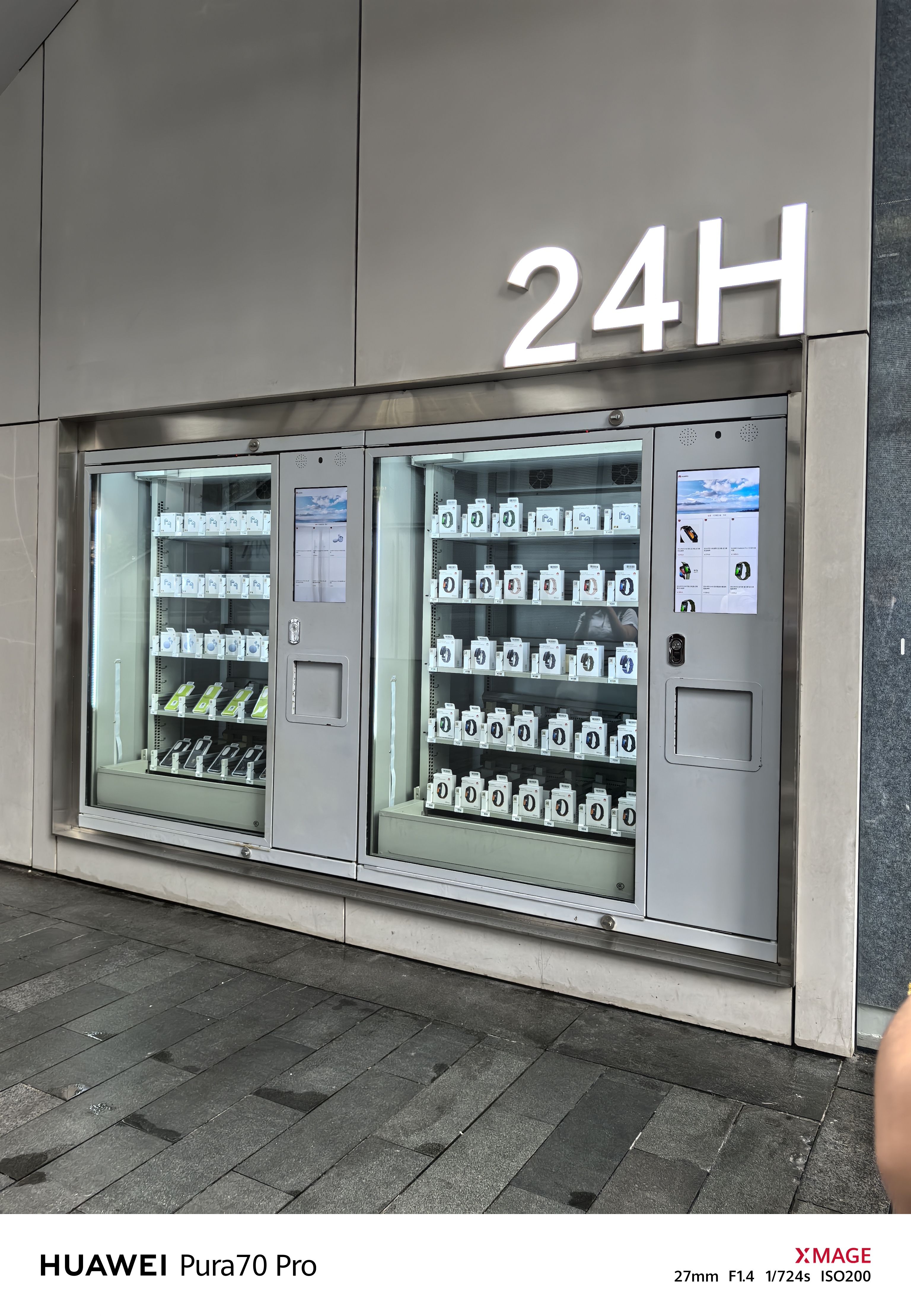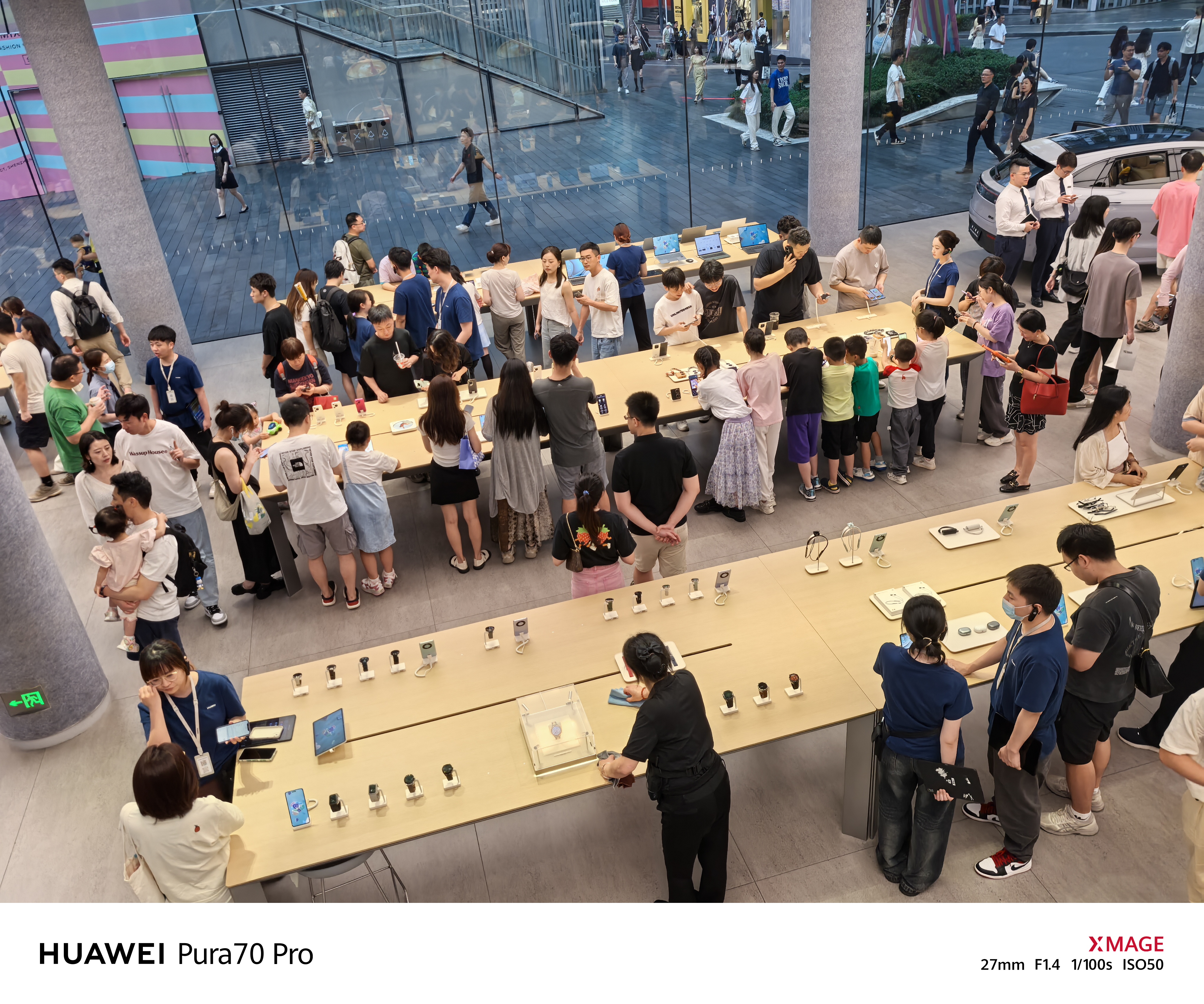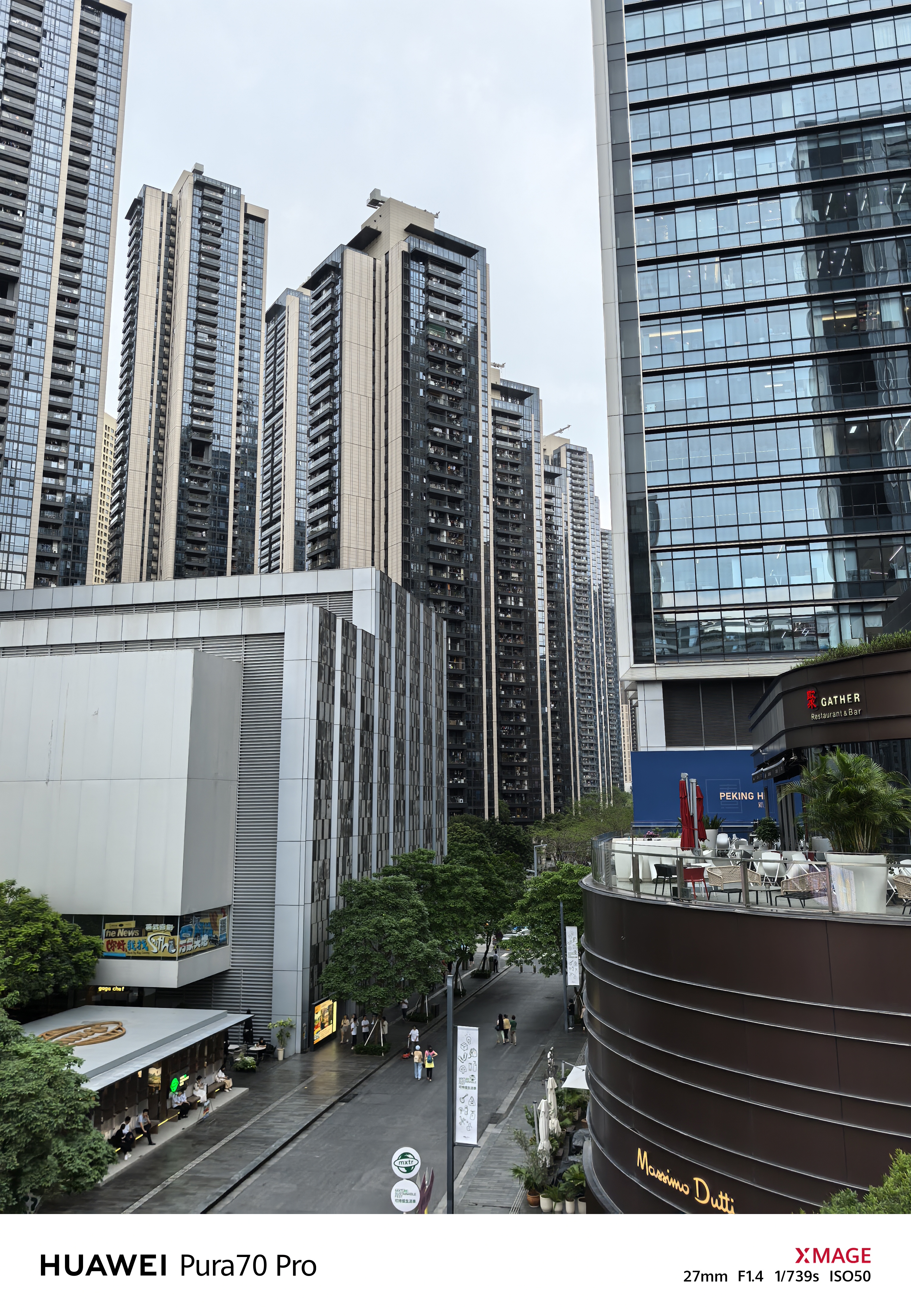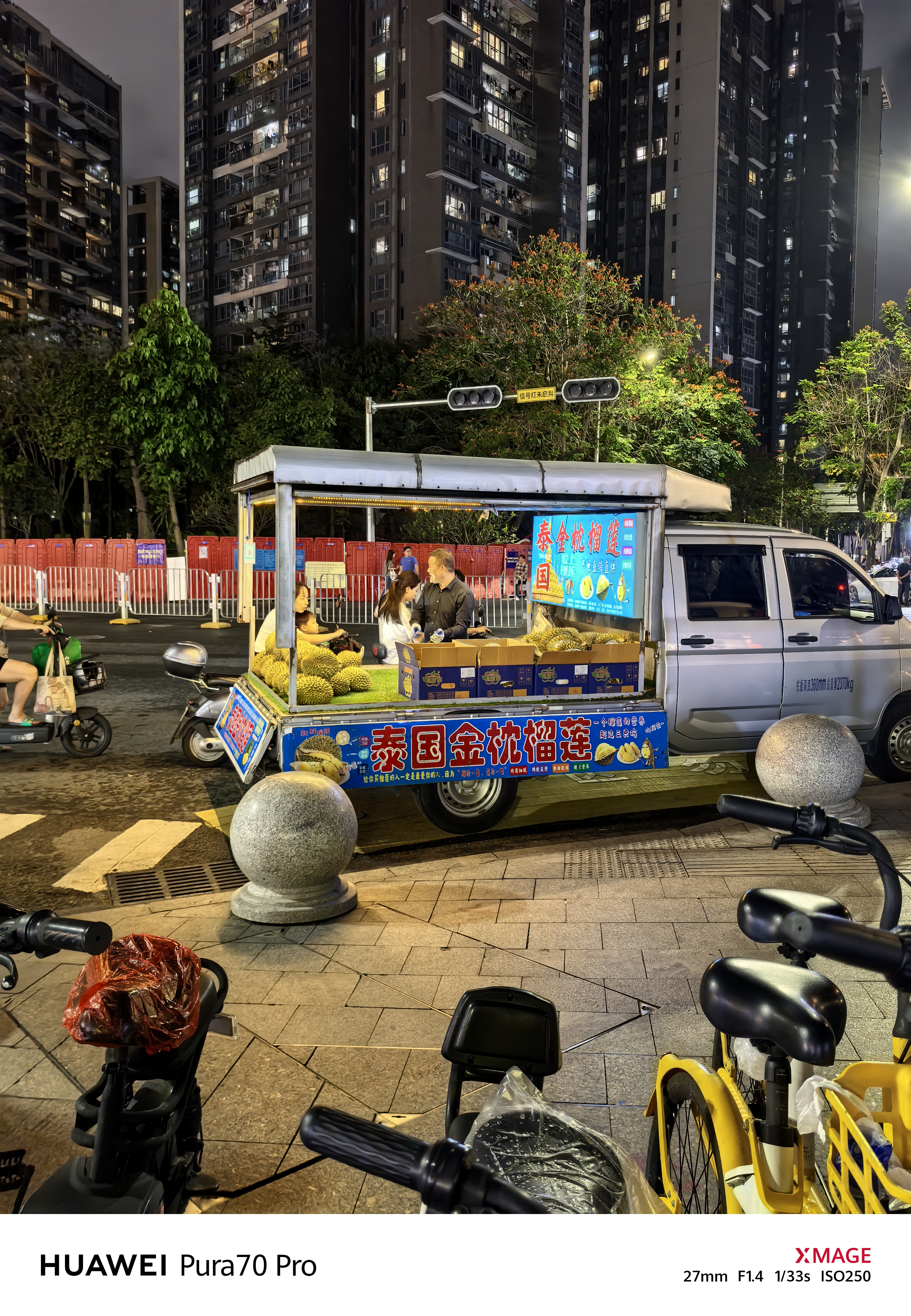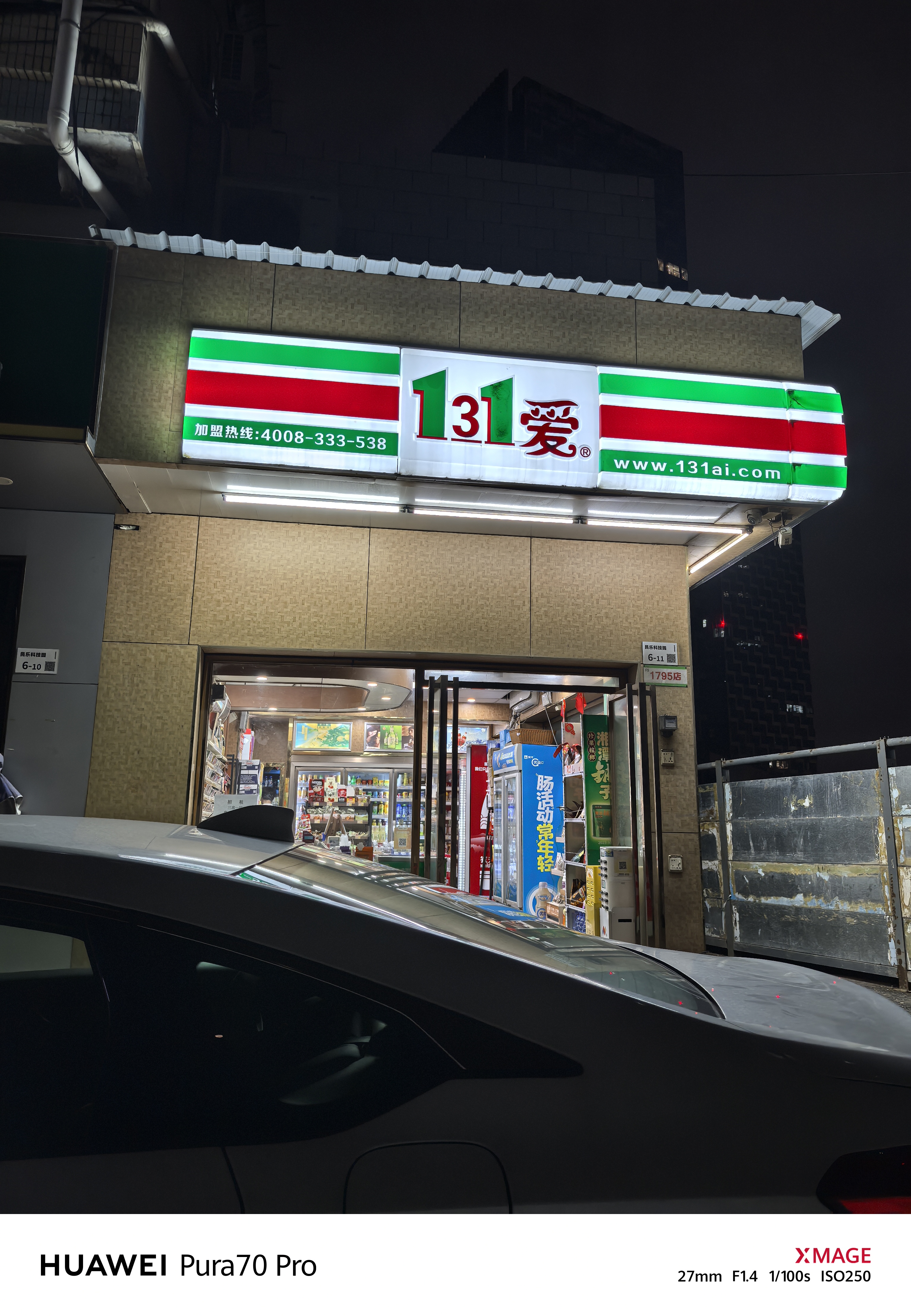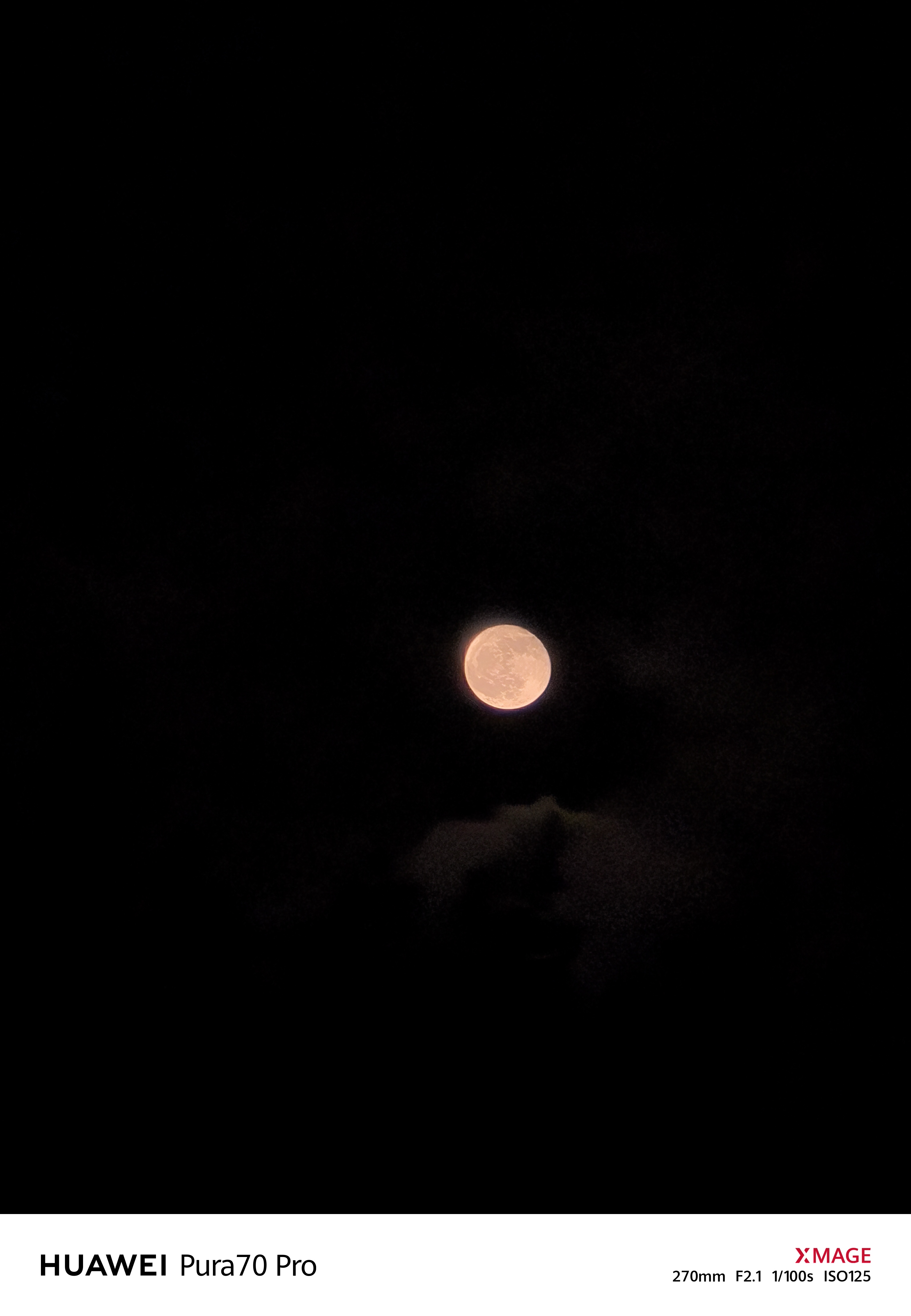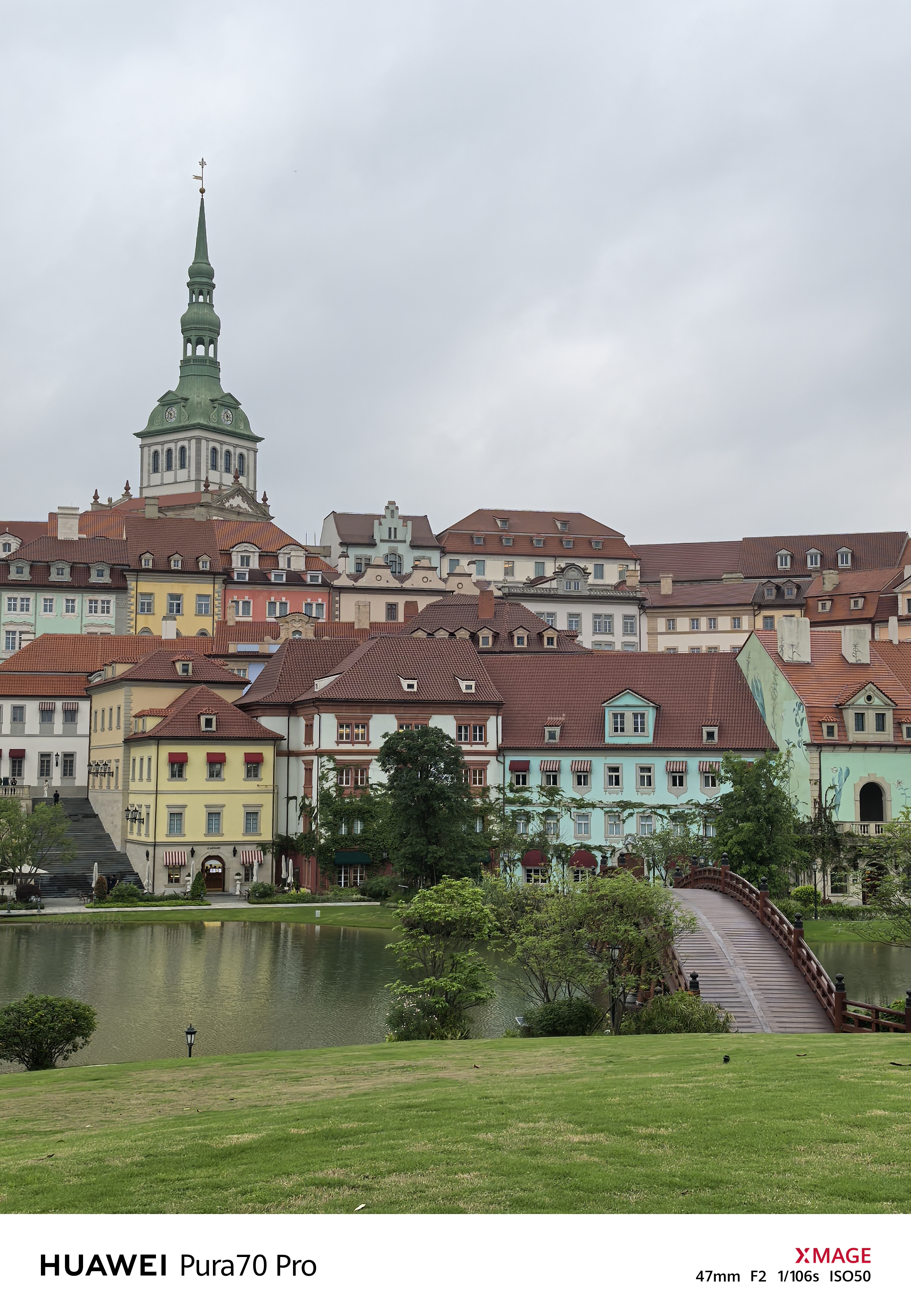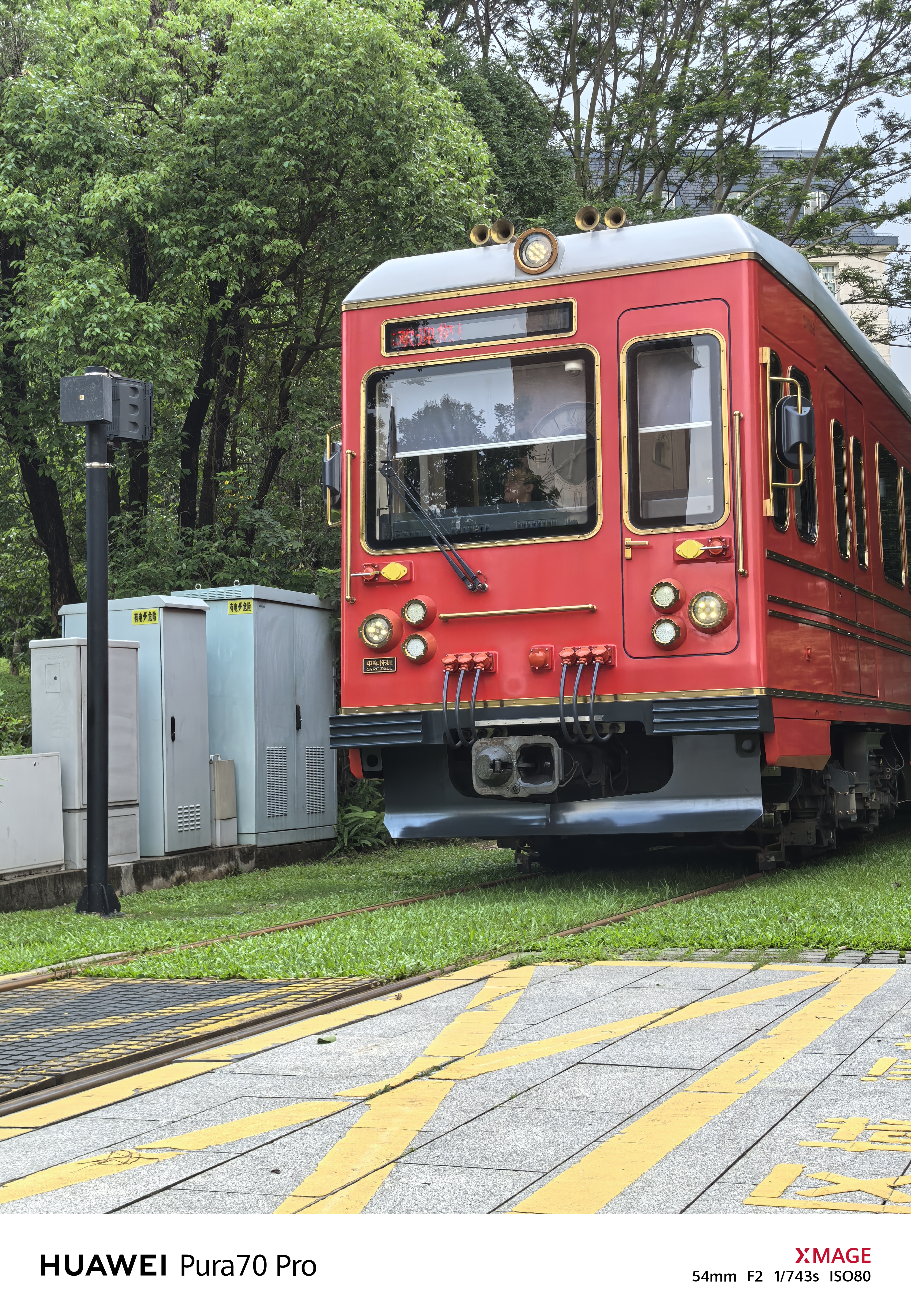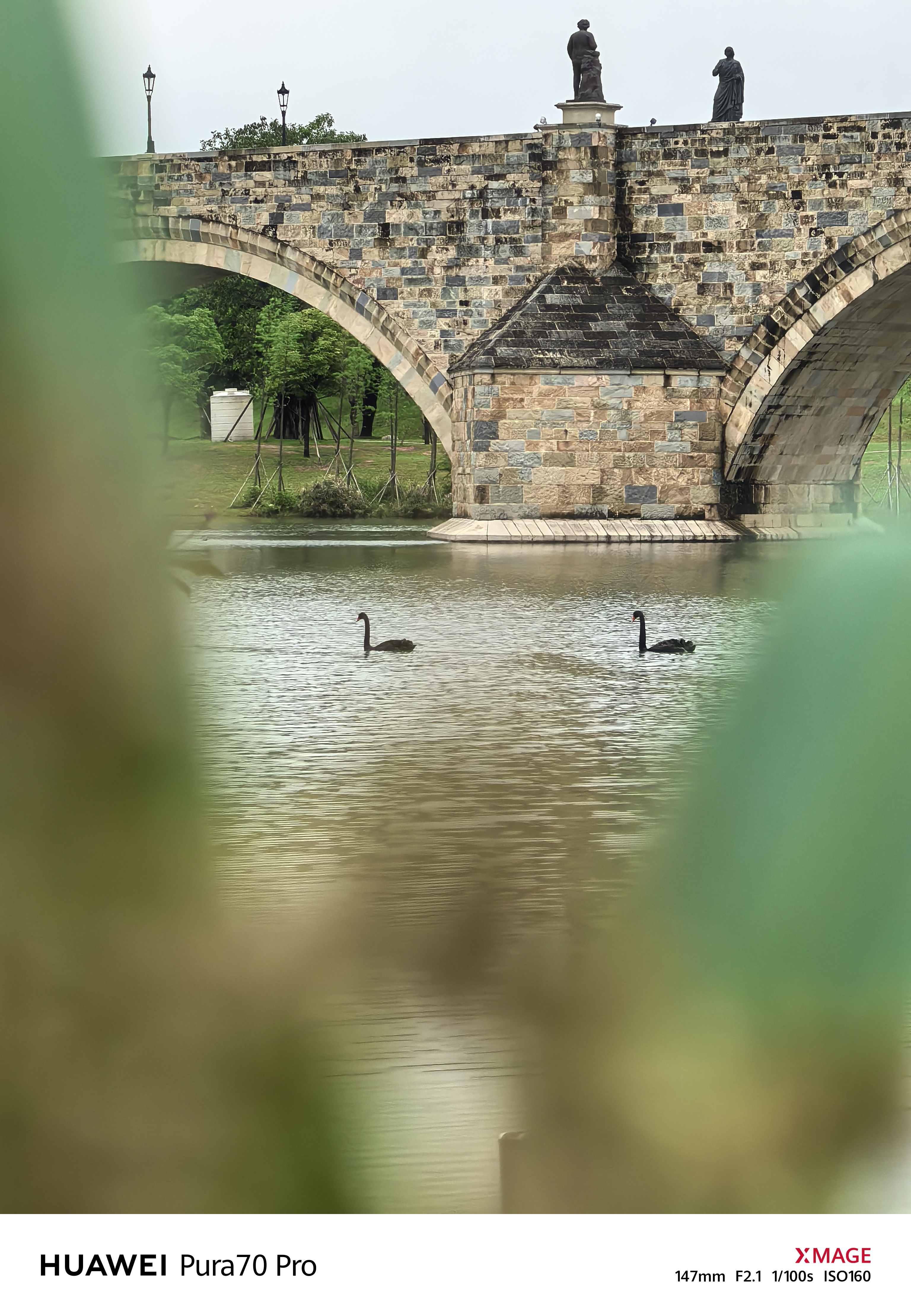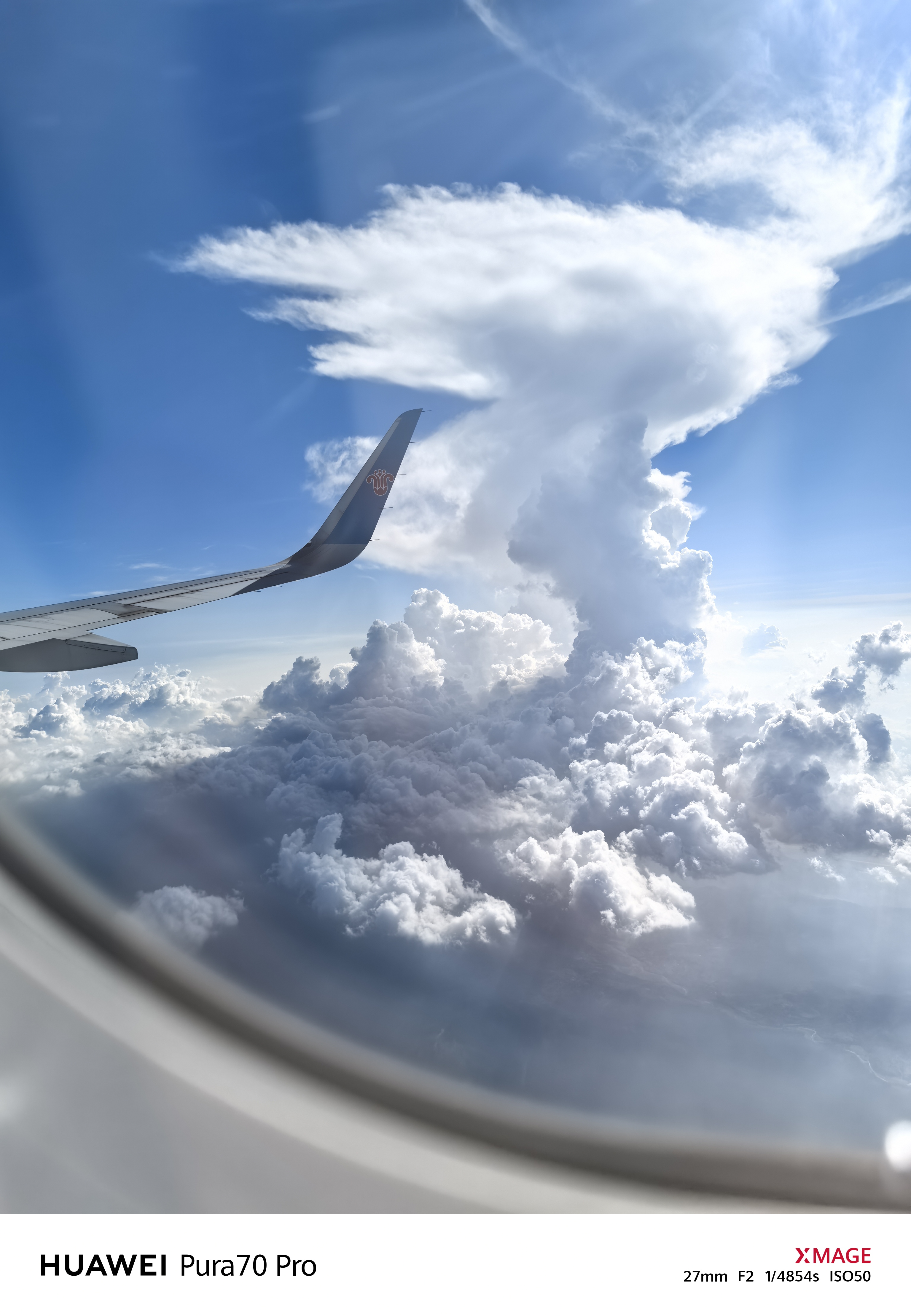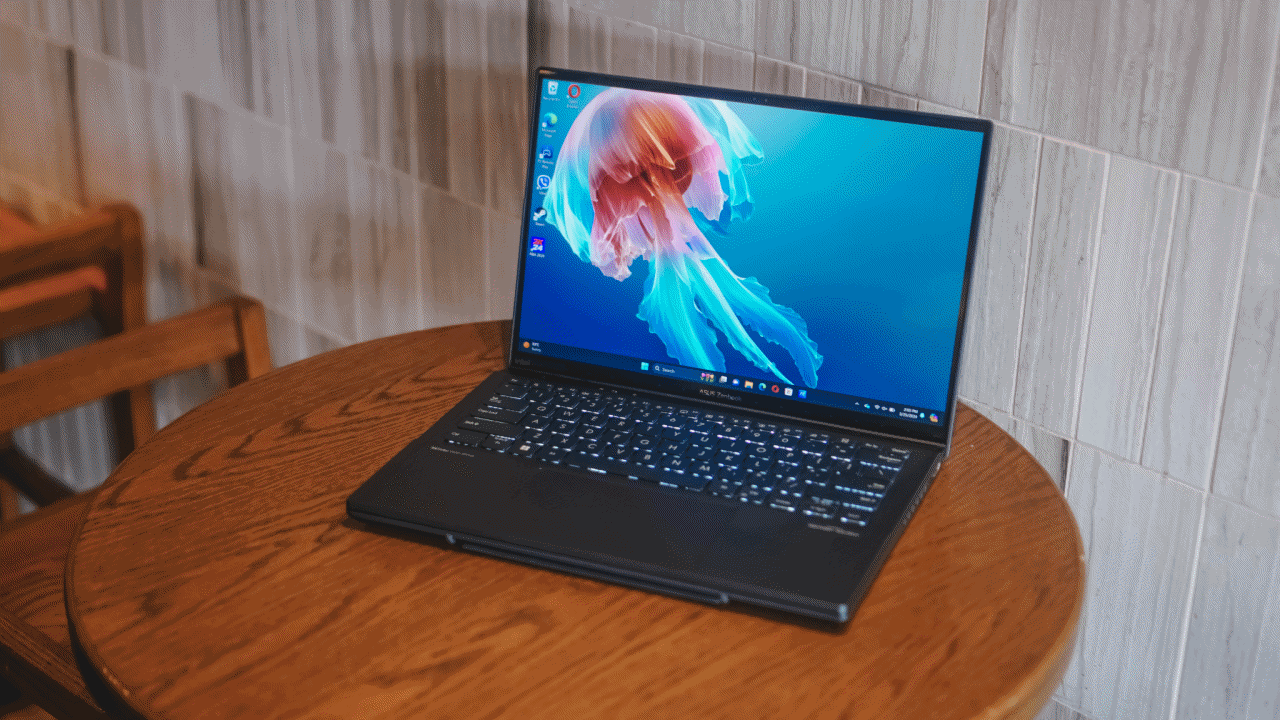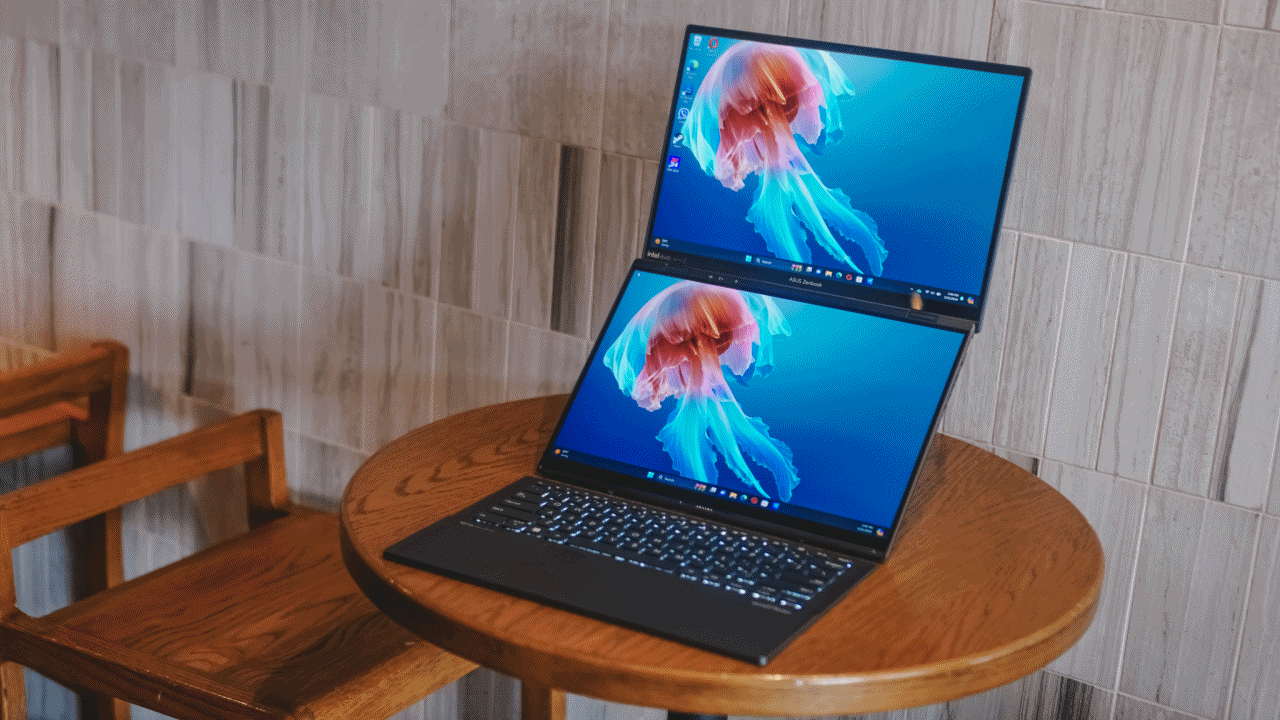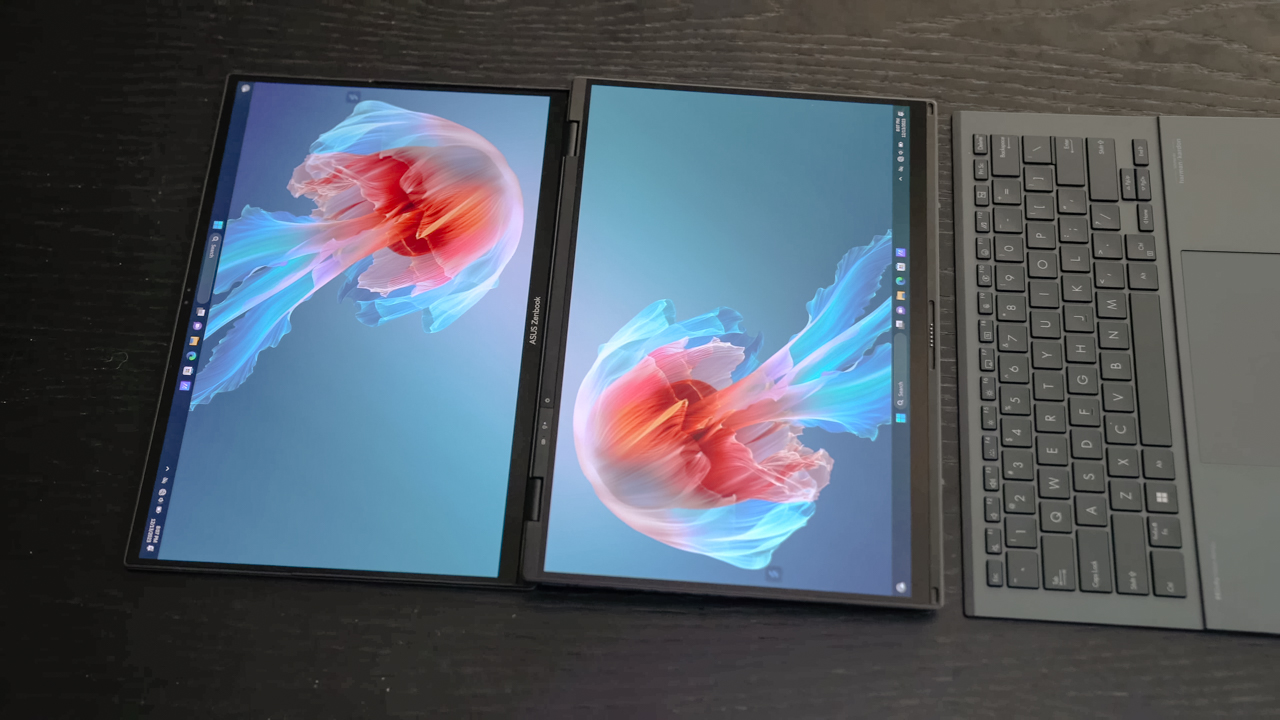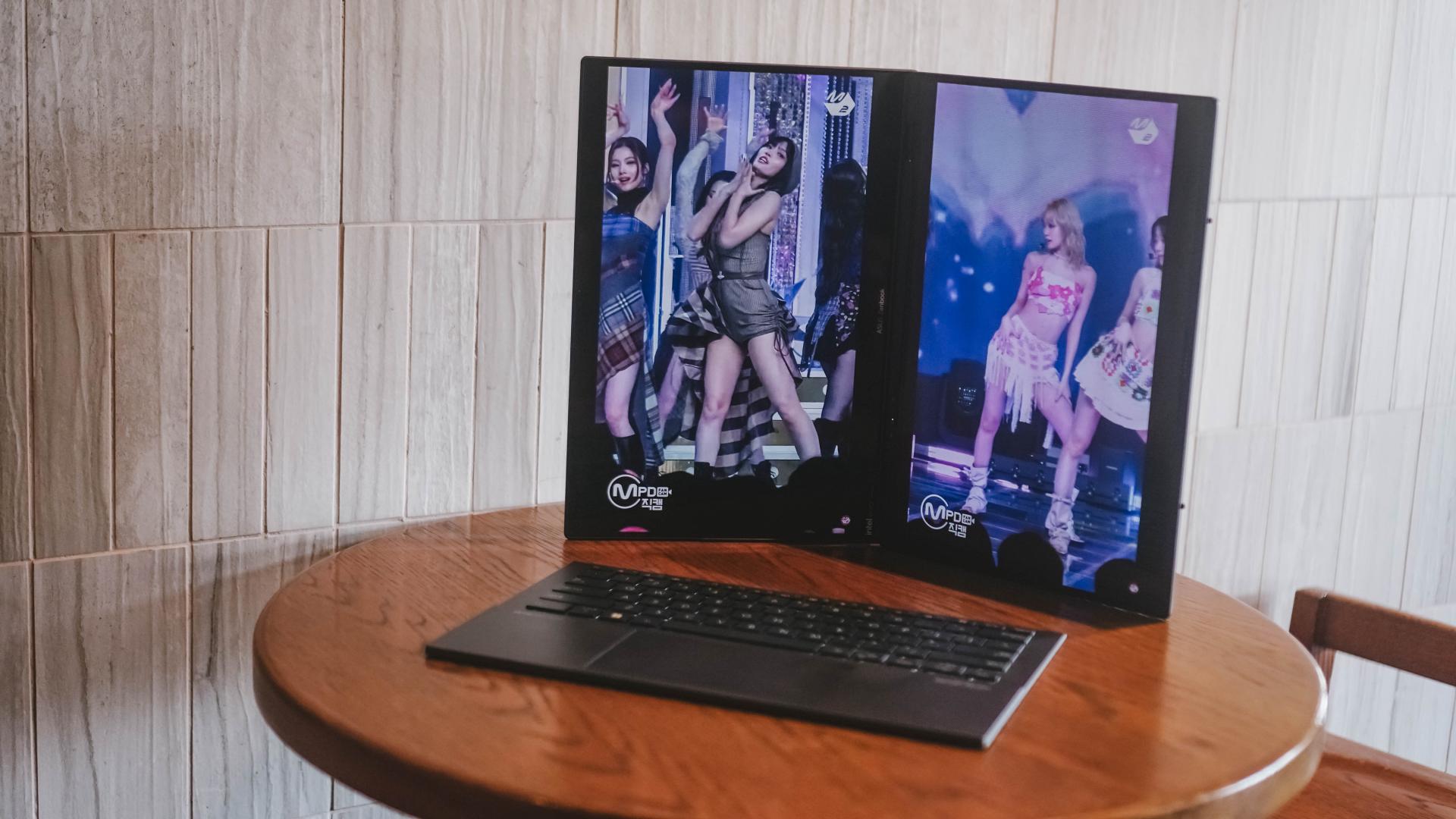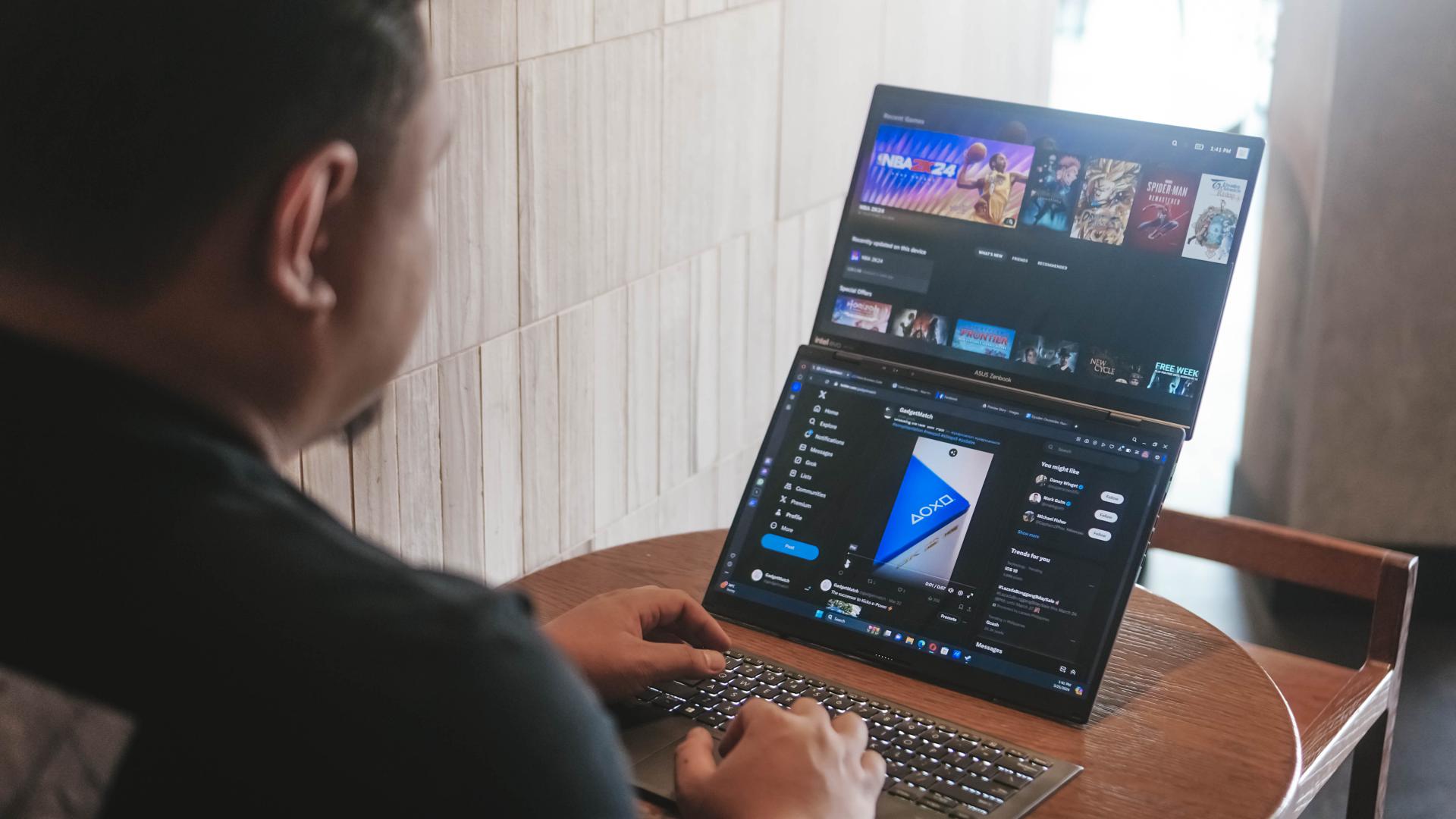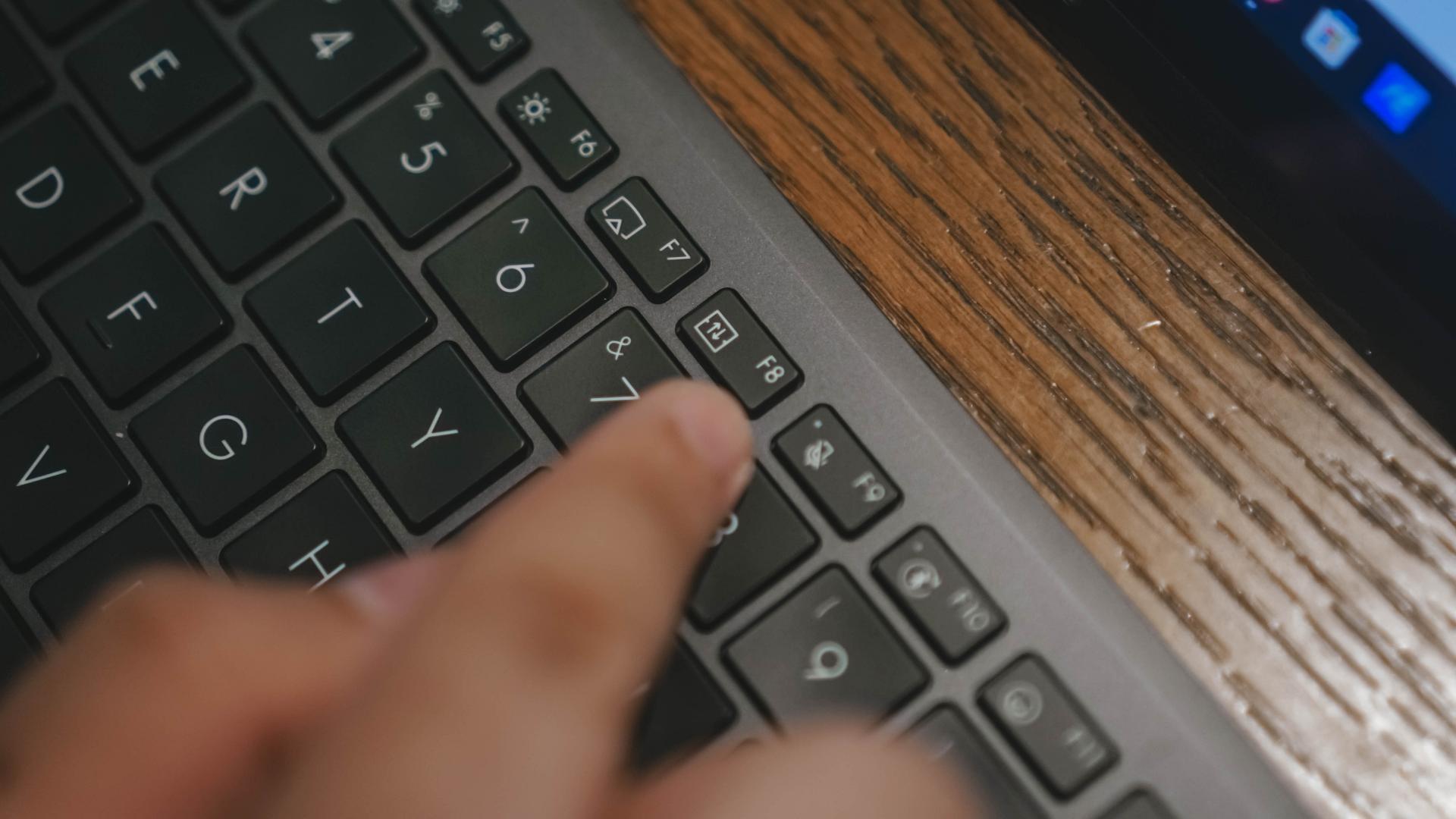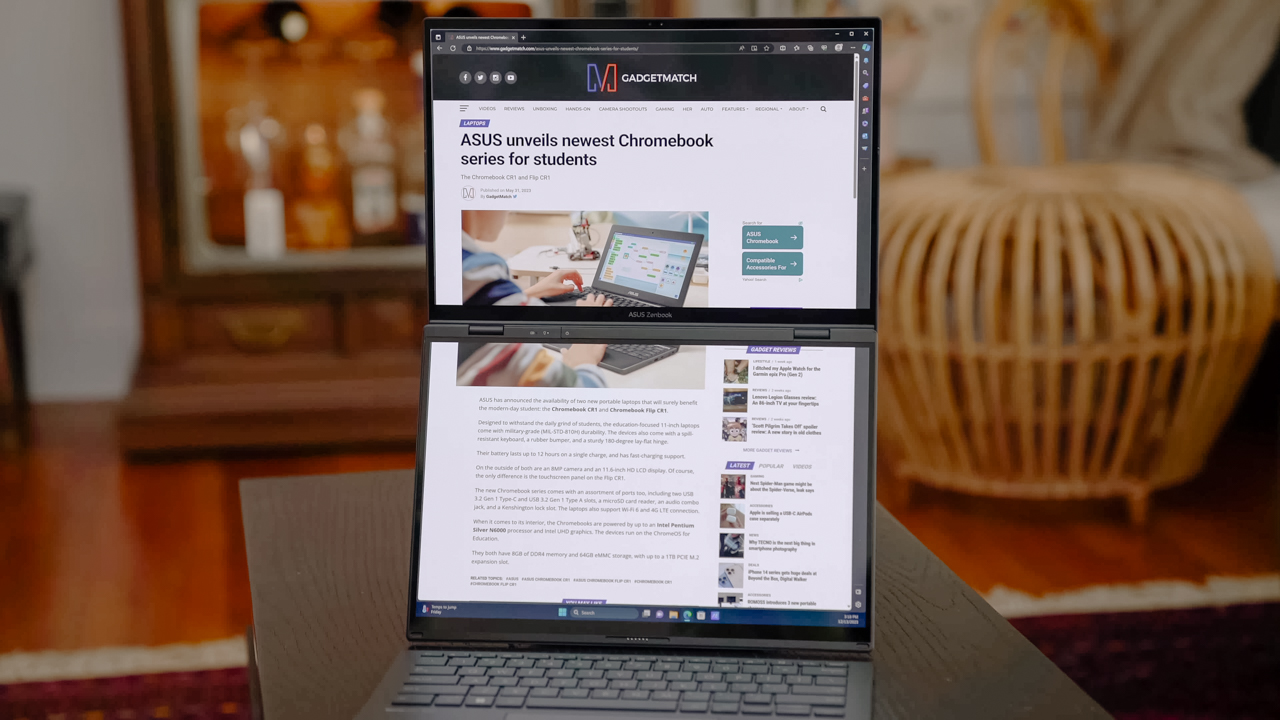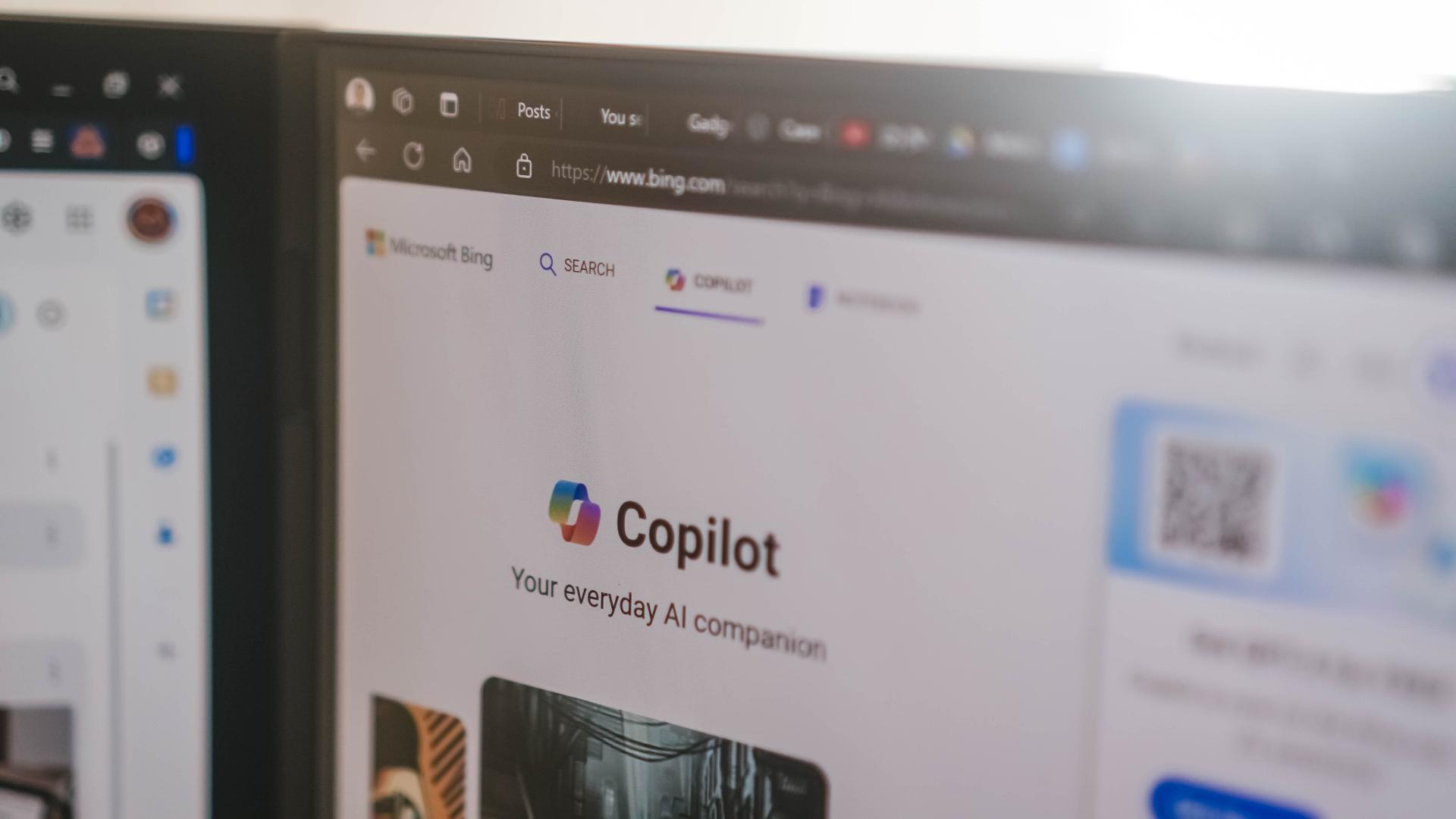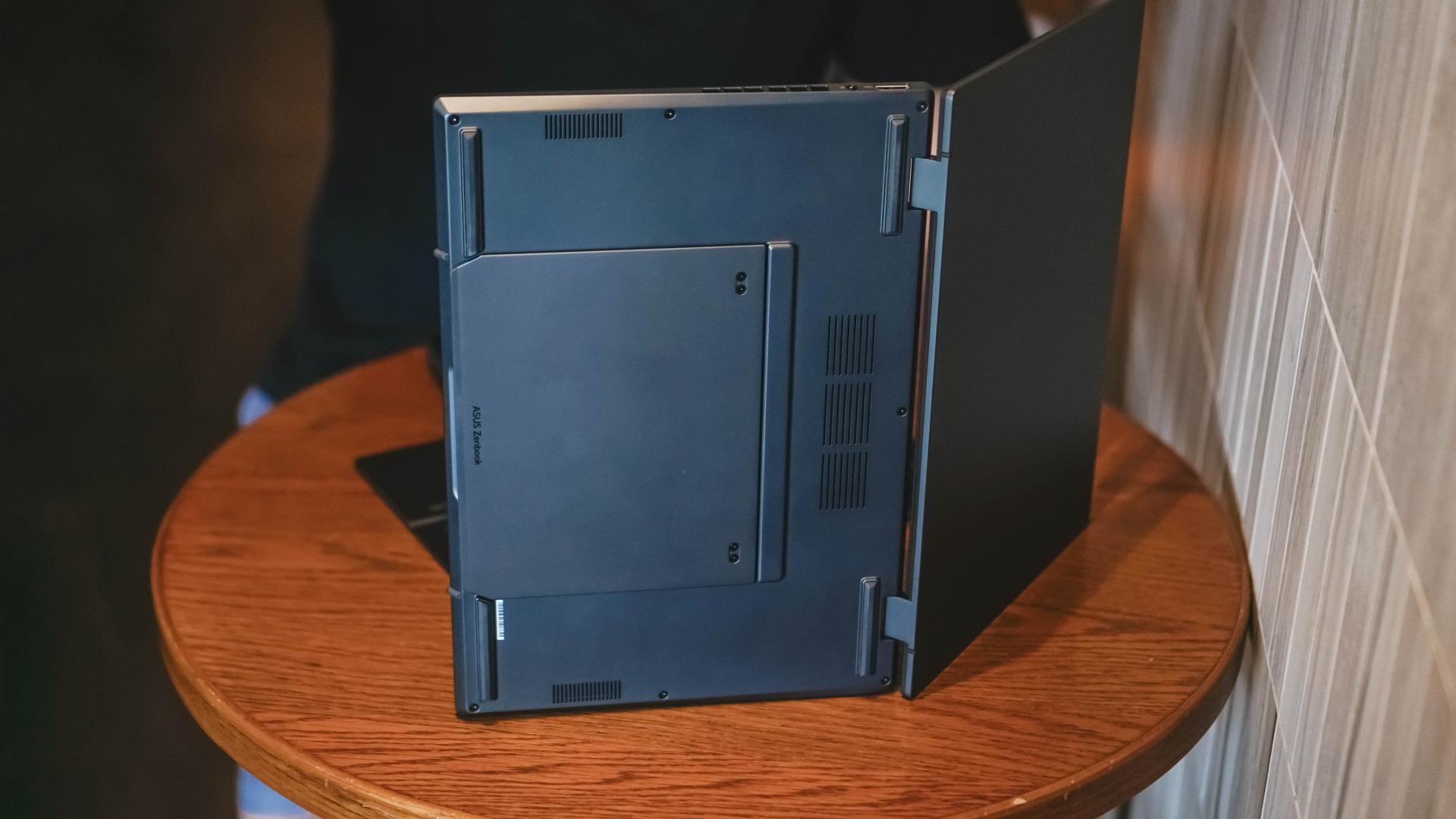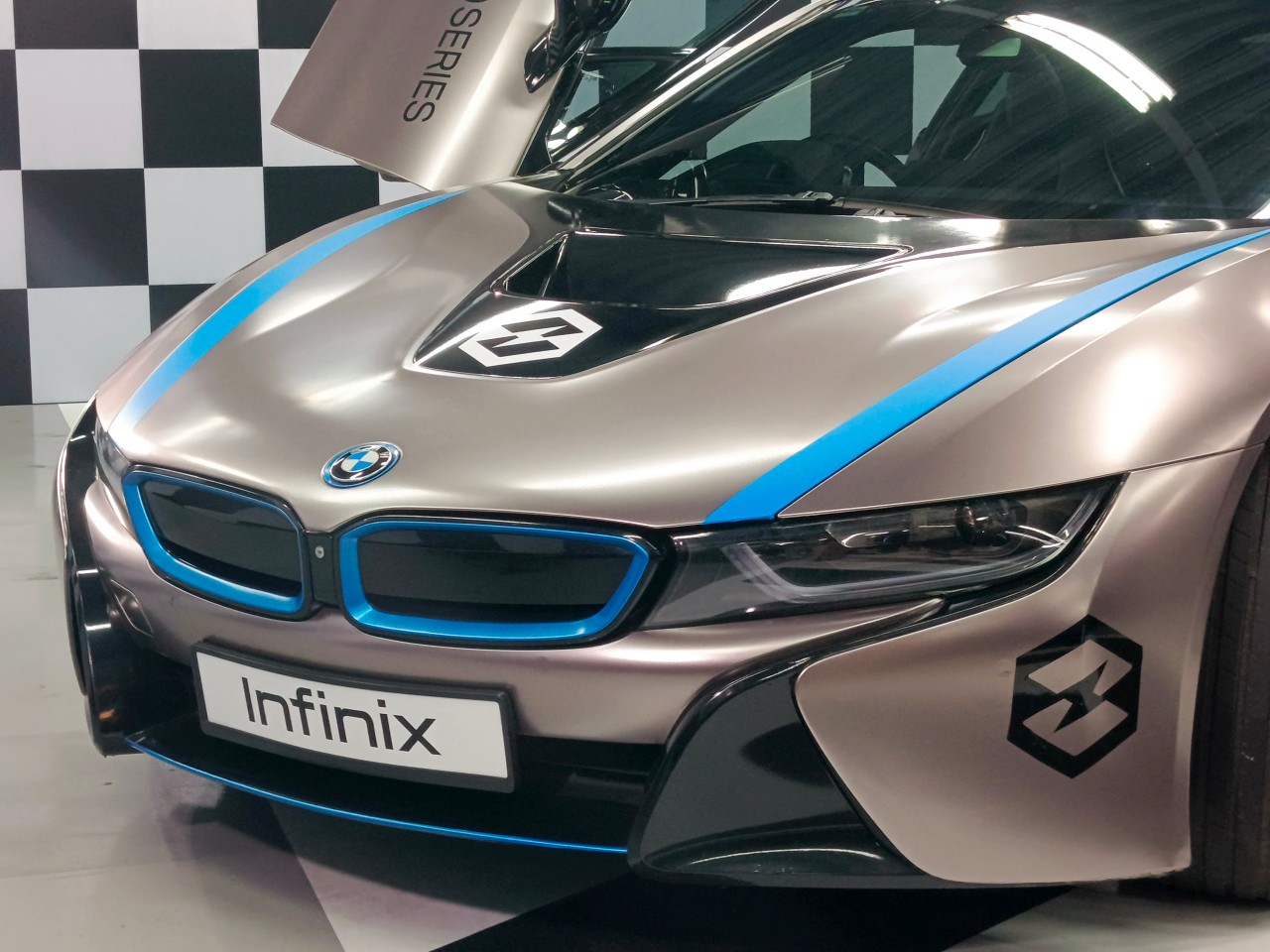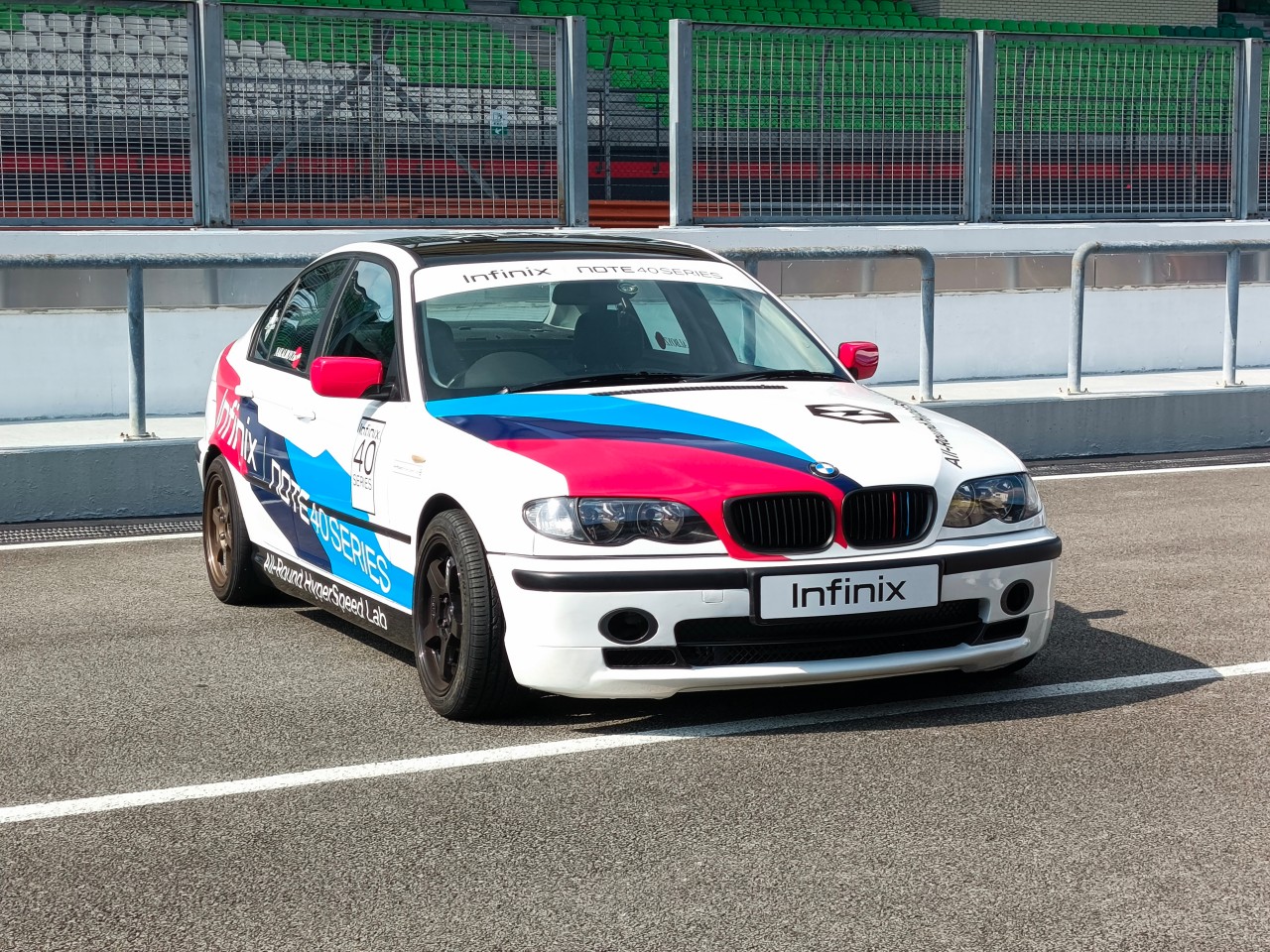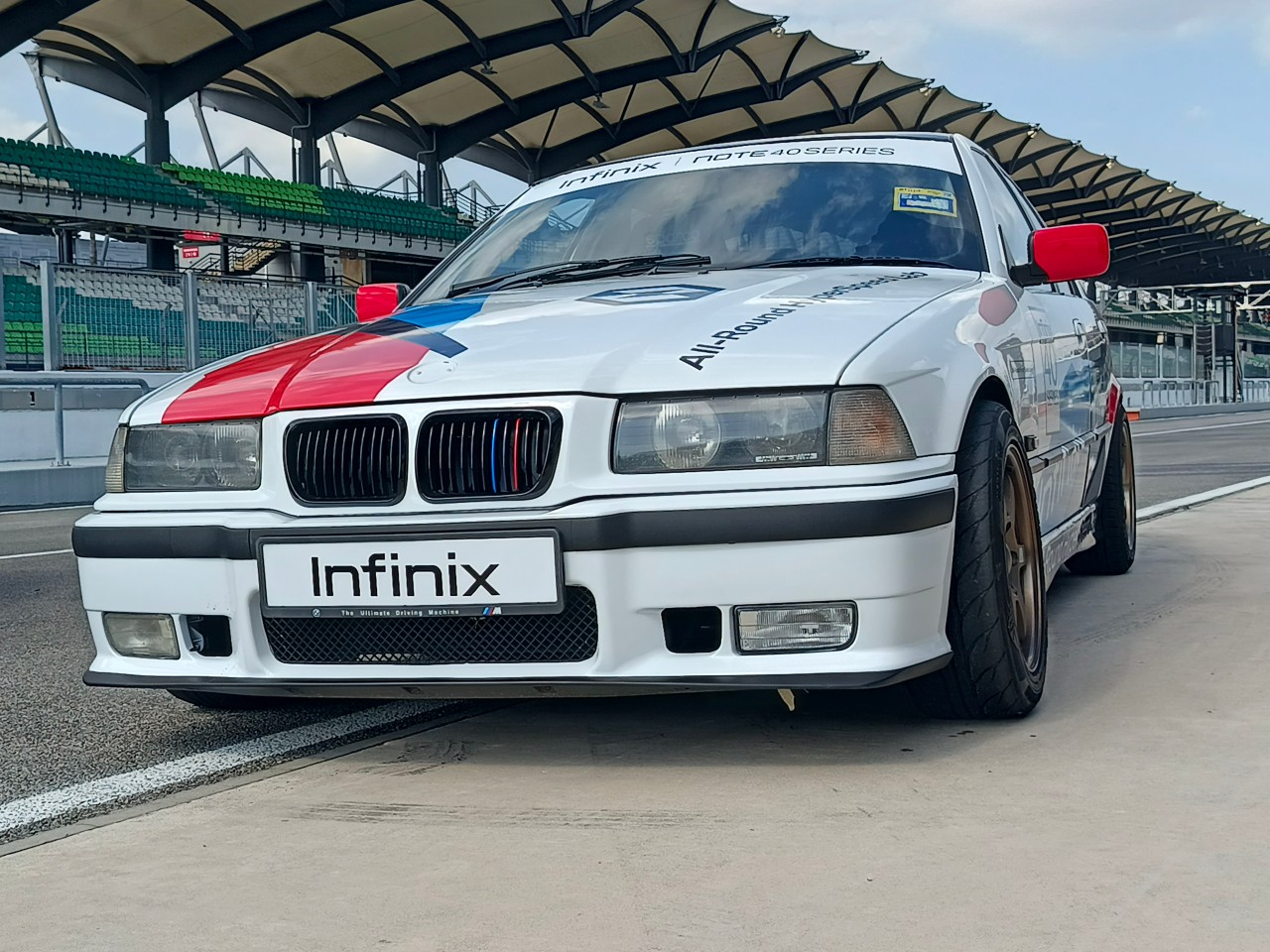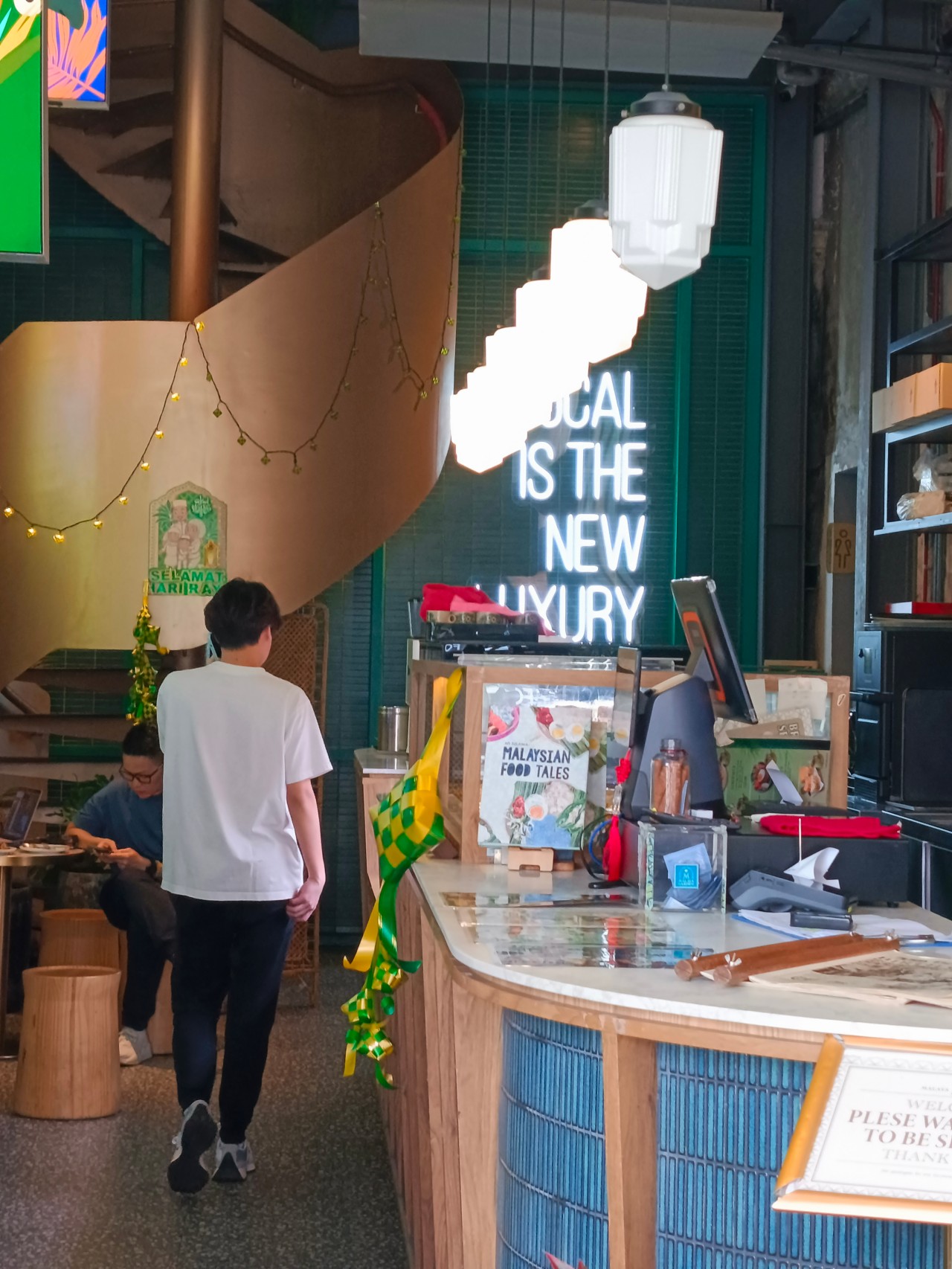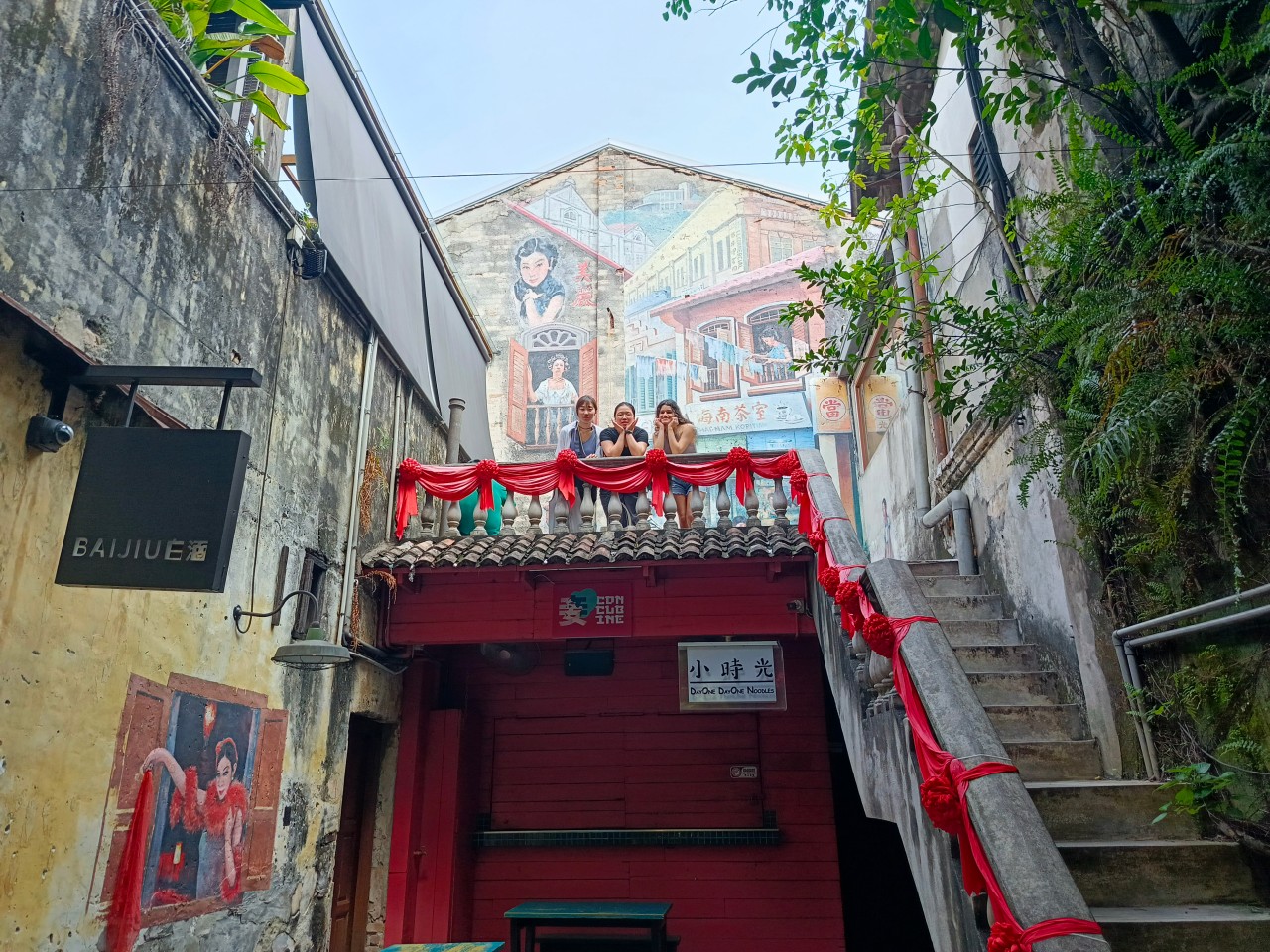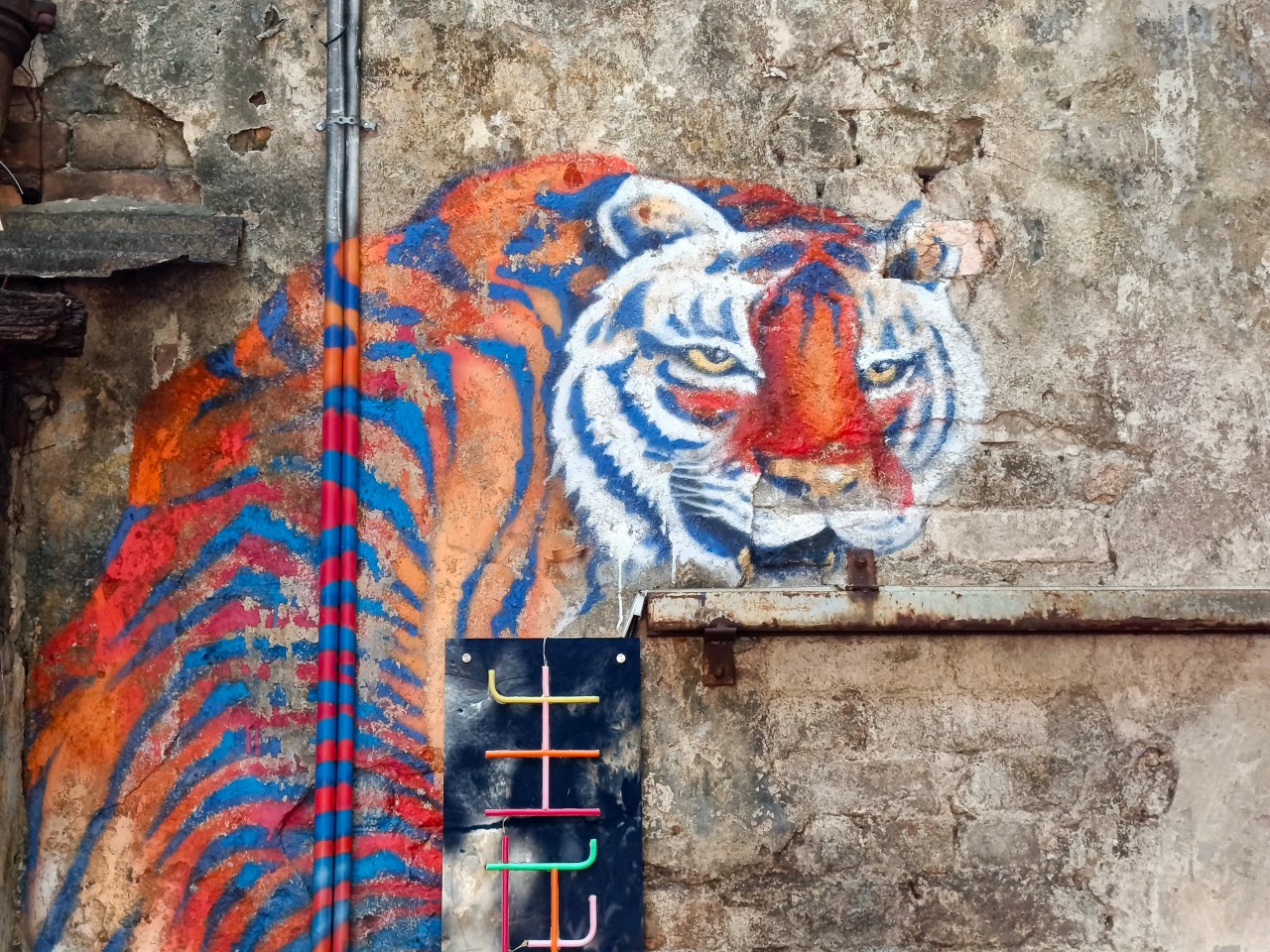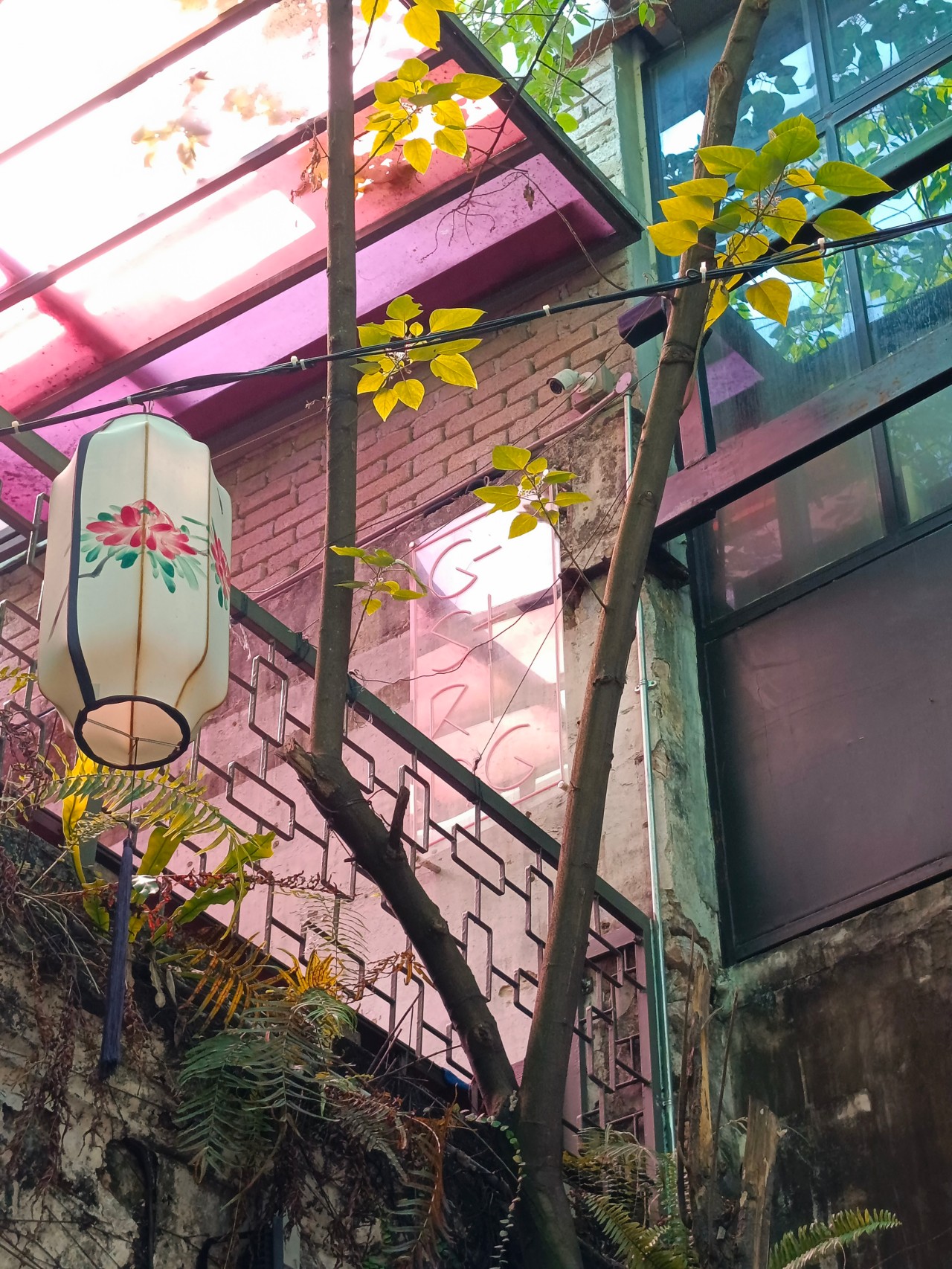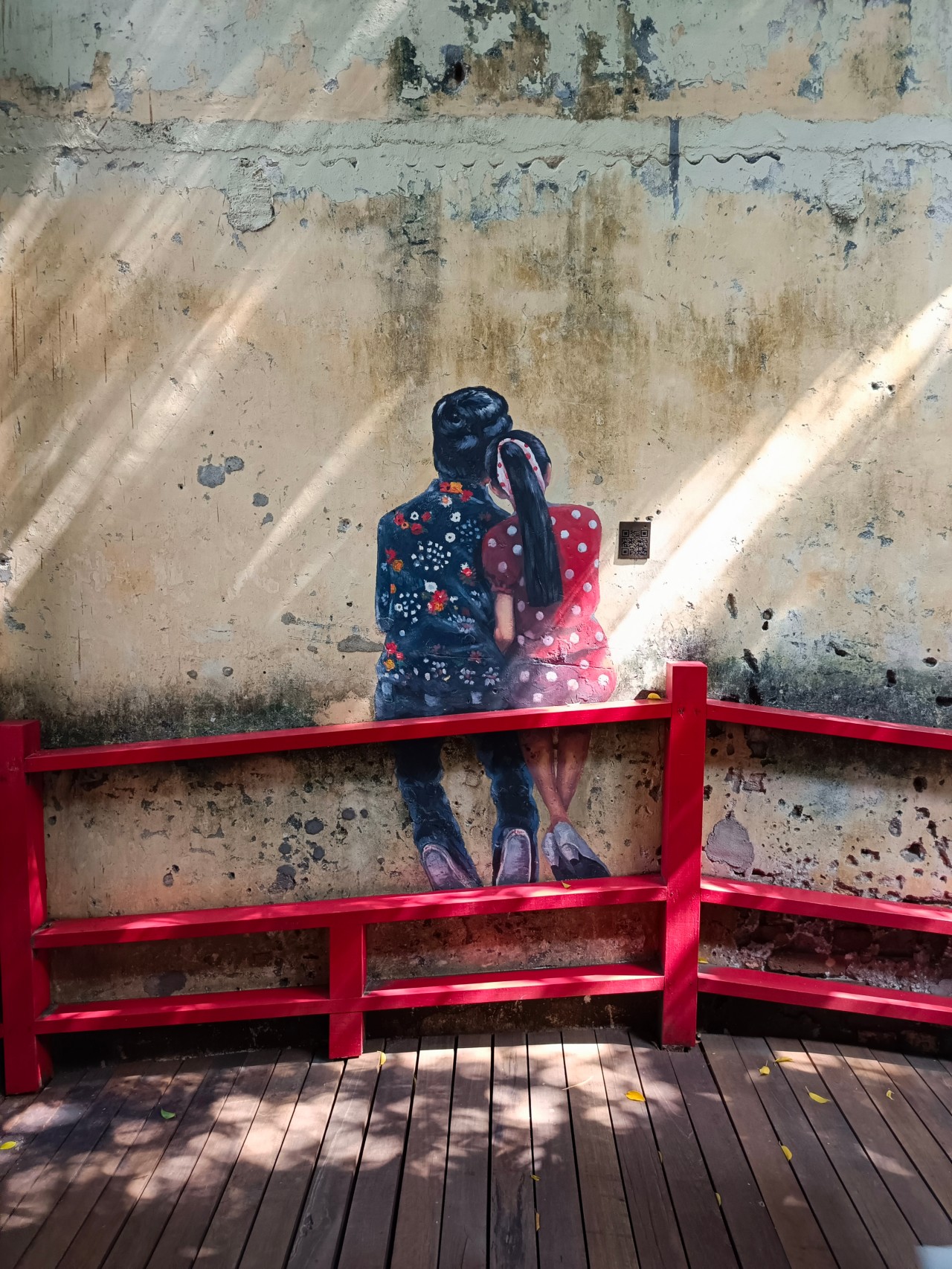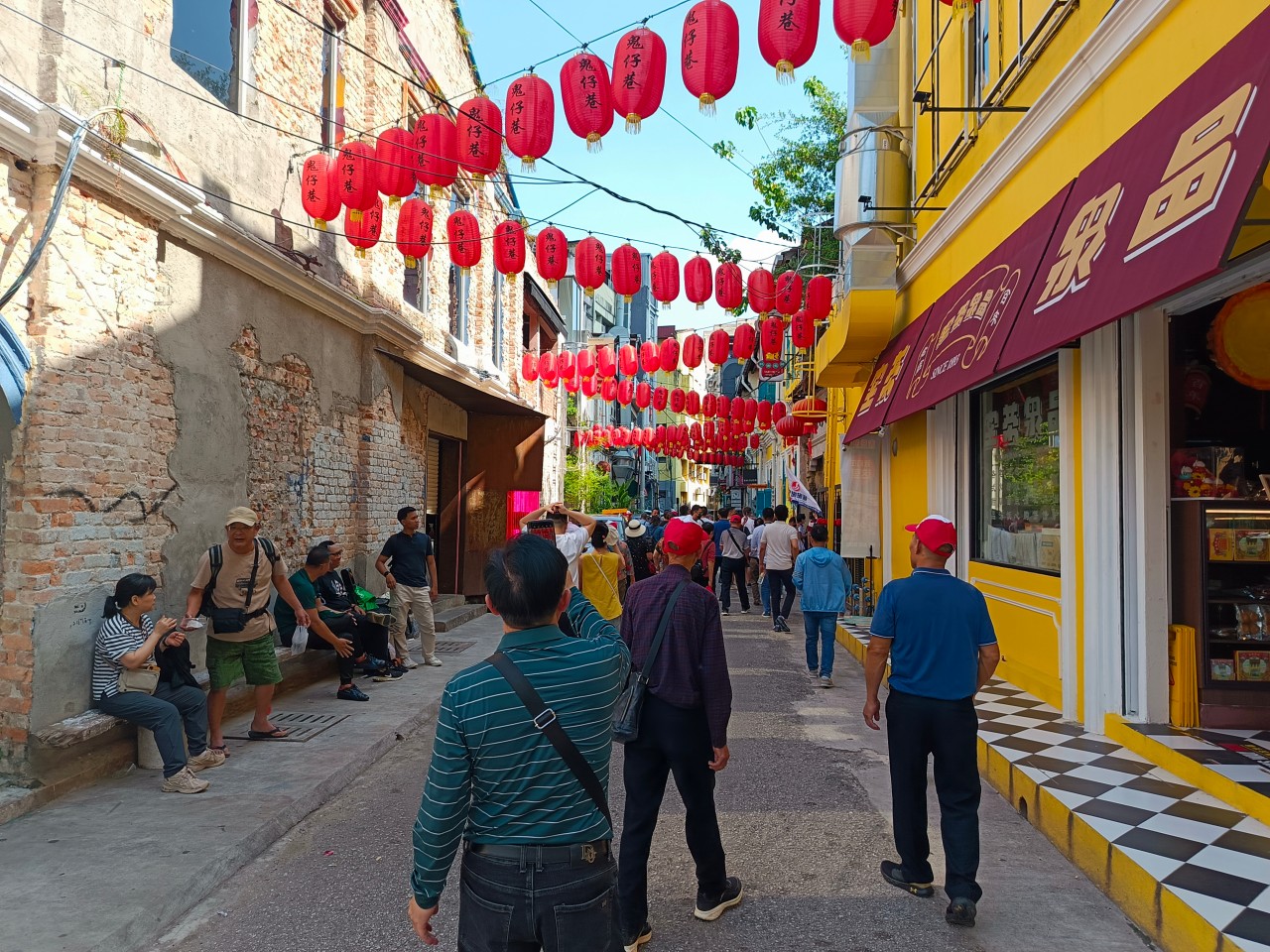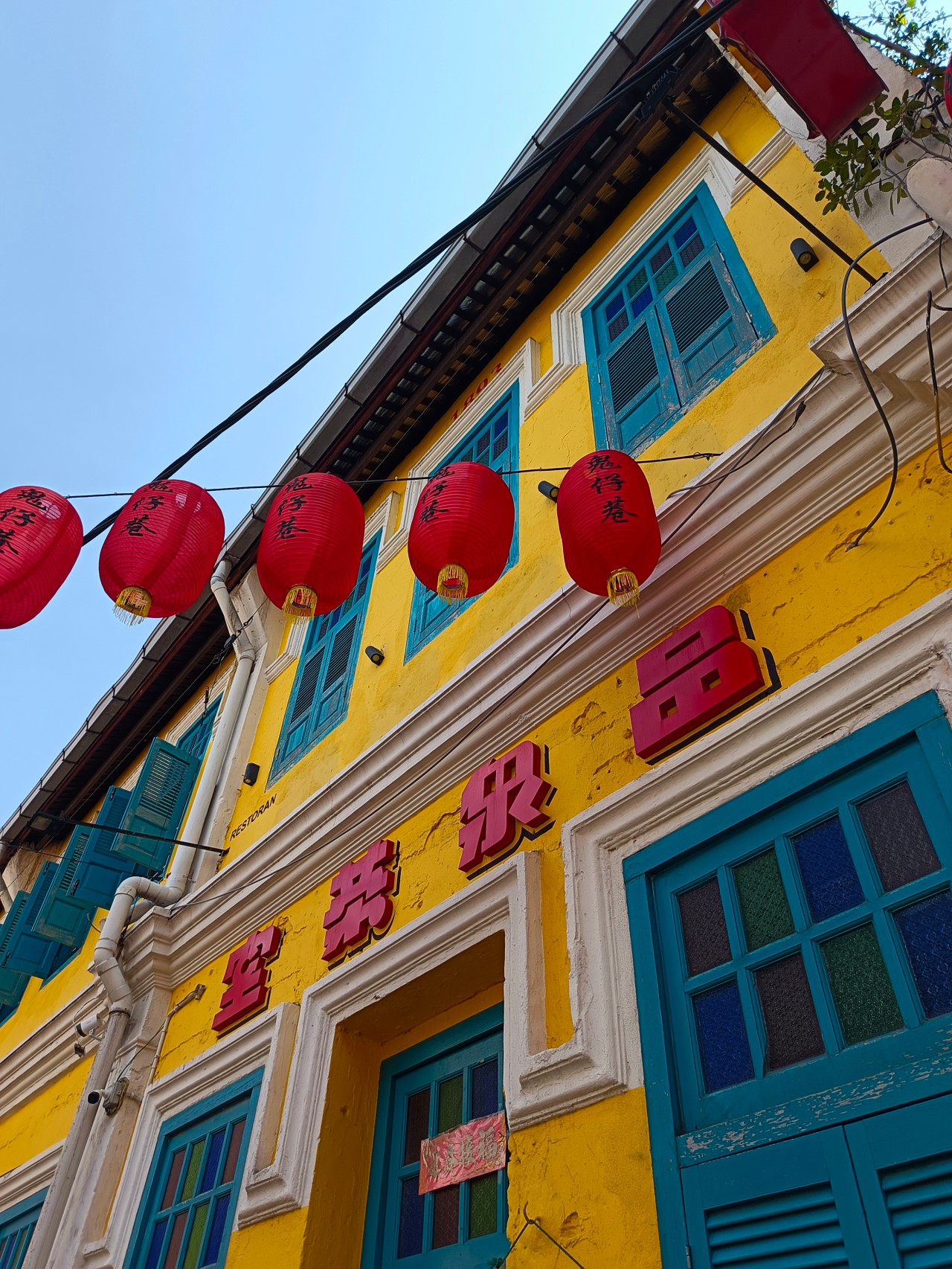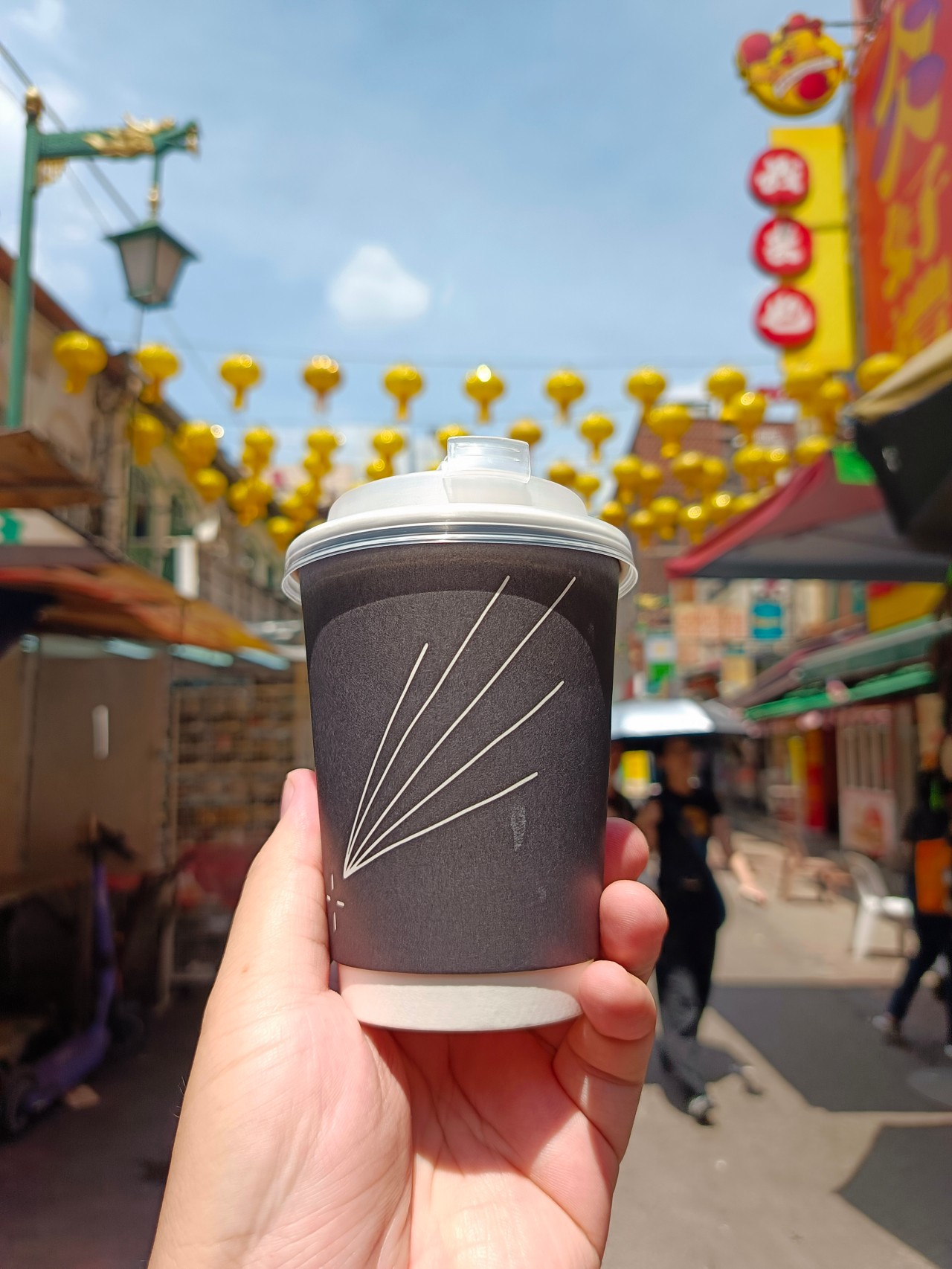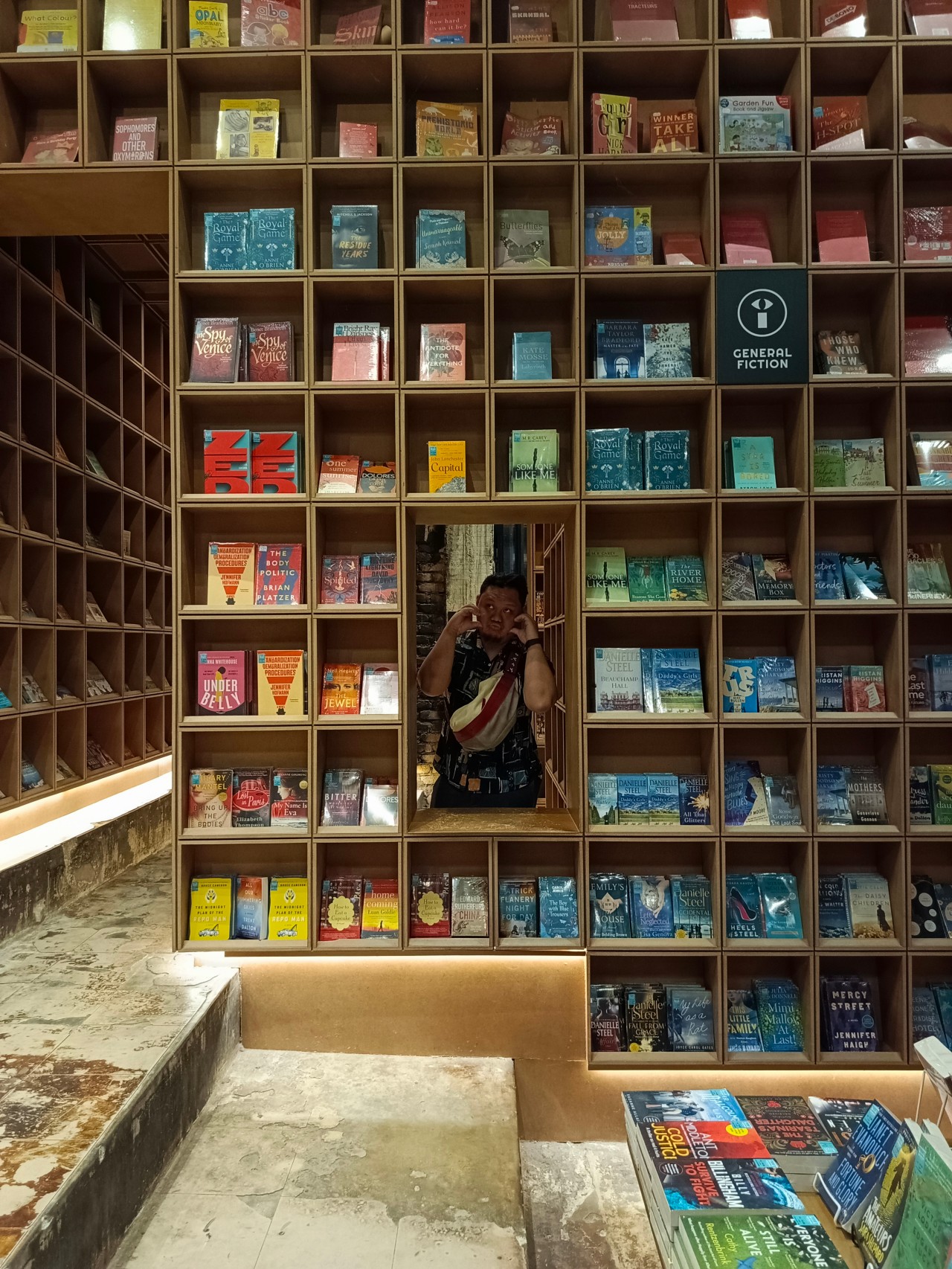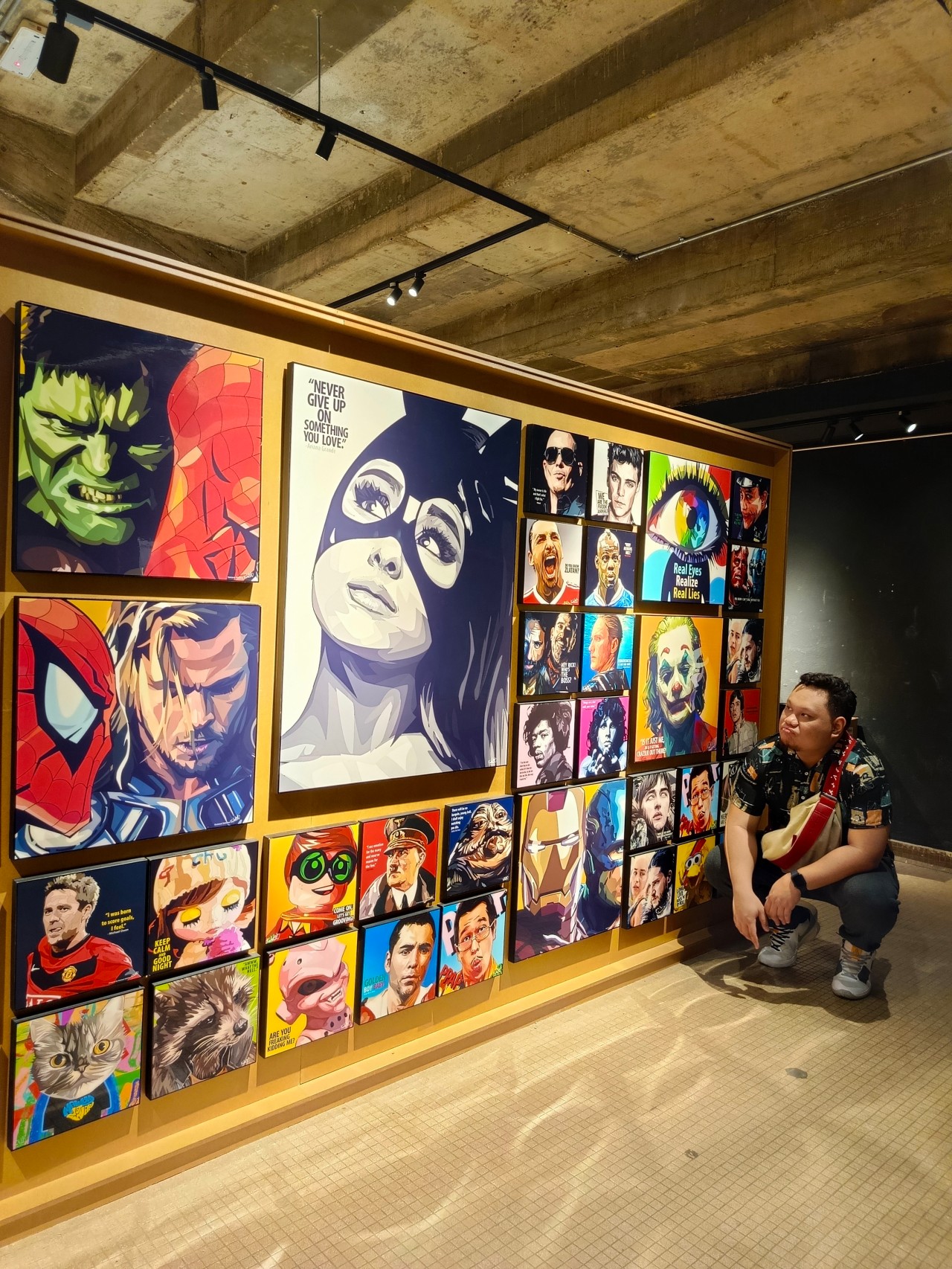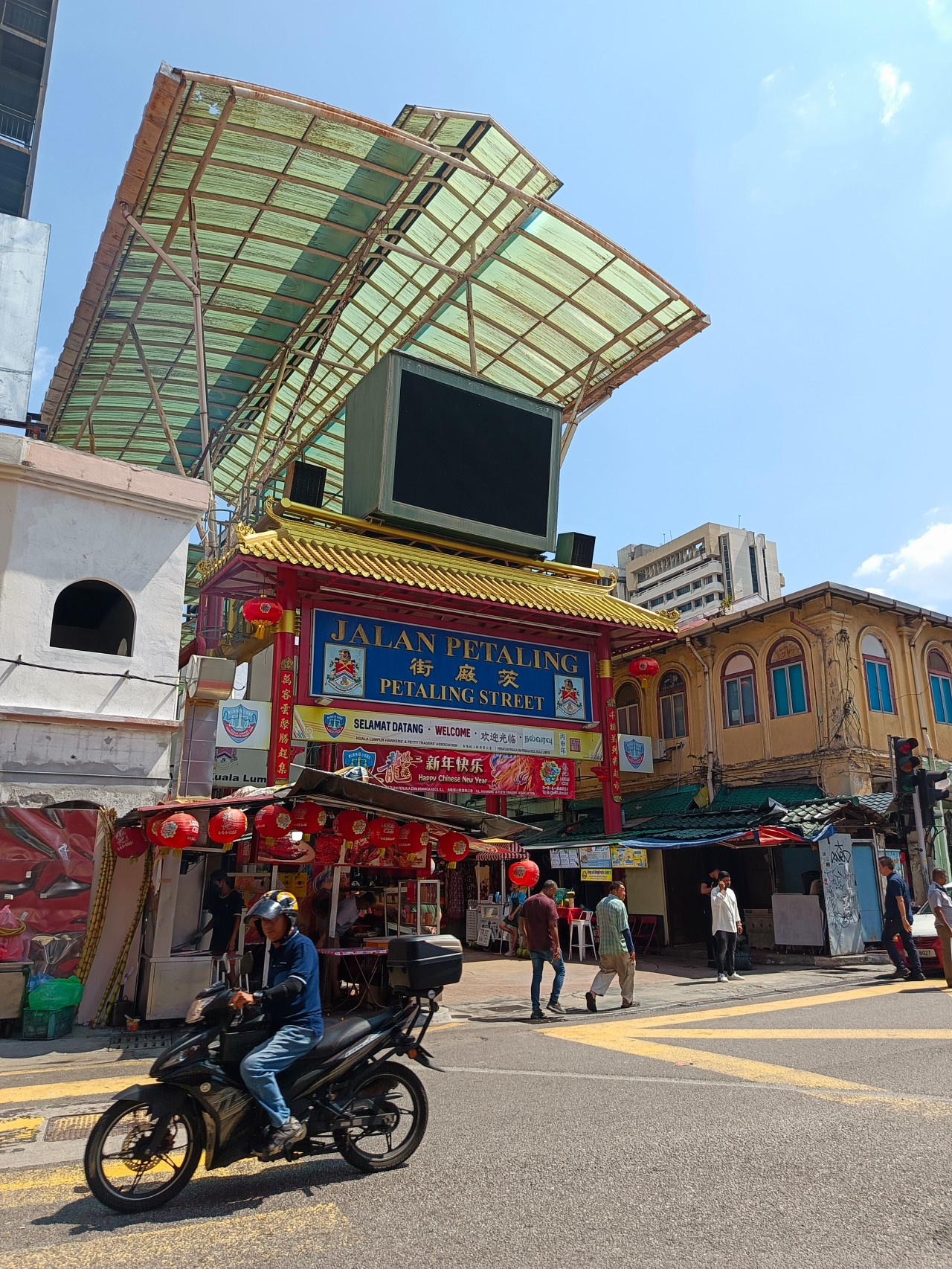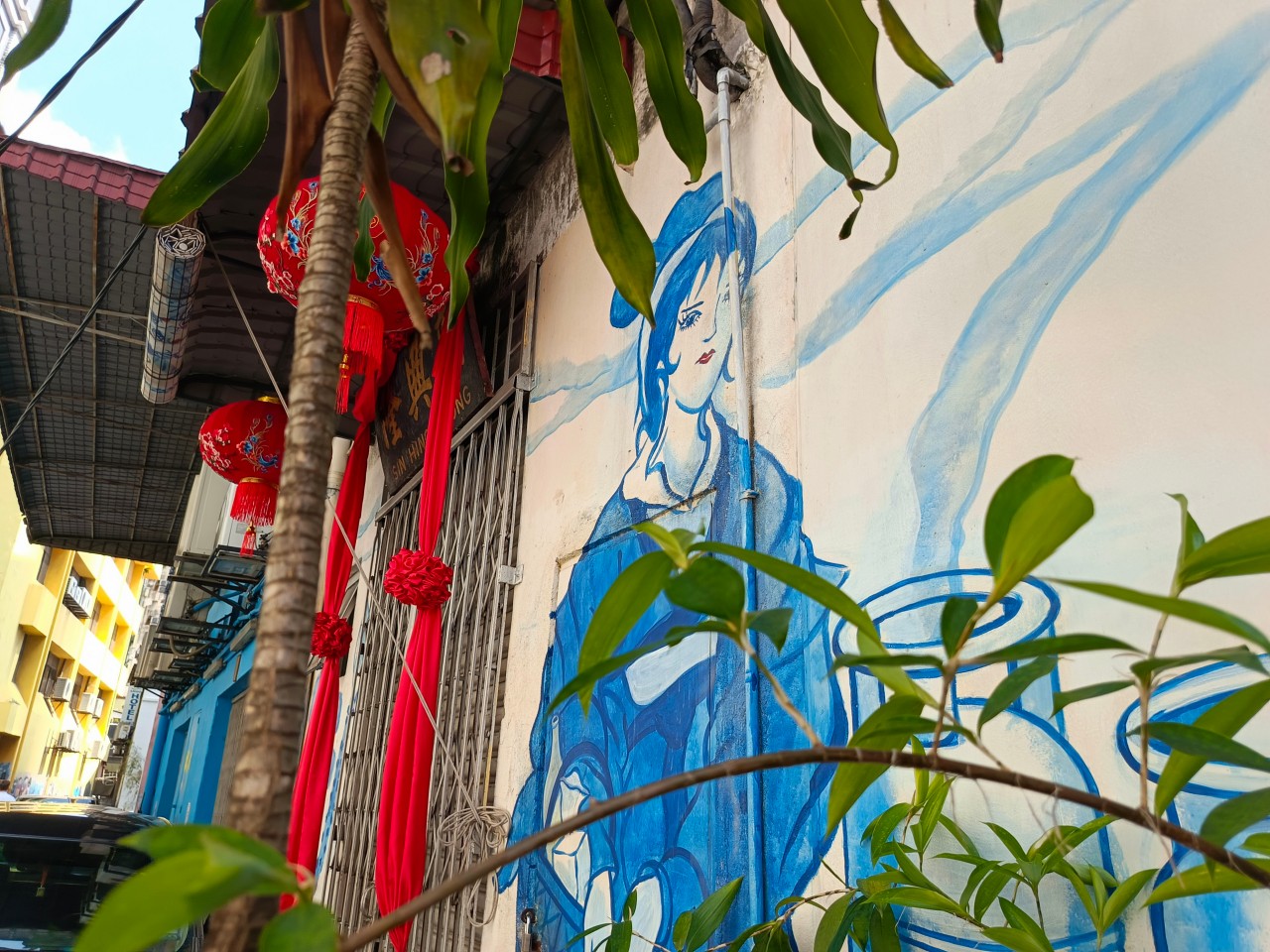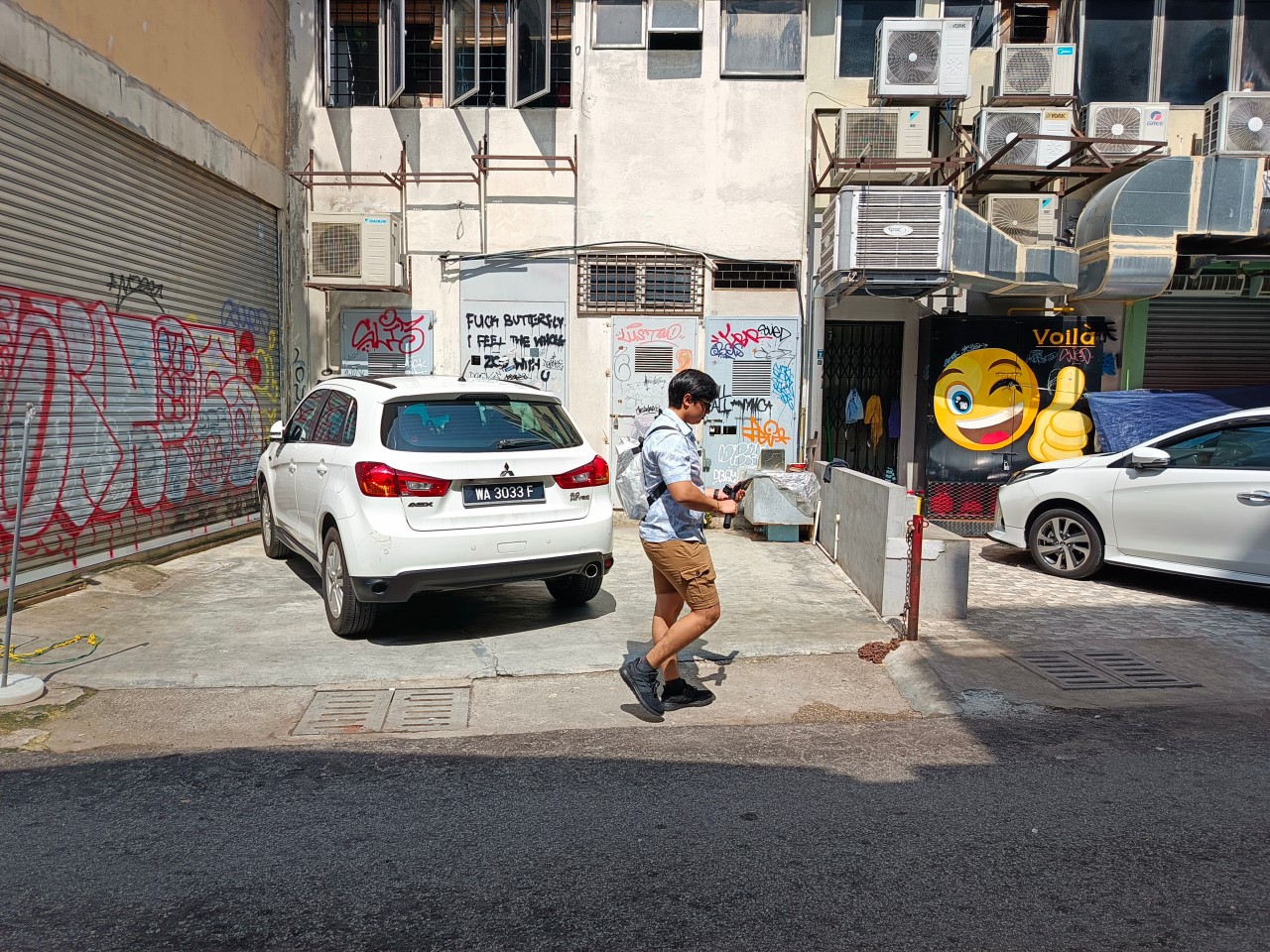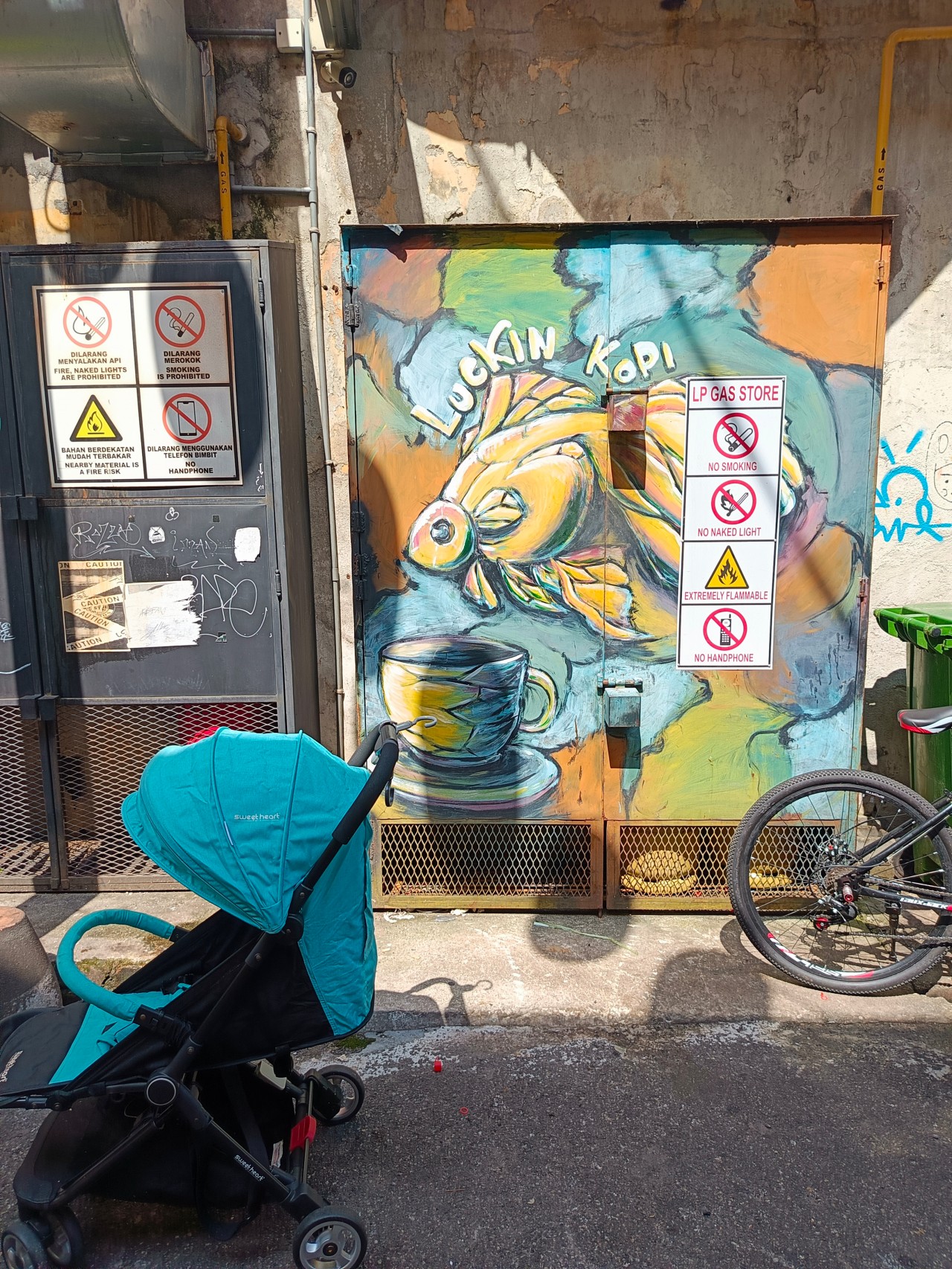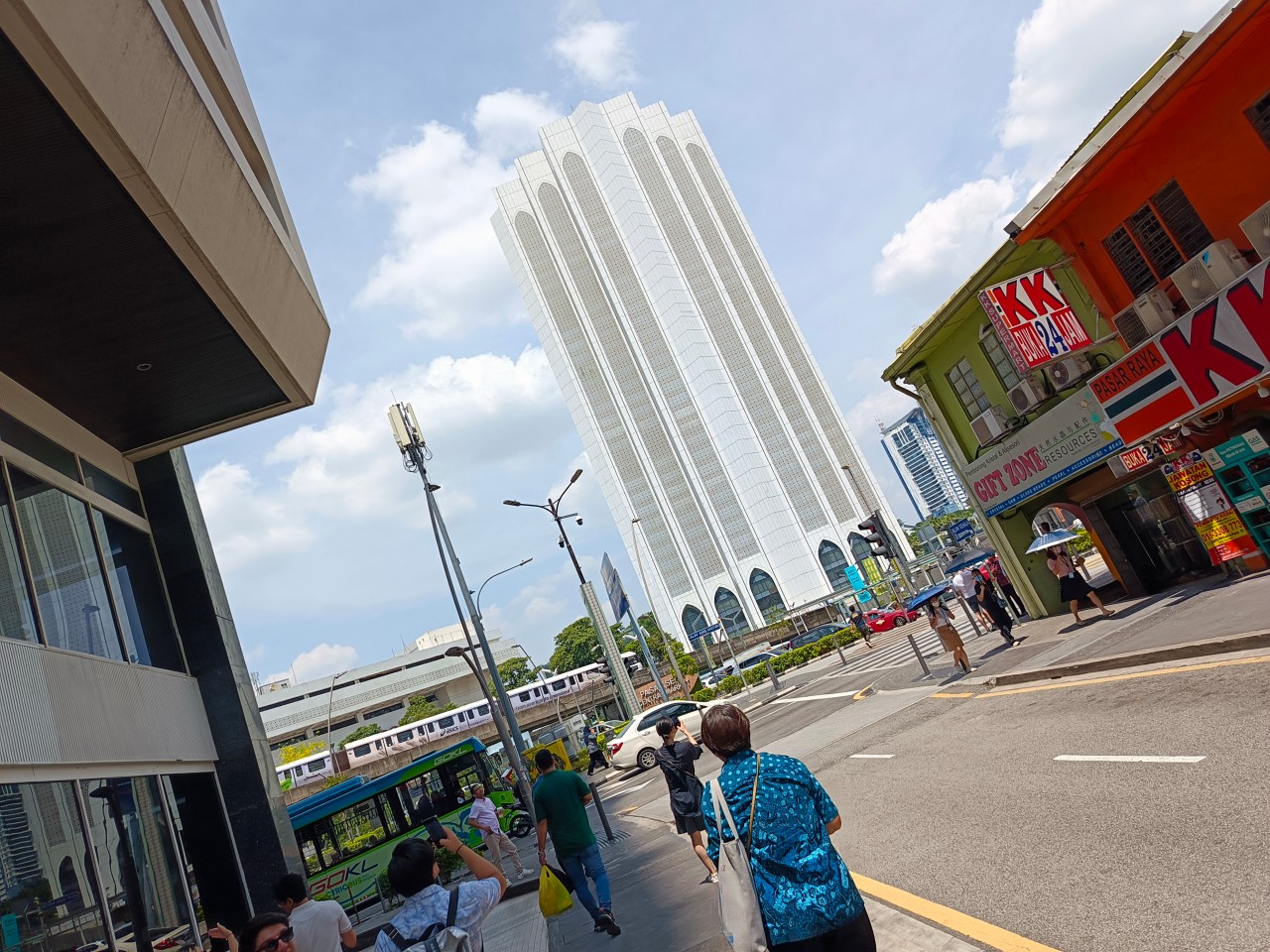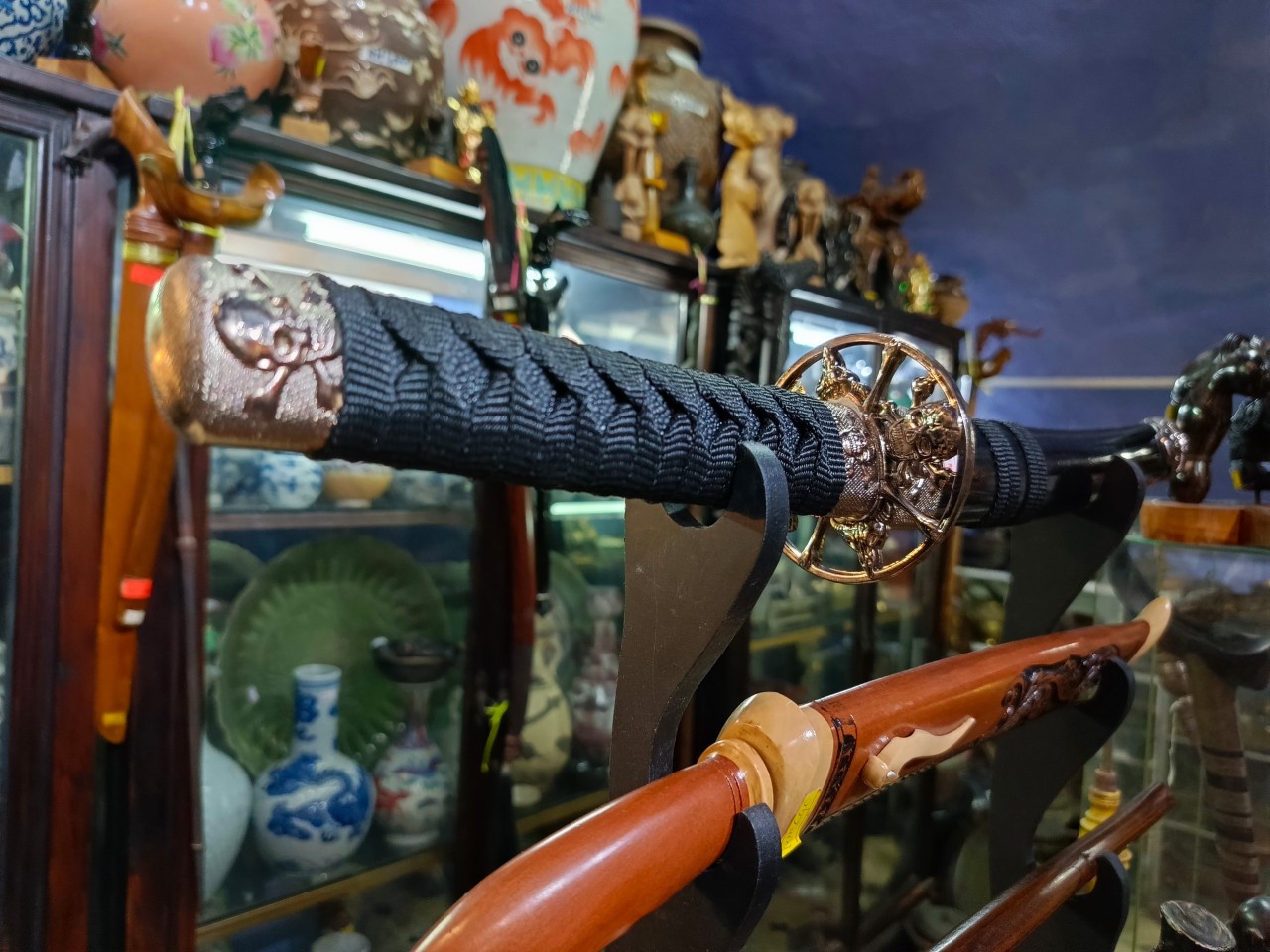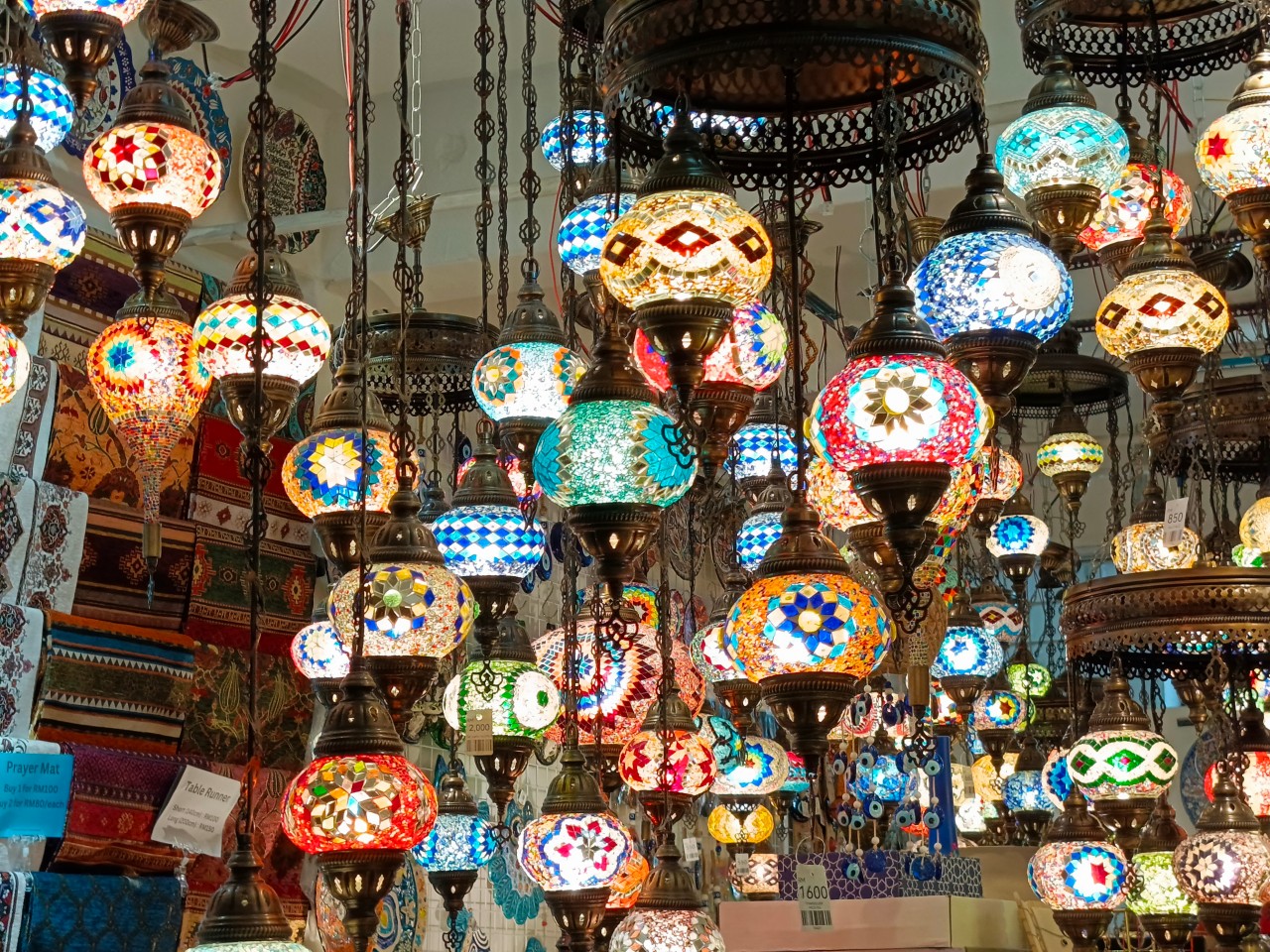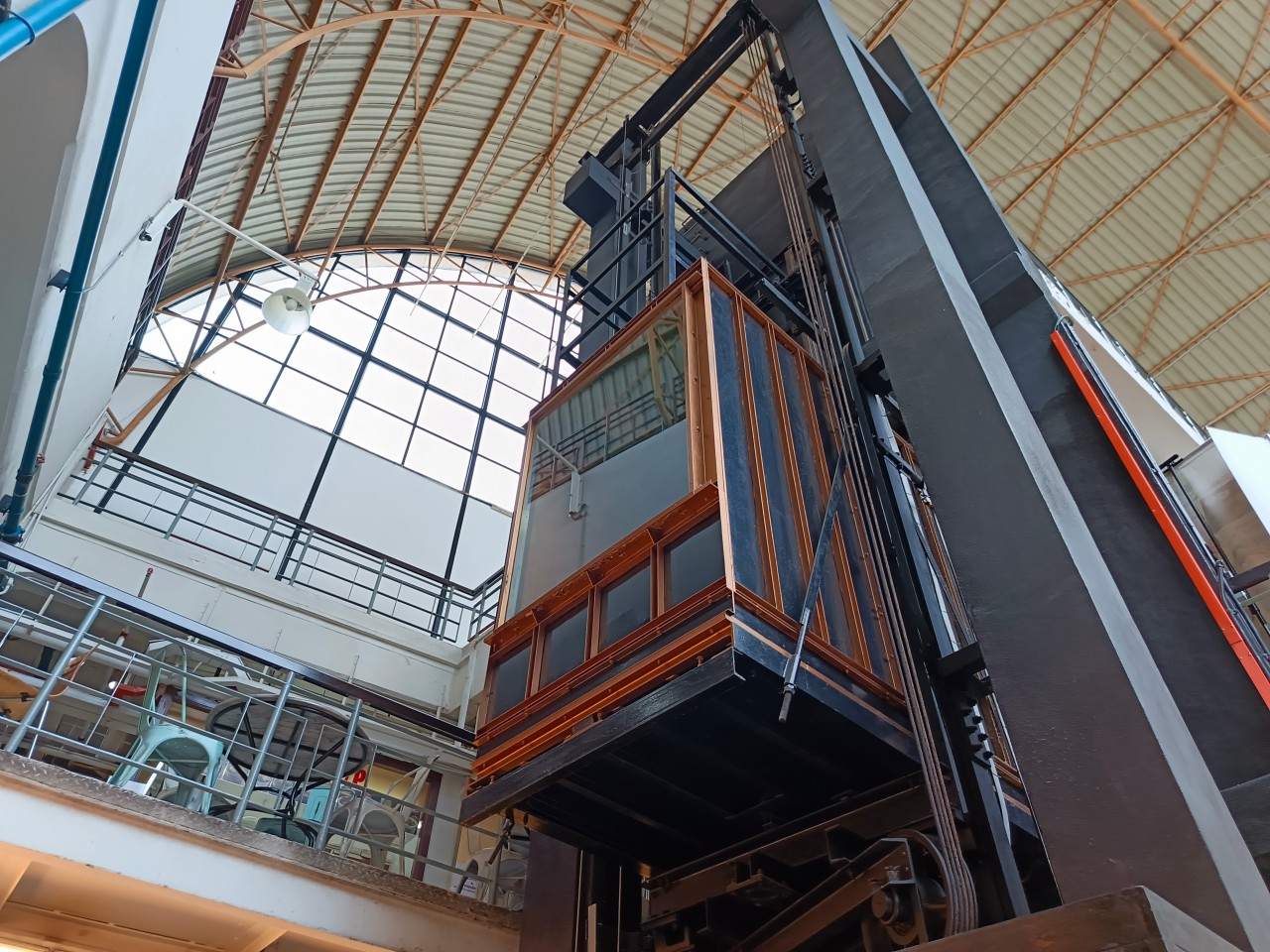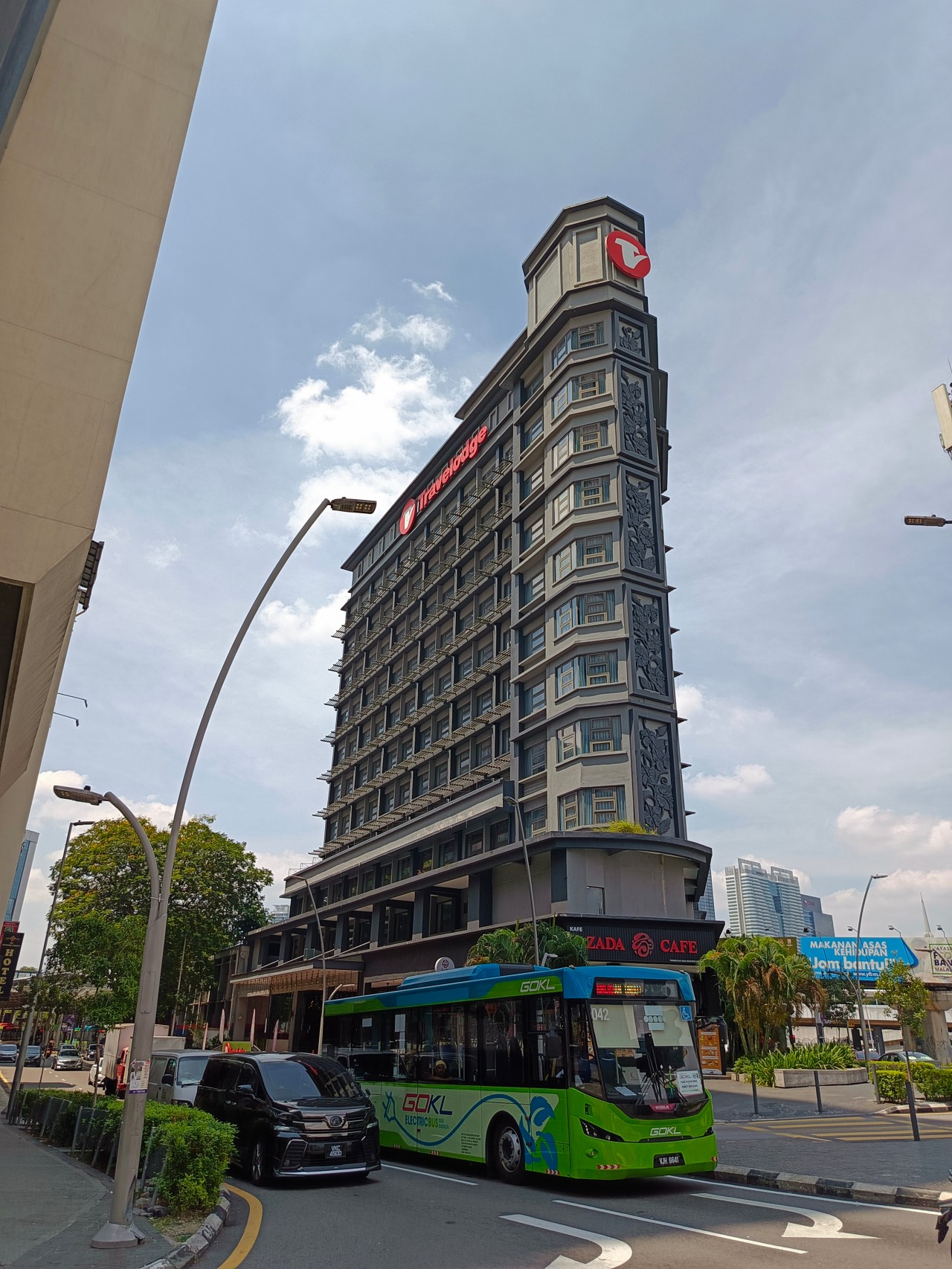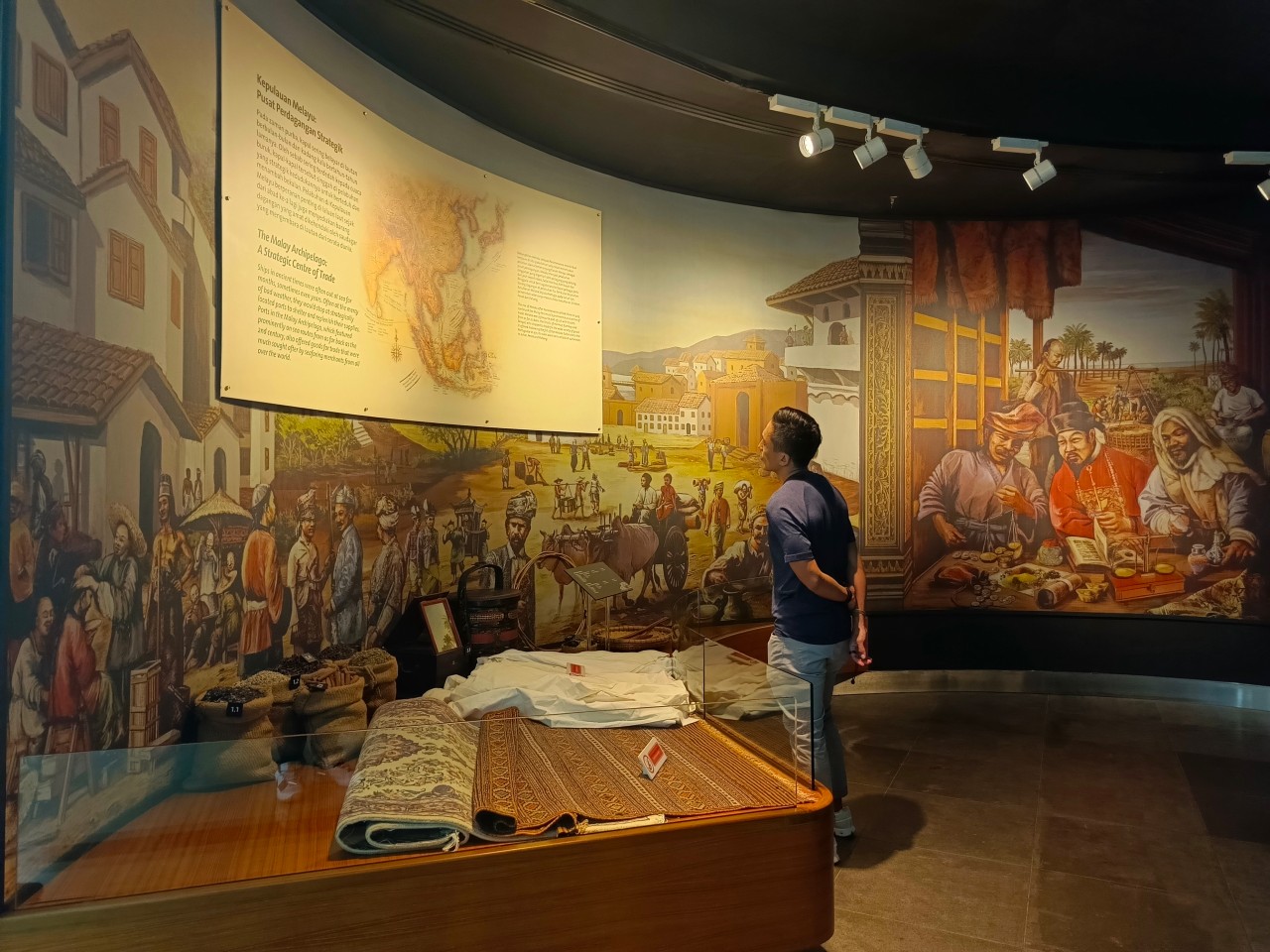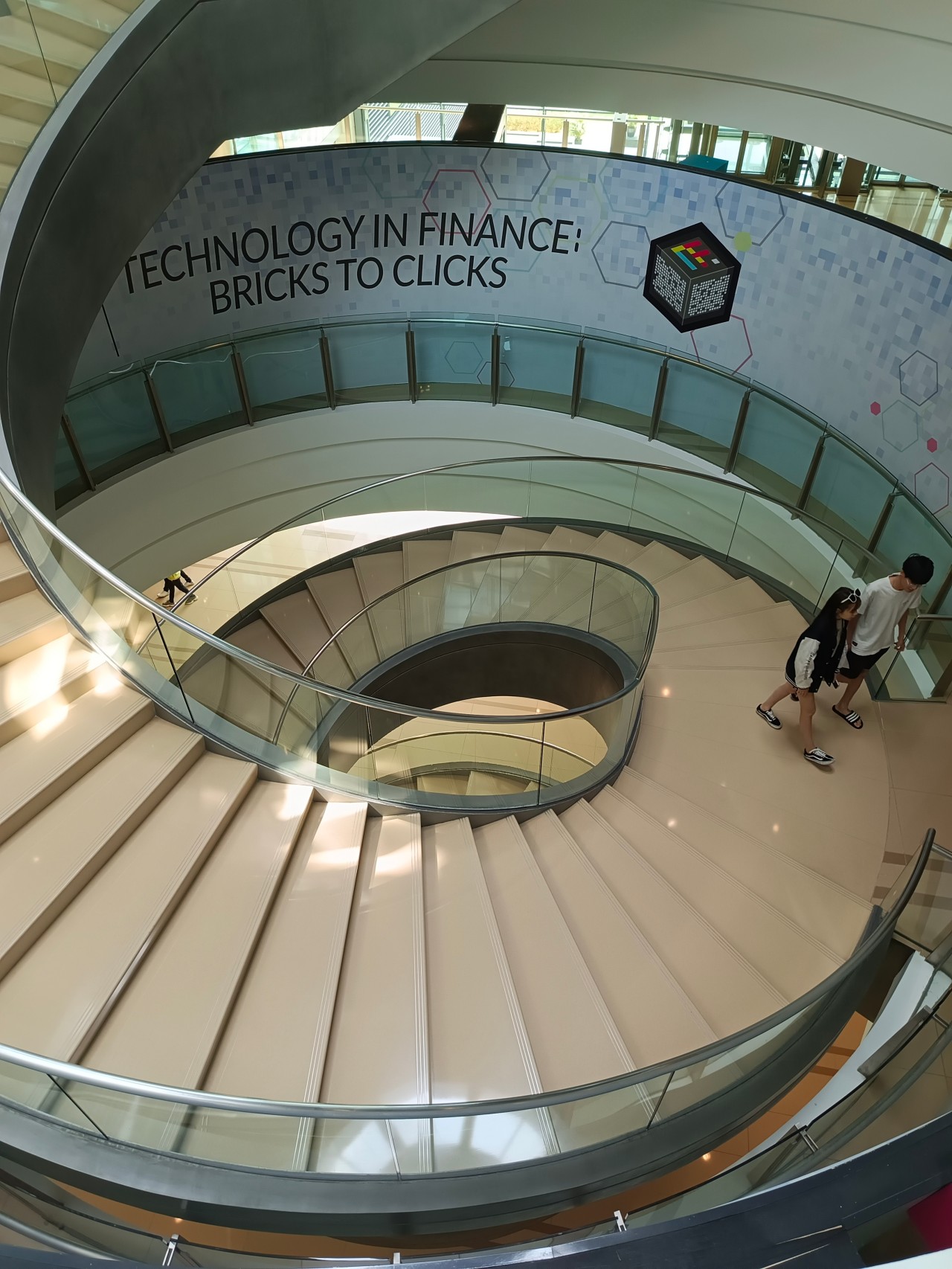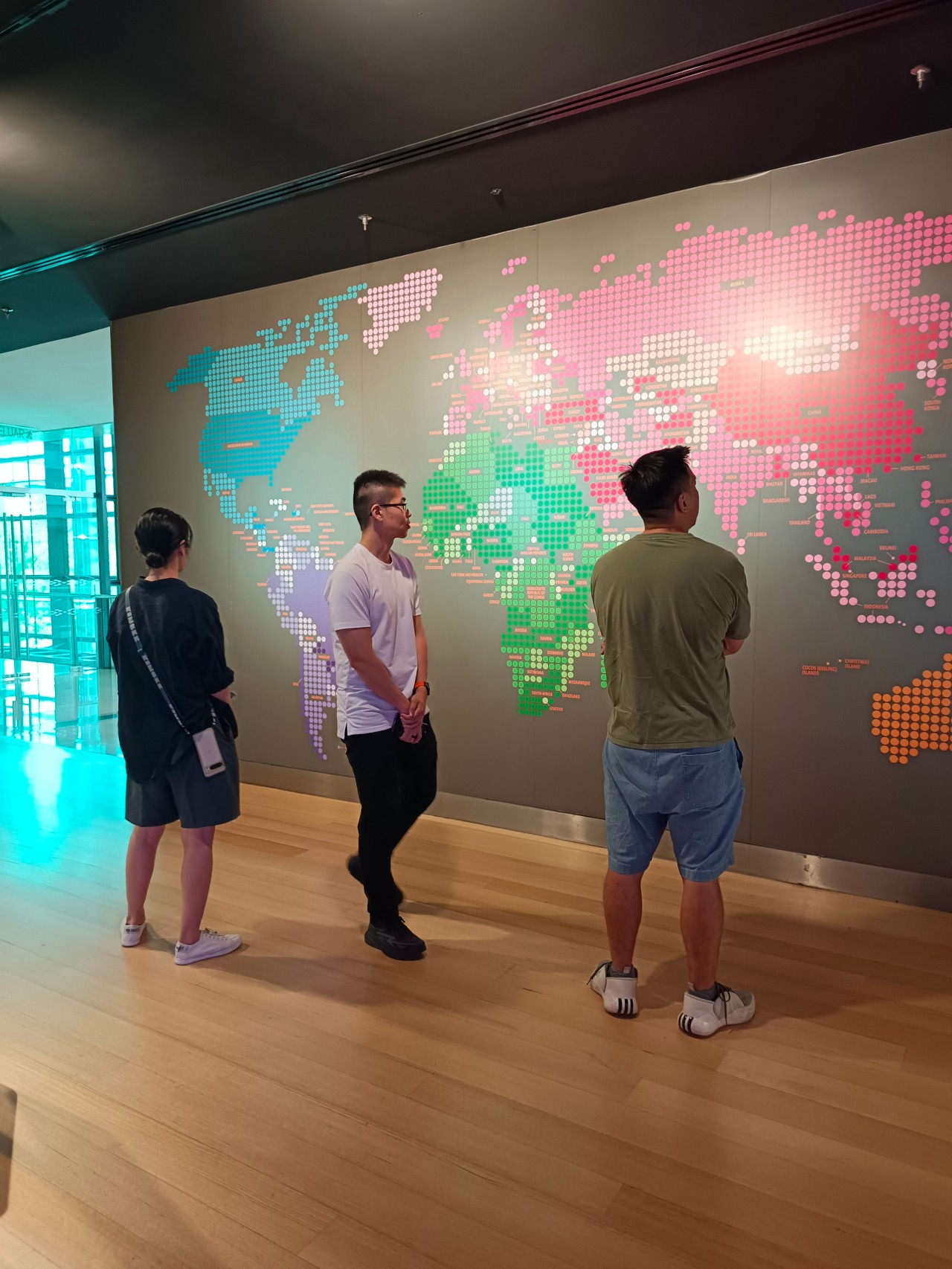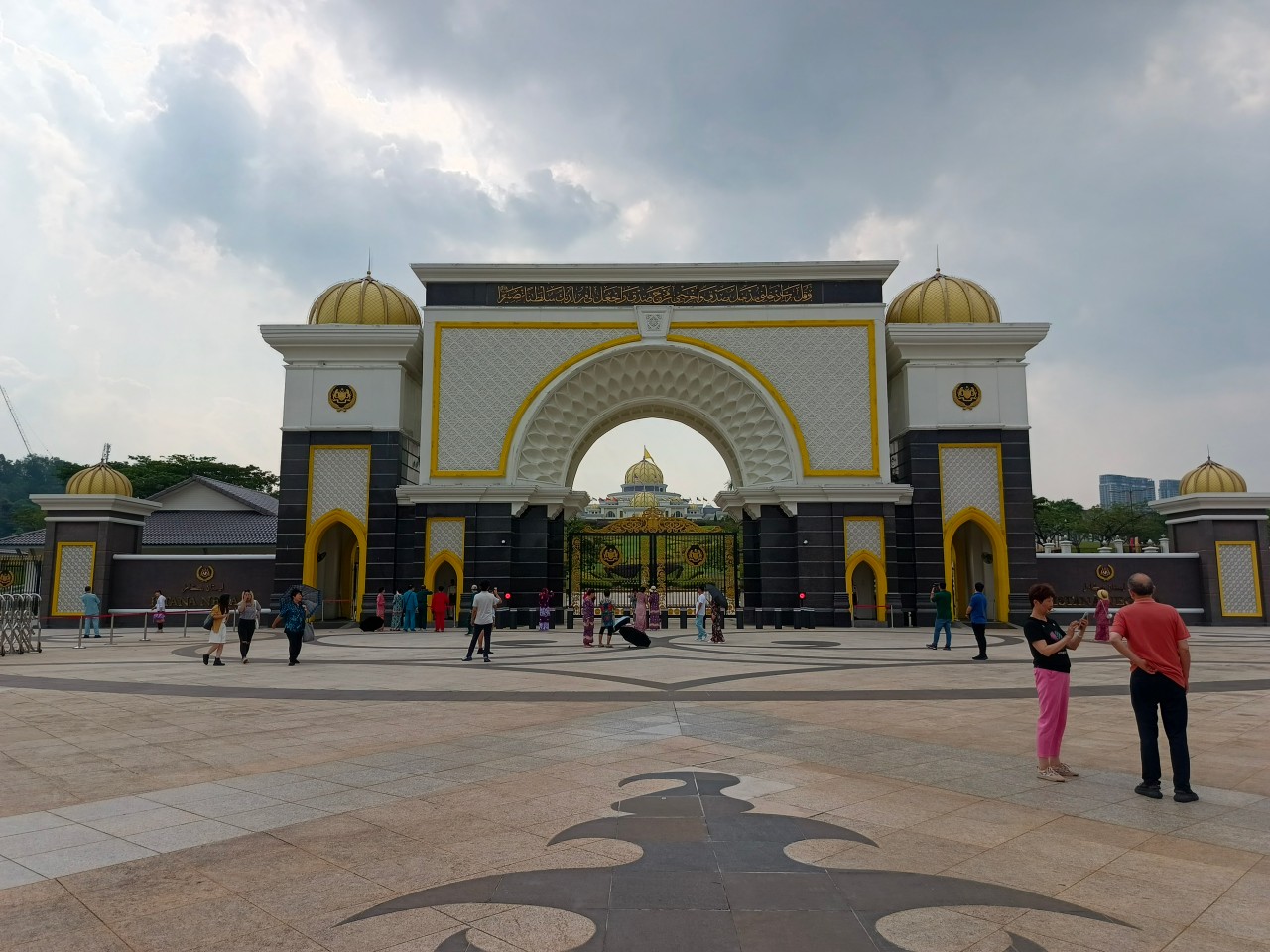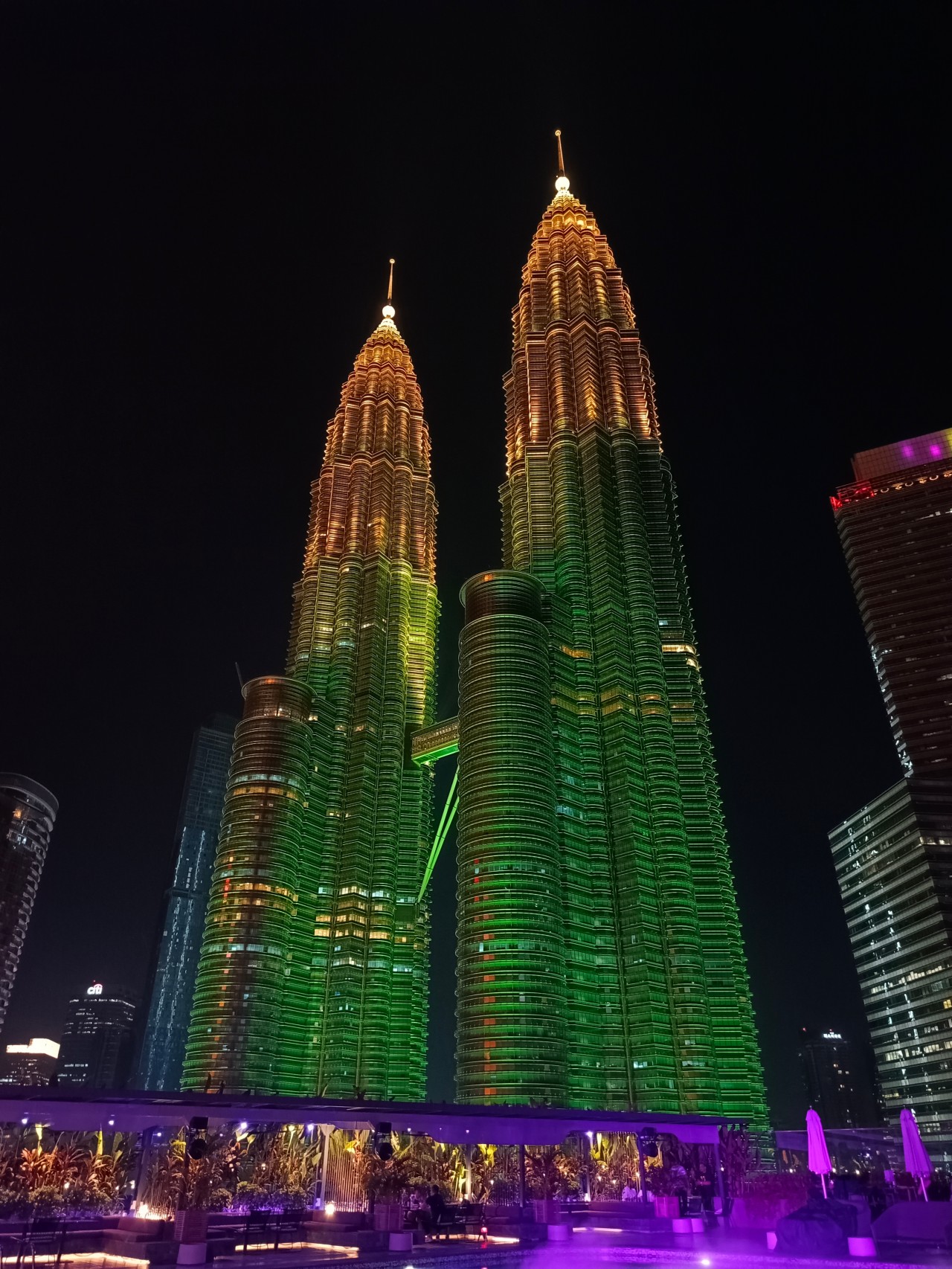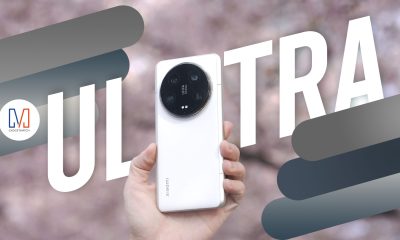Features
And the best smartphone camera is…
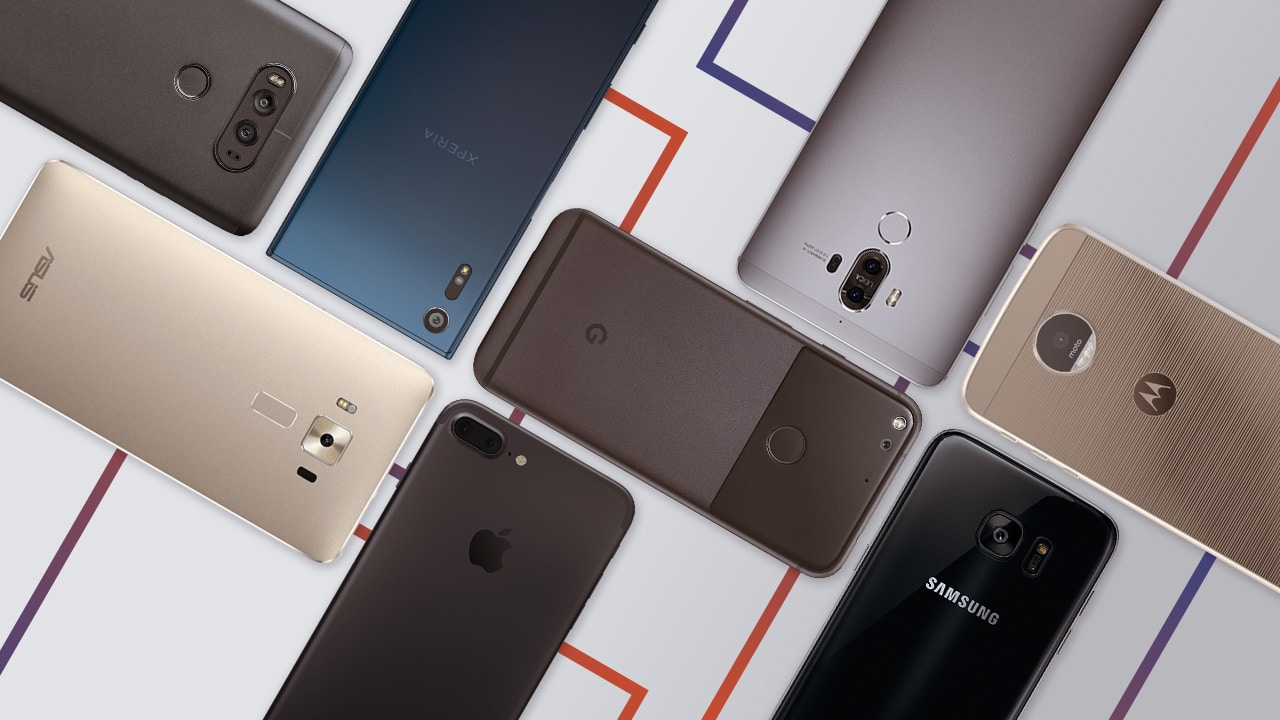
Mirror, mirror on the wall, which smartphone takes the best photos of them all?
If you’re looking for the best camera smartphone money can buy, look no further. We’ve rounded up the best, currently available smartphones in the world today, took them on a road trip, took plenty of the same photos, and evaluated the results.
Here’s what we found…
Mechanics and Disclaimer
But wait! Before we dive in, allow us to set the stage a bit.
First, it’s important to note that these smartphones were announced at different times of the year. It’s possible that phones released later could benefit from more advanced technology.
Second, this test wasn’t conducted in a controlled environment. We shot these photos in the real world, but did our best to keep shooting conditions as similar as possible, including framing and the position of the sun and clouds. All of these photos were taken handheld on Auto with high dynamic range (HDR) mode turned off (except, of course, for our HDR test).
And lastly the results were voted upon by the GadgetMatch team. The process involved a blind test where photos in a series were shown in random order. We had no idea which phones shot what until we reviewed the results. Some phones surprised us!
This feature is best viewed on a desktop computer or laptop.
Landscape
Winner: Google Pixel
2nd place: Asus Zenfone 3 Deluxe
3rd place: Samsung Galaxy S7 edge
In our very first comparison, we were already impressed by all the phones! Not a single one of them did poorly in the landscape test; each one presenting strong colors and wide dynamic range despite HDR being turned off. Still, we had to choose a winner, and it was the Pixel. Every element looked sharp, and colors popped more than the rest. The Zenfone 3 Deluxe and Galaxy S7 edge were a close second and third, but honestly, all phones passed with flying colors.
High-resolution images:
Apple iPhone 7 Plus, ASUS Zenfone 3 Deluxe, Google Pixel, Huawei Mate 9
LG V20, Moto Z, Samsung Galaxy S7 edge, Sony Xperia XZ
Dynamic Range (HDR Off)
Winner: Google Pixel
2nd place: Moto Z
This was another tough call, but the Pixel won out in our dynamic range test sans any HDR tricks. Again, both the foreground and background looked great, and no details were lost in the darker regions. To our surprise, the Moto Z captured second place, mostly due to its accurate rendering of the bright areas — just look at how striking the sky and vegetation are!
High-resolution images:
Apple iPhone 7 Plus, ASUS Zenfone 3 Deluxe, Google Pixel, Huawei Mate 9
LG V20, Moto Z, Samsung Galaxy S7 edge, Sony Xperia XZ
Dynamic Range (HDR On)
Winner: Google Pixel
2nd place: Samsung Galaxy S7 edge
Was this even close? Take one look at all the samples, and it’s clear the Pixel won without any doubt. When high dynamic range is needed, Google’s HDR+ mode shines like no other. If not for the Pixel, the Galaxy S7 edge would have been the winner. Despite being a year old, its HDR mode still leaves most phones in the dust.
High-resolution images:
Apple iPhone 7 Plus, ASUS Zenfone 3 Deluxe, Google Pixel, Huawei Mate 9
LG V20, Moto Z, Samsung Galaxy S7 edge, Sony Xperia XZ
Portrait
Winner: Google Pixel
2nd place: Samsung Galaxy S7 edge
3rd place: Moto Z
Yet another win for the Pixel! This phone does such a great job maintaining color accuracy while making everything look so crisp — check out the skin tone and details on the shirt to see what we mean. The Galaxy S7 edge did nearly as well, and the Moto Z once again impressed us despite being the oldest phone in this shootout.
High-resolution images:
Apple iPhone 7 Plus, ASUS Zenfone 3 Deluxe, Google Pixel, Huawei Mate 9
LG V20, Moto Z, Samsung Galaxy S7 edge, Sony Xperia XZ
Food
Winner: Google Pixel
2nd place: Samsung Galaxy S7 edge
Google’s flagship phone is making this look too easy. When it comes to food photography, we prefer the picture that makes the meal look the most appetizing, and the Pixel did just that. The Galaxy S7 edge did a fine job as well, producing colors that stood out but didn’t betray the actual look of the sumptuous shrimp.
High-resolution images:
Apple iPhone 7 Plus, ASUS Zenfone 3 Deluxe, Google Pixel, Huawei Mate 9
LG V20, Moto Z, Samsung Galaxy S7 edge, Sony Xperia XZ
Group Selfie
Winner: Moto Z
2nd place: Apple iPhone 7 Plus
Surprise, surprise — the Moto Z now has a win under its belt! We loved how everyone fit comfortably in its frame and looked lovely in the process. That’s its edge over the iPhone 7 Plus, although the latter produced our favorite shot when it came to saturation and skin tone. But we must say, the rest had their own strengths, too; it all boils down to personal preference.
High-resolution images:
Apple iPhone 7 Plus, ASUS Zenfone 3 Deluxe, Google Pixel, Huawei Mate 9
LG V20, Moto Z, Samsung Galaxy S7 edge, Sony Xperia XZ
Color/Macro
Winner: Apple iPhone 7 Plus
2nd place: Sony Xperia XZ
3rd place: Google Pixel
Add a check mark under the iPhone 7 Plus for this round. When it came to capturing the most amount of detail up close, none could match the iPhone’s output; however, we must commend the Xperia XZ for maximizing its subject tracking to stick to the swaying flower and maintain sharpness. The Pixel had an overall fine performance, and earned the third spot.
High-resolution images:
Apple iPhone 7 Plus, ASUS Zenfone 3 Deluxe, Google Pixel, Huawei Mate 9
LG V20, Moto Z, Samsung Galaxy S7 edge, Sony Xperia XZ
Selfie
Winner: Google Pixel
2nd place: Huawei Mate 9
3rd place (tie): Samsung Galaxy S7 edge and Moto Z
Turns out the Pixel has a pretty good selfie camera, too! Our subject isn’t lost in the crowded background, and each strand of hair is distinguishable. The Mate 9 performed nearly as well, if only it didn’t slightly oversaturate some of the colors. The Galaxy S7 edge and Moto Z are tied for third, thanks to well-balanced contrast and a pleasantly wide angle.
High-resolution images:
Apple iPhone 7 Plus, ASUS Zenfone 3 Deluxe, Google Pixel, Huawei Mate 9
LG V20, Moto Z, Samsung Galaxy S7 edge, Sony Xperia XZ
Dusk
Winner: Samsung Galaxy S7 edge
2nd place: Apple iPhone 7 Plus
This had to be the most challenging scenario for all entries. There was lots of movement, colors were flashing from all directions, and the sun was setting quickly. With all these elements in place, the Galaxy S7 edge slayed the shot and brought home gold by taking in the entire scene without a hitch. We had to give second place to the iPhone 7 Plus for making the colors in the foreground look so attractive.
High-resolution images:
Apple iPhone 7 Plus, ASUS Zenfone 3 Deluxe, Google Pixel, Huawei Mate 9
LG V20, Moto Z, Samsung Galaxy S7 edge, Sony Xperia XZ
Night
Winner: Samsung Galaxy S7 edge
2nd place: Apple iPhone 7 Plus
Here’s another tough situation in which the Galaxy S7 edge beat all its rivals. It’s clear Samsung’s specialty lies in nighttime photography, wherein all the glaring lights stay in check and scenes aren’t littered with unsightly noise. Choosing a second placer was tough, but we had to give it to the iPhone 7 Plus for nailing all the colors without blowing out the highlights.
High-resolution images:
Apple iPhone 7 Plus, ASUS Zenfone 3 Deluxe, Google Pixel, Huawei Mate 9
LG V20, Moto Z, Samsung Galaxy S7 edge, Sony Xperia XZ
Low-Light Portrait (Flash Off)
Winner: Samsung Galaxy S7 edge
2nd place: Google Pixel
When it comes to low-light portraits, we prefer leaving the flash off, so we’re glad all the cameras produced acceptable photos. What stood out the most, though, came from the Galaxy S7 edge. Nothing looked overly dark or bright, and the subjects didn’t turn into a mesh of lost details. Despite being one of the few phones here without optical image stabilization for night shots, the Pixel managed to secure the second spot.
High-resolution images:
Apple iPhone 7 Plus, ASUS Zenfone 3 Deluxe, Google Pixel, Huawei Mate 9
LG V20, Moto Z, Samsung Galaxy S7 edge, Sony Xperia XZ
Low-Light Portrait (Flash On)
Winner: Google Pixel
2nd place: LG V20
3rd place: Samsung Galaxy S7 edge
Finally, we tested the flash capabilities of each camera. As you can tell, the results varied greatly from phone to phone, with the first-place finish going to the Pixel once more. It had the only photo with evenly distributed lighting and the most accurate skin tone. The V20 had a similar result, except colors were a lot more muted. Third place went to the Galaxy S7 edge for its smart illumination of the background.
High-resolution images:
Apple iPhone 7 Plus, ASUS Zenfone 3 Deluxe, Google Pixel, Huawei Mate 9
LG V20, Moto Z, Samsung Galaxy S7 edge, Sony Xperia XZ
And the winner is…
When the Pixel was launched back in October, one big claim was that it was the highest-rated smartphone camera on DxOMark, the world leader in camera, lens, and image quality ratings.
After 12 rounds of our own tests, we have to agree — the Google Pixel has, without a doubt, the best camera on a smartphone today.
Having said that, Samsung’s Galaxy S7 edge announced eight months prior, is a solid second and arguably still the best camera when it comes to low-light photography.
In a month, its successor the Galaxy S8 will also be unveiled; if Samsung sticks to its guns, the S8 may be the cameraphone to look out for in 2017.
Apple’s iPhone 7 Plus is third on our list. It may not have come out on top as many times, but it was a consistent performer overall, and shot some of the most color-realistic photos of the bunch.
The Moto Z also deserves an honorable mention. It’s the oldest of all the phones tested and in a slightly lower price point, but it held its own and even ruled its own category. It was definitely a pleasant surprise.
The blind test was tough and our choices highly subjective. If you see things differently, that’s okay; it boils down to your own taste in photos. Some of us like nice saturated colors, some prefer warmer tones, and when it comes to selfies, some like the softening a good beauty mode provides.
Either way, all of the phones tested did great — a testament to how far technology has come. While thousand-dollar professional cameras will always take the best photos, when it all comes down to it, nothing beats the camera in your pocket.
SEE ALSO: Best Premium Smartphones (February 2017 Edition)
[irp posts=”10008″ name=”Best Premium Smartphones (February 2017 Edition)”]


In case you’re wondering, it’s pronounced /pyu-ra/. And it’s more than just a name change. All four models of the Pura 70 series come with a set of cameras that will make your jaw drop. Though it’s not the most impressive Ultra, the Huawei Pura 70 Pro is still capable of shooting breathtaking photos all by itself.
Arranged like a hidden Mickey, the Pura 70 Pro’s camera island features a triple threat of cameras, highlighted by a vastly improved telephoto lens when compared to the regular model.
- 50-megapixel f/1.4-4.0 25mm main
- 48-megapixel f/2.1 93mm 3.5x optical telephoto
- 5-megapixel f/2.2 13mm ultrawide
A Huawei-filled stay in China
While there are different brands operating in the region, Shenzhen is a much bigger playground for Huawei. The brand maintains multiple flagship stores and a sprawling campus there.
Our first stop was the first global flagship store for Huawei. The building features a huge central area, a lineup of cars, and, of course, spots to try the brand’s latest innovations.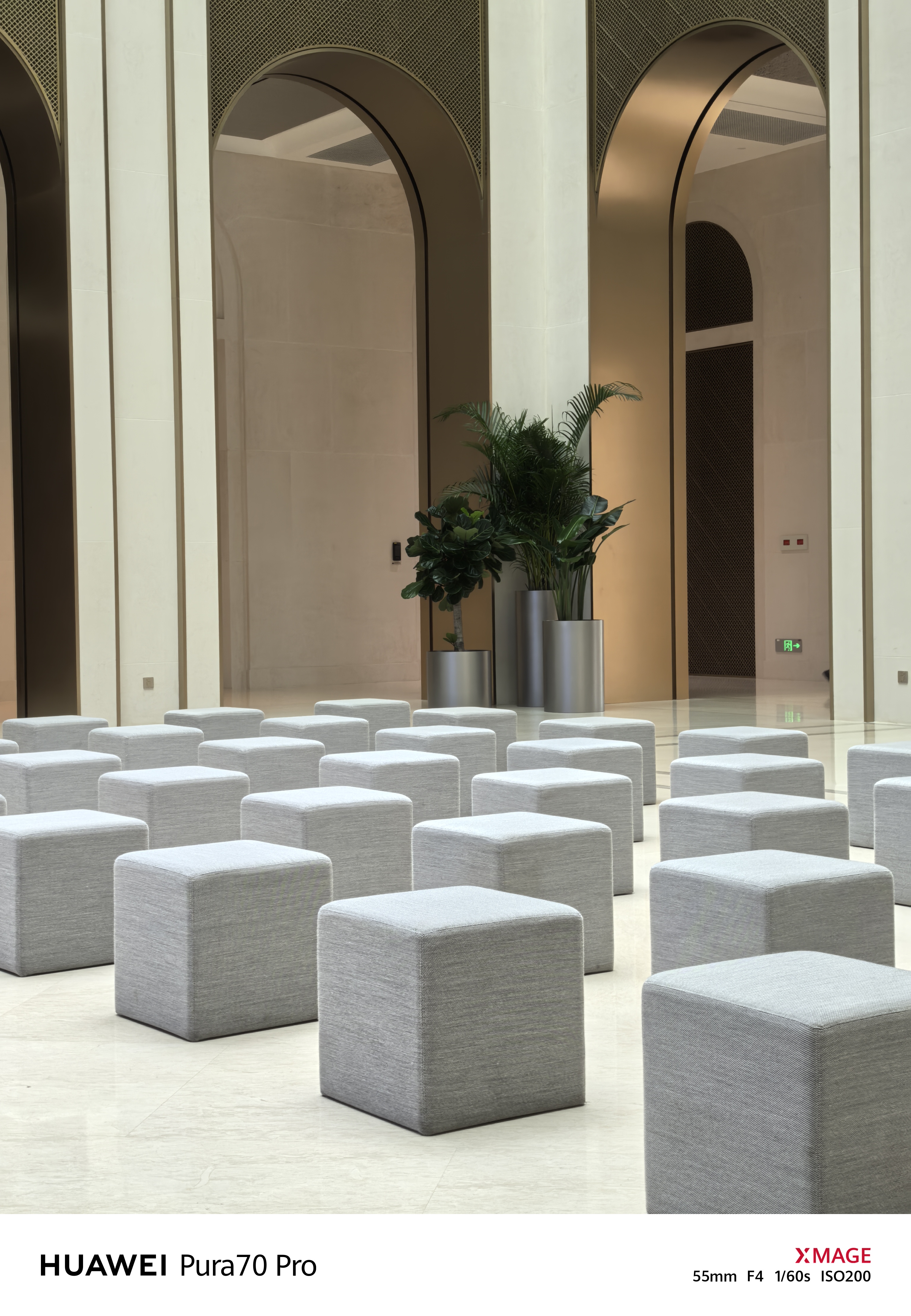
As you’ve probably read from our first impressions, one of the most iconic demonstrations during the entire trip was of a spinning picture disc of a surfer frozen in time by the Pura 70 Pro’s Snapshot mode.
Mixing it up at MixC
While the previous store was impressive, it didn’t show just how popular Huawei was in China. Luckily, our next stop was in the center of a sprawling shopping center called MixC. This location had lots of cafes and shops nearby.
The branch itself features a 24-hour vending machine, a stage for lessons on how to use Huawei’s products, a smart home demonstration, and a third floor for aftermarket solutions (or even just to chill). Take a peep at how many people are in the store to try out Huawei.
Being in the middle of the city, it was also the perfect spot to try out the smartphone’s impressive zooming capabilities. Zooming into the city’s buildings, the camera captured far-away balconies to virtual perfection.
A little bit of nightlife
Speaking of the city, what would a trip be without some local nightlife? Early in the night is filled with commuters going home, night vendors peddling their wares, and lots of motorcycles.
Though the city sleeps earlier than more bustling metropolises, Shenzhen’s late night still makes for some subdued scenes and gentle nightscapes.
Oh, and how about some astrophotography?
Huawei’s campus or a European wonderland?
The next day, we went to Huawei’s massive headquarters in Shenzhen. Now, to call it “massive” is still an understatement. Supported by its own transit system, the campus features multiple “regions” inspired by architecture from different European countries.
Oh, and in case you missed it, yes, it has its own train. Excuse us; it’s time to head to Hogwarts.
There’s a big lake that boats can pass through. And, if you’re lucky enough, you might be able to spot a few black swans swimming around.
Goodbye, China
Unfortunately, all good trips must come to an end. We’re not saying goodbye until we use the Pura 70 Pro up, up in the air, though.
How impressive can a camera get?
A few years ago, I used the Huawei P20 Pro as my daily driver. Since then, I’ve moved on to the Google Pixel 6, a capable shooter in its own right. However, the Pura 70 Pro just made me fall in love with smartphone photography — nay, photography, in general — all over again.
The camera is just a beast in most shooting conditions. Plus, the AI-based enhancement is the cherry on top. Because the enhancements take a second, you can quickly see a before-and-after comparison. Some adjustments are minute, but they’re all substantial enough to make all the difference. Plus, you can barely notice the manipulation.
Okay, granted: it’s not perfect. There are some shots where the AI enhancement is more blatant. It also favors warmer hues in some conditions. But overall, it’s an amazing camera that I’m having a blast experimenting with.
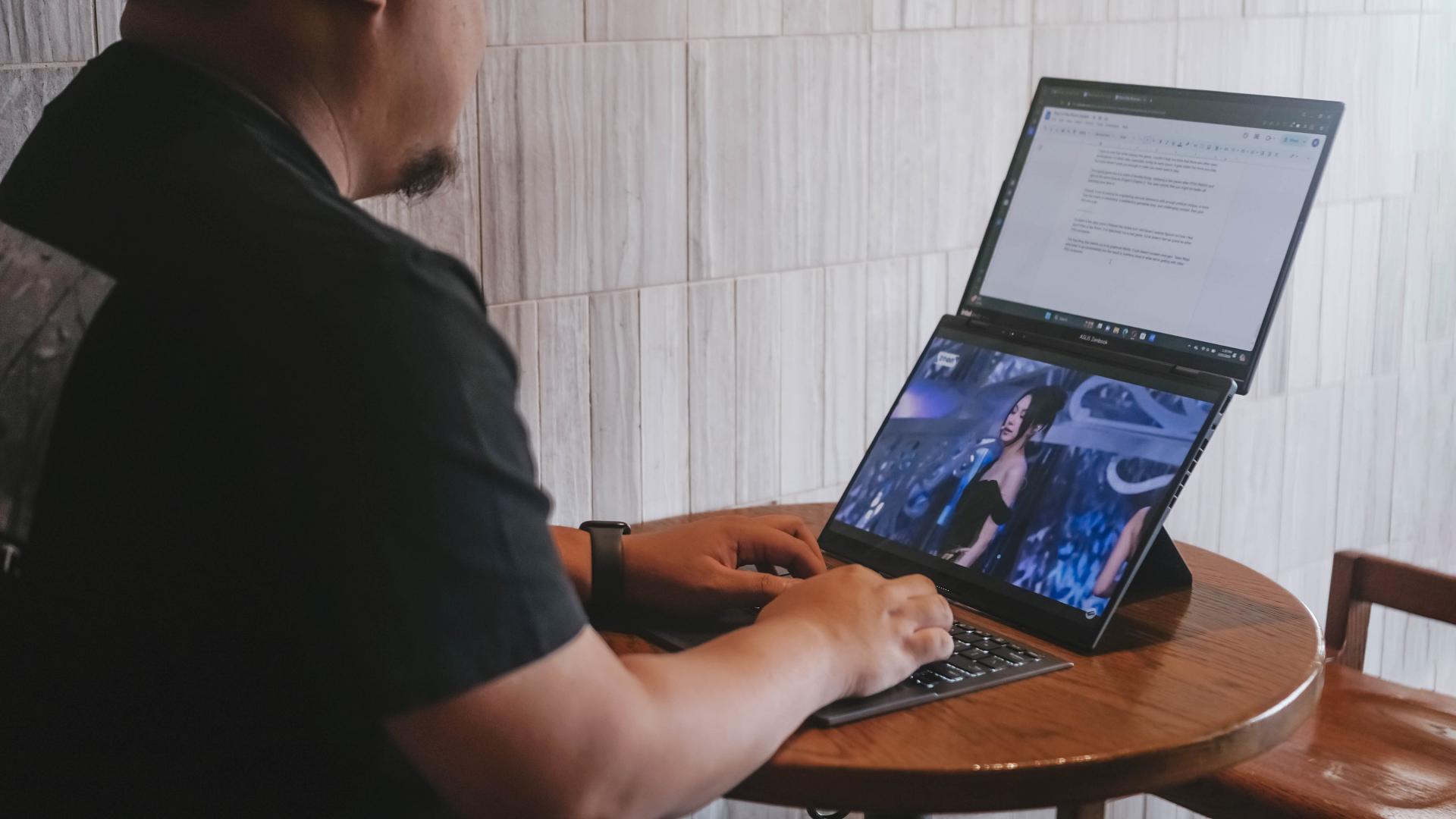
We are fans of what ASUS did with their latest dual screen offering — the ASUS Zenbook DUO 2024. The Zenbook Duo isn’t exactly new. ASUS has been adding extra screens to their laptops whenever they can — but never quite like this.
You see, ASUS managed to put a literal second display but still make it compact enough to fit most bags with provision for 14-inch laptops. As cliché as it sounds, the Zenbook DUO 2024 is an engineering marvel.
However, it’s more than just a gimmick. In our review, we noted how the form factor lent to a slight boost in productivity despite us not maximizing the product just yet. With that, let us share with you our favorite things about the ASUS Zenbook DUO 2024.
A unique mode for every scenario
A built-in, sturdy kick-stand unlocks the many possibilities available to the Zenbook DUO 2024. Some of the modes are: Laptop, Dual Screen, Desktop, and Sharing.
Each one lends itself nicely to different work and media consumption scenarios. Don’t feel like showing off? Keep things discreet and save some battery life with laptop mode.
Need two screens? Switch to either Dual Screen or Desktop mode to take advantage of more screen real estate.
Presenting something to someone across the table? Sharing mode lays the laptop flat allowing for easier viewing.
The ability to morph to different modes depending on your needs is astounding. The best thing is that it is both functional and can serve as an ice breaker.
Oh and we’ll never tire of sharing how the Desktop mode is perfect for watching two K-Pop fancams at the same time.
Screen Xpert for the dual displays
This form factor won’t work without the right software support backing it. To that end, ASUS made Screen Xpert. What it does is essentially let you adjust the layout of the apps according to your needs.
You can have up to four (4) apps live viewed at the same time. For our part, we usually only divided the screen to two, using one to reference a review guide or press release while writing news articles and/or reviews.
But if you’re monitoring certain things, this will be pretty helpful having multiple windows laid out right away to get a quick overview of things is a godsend.
The best thing is that a lot of these functions work intuitively. There’s a single button you can press to easily switch what’s displayed on the two screens.
If you want more granular control, you can have the Screen Xpert floating bar ready at your disposal. Here you can control the brightness level of each screen individually. You also have the ability to change the orientation of each screen to your liking.
There are also App Switcher and App Navigator functions to give you a better, more seamless way to layout the apps you use so that it’s most efficient for your needs.
AI, Copilot, and more
Something we didn’t mention much in the review is how the laptop is built with the AI age in mind. Powered by Intel Core Ultra 7 155-H, this thing is equipped with an NPU chip to aid in on-device AI tasks.
There’s stuff that happens in the background like making sure the AI-related tasks are processed with the NPU while the main CPU handles the rest. In the simplest terms, the Intel Core Ultra 7 is smart enough to delegate a task to the chip that will best execute it. That results in a more optimized overall performance.
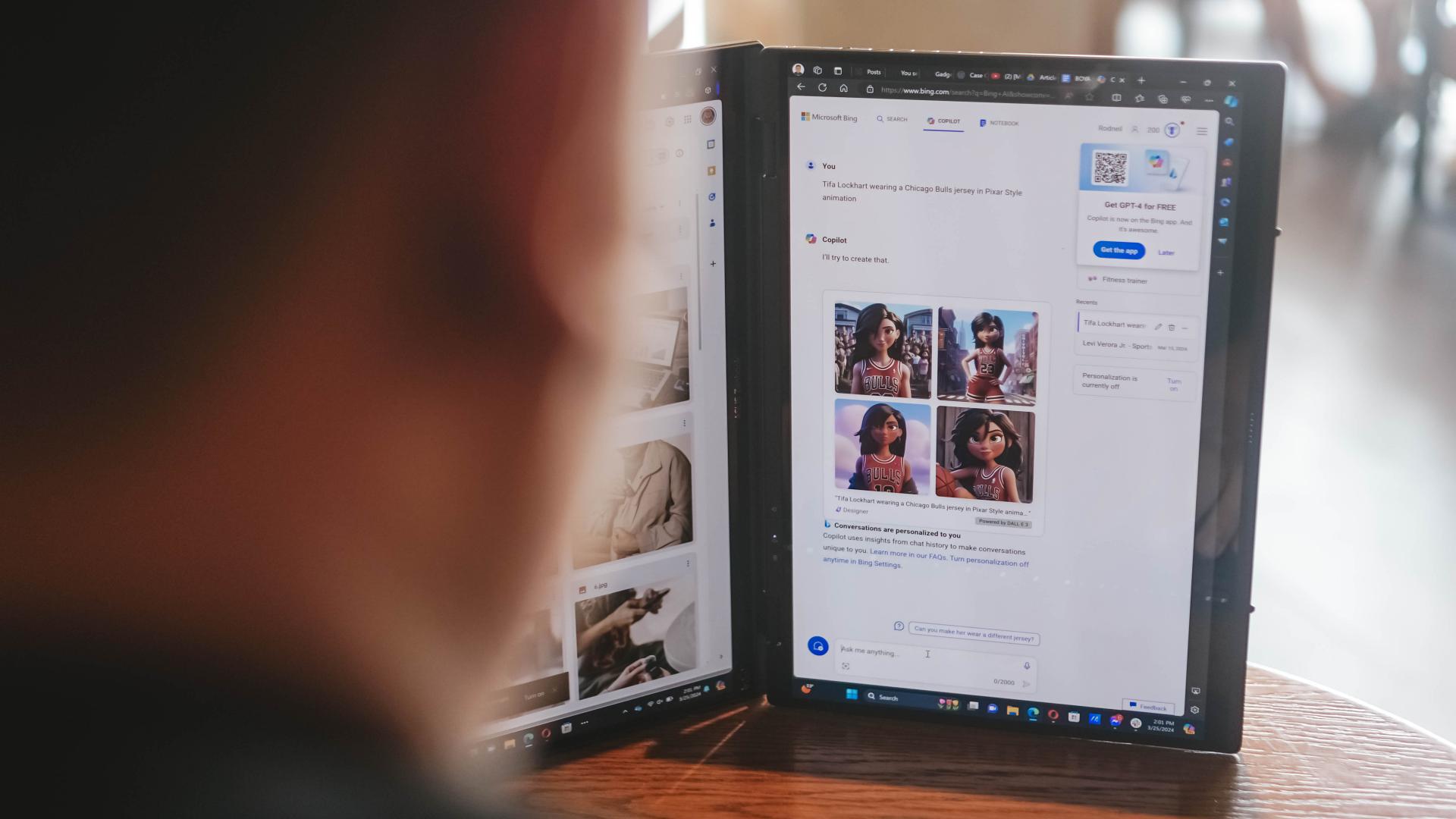
Copilot is one of the biggest AI additions to any Windows machine. The possibilities are close to limitless. For our part, we’ve only really played around with Copilot Designer. But there’s so much more that you can do with it. Just remember to always check the results. Every AI output still needs a human touch.
AI is also present in other functions like noise cancellation and the camera. AI Noise Cancellation makes sure you can hear and be heard no matter what scenario you’re in. It’s perfect for remote workers who do not exactly have control over their immediate surroundings.
Meanwhile, AiSense Camera works not only as a Full HD IR camera. It also automatically detects the lighting levels in your environment and adjusts brightness levels accordingly. You also get functions like auto-framing and background blur. Lastly, there’s the slightly creepy Eye Contact feature that locks your gaze to the camera. It can be a bit disorienting so maybe pick the occasions when you’ll use it.
GlideX
Working beyond this dual screen laptop? ASUS also made sure to equip the Zenbook DUO 2024 with software that makes adding even more screens a no-sweat task.
With GlideX you can easily connect your Zenbook DUO 2024 with smartphones, tablets, or even another PC. Even better, it’ll give you the option to control everything from a single device.
DUO more
For a first-of-its-kind device, the ASUS Zenbook DUO 2024 is pretty darn polished. That’s thanks largely to the company experimenting with dual screens long before releasing this dual screen machine.
The Zenbook DUO 2024 literally lets you do more, providing options for flexibility that will help you optimize your workflow so you can finish your tasks more efficiently. This is more than just a gimmick device, it’s actually helpful and that’s because ASUS took the time to fit it with the proper software support.
More on the ASUS Zenbook DUO 2024 here.
This feature is a collaboration between GadgetMatch and ASUS Philippines.
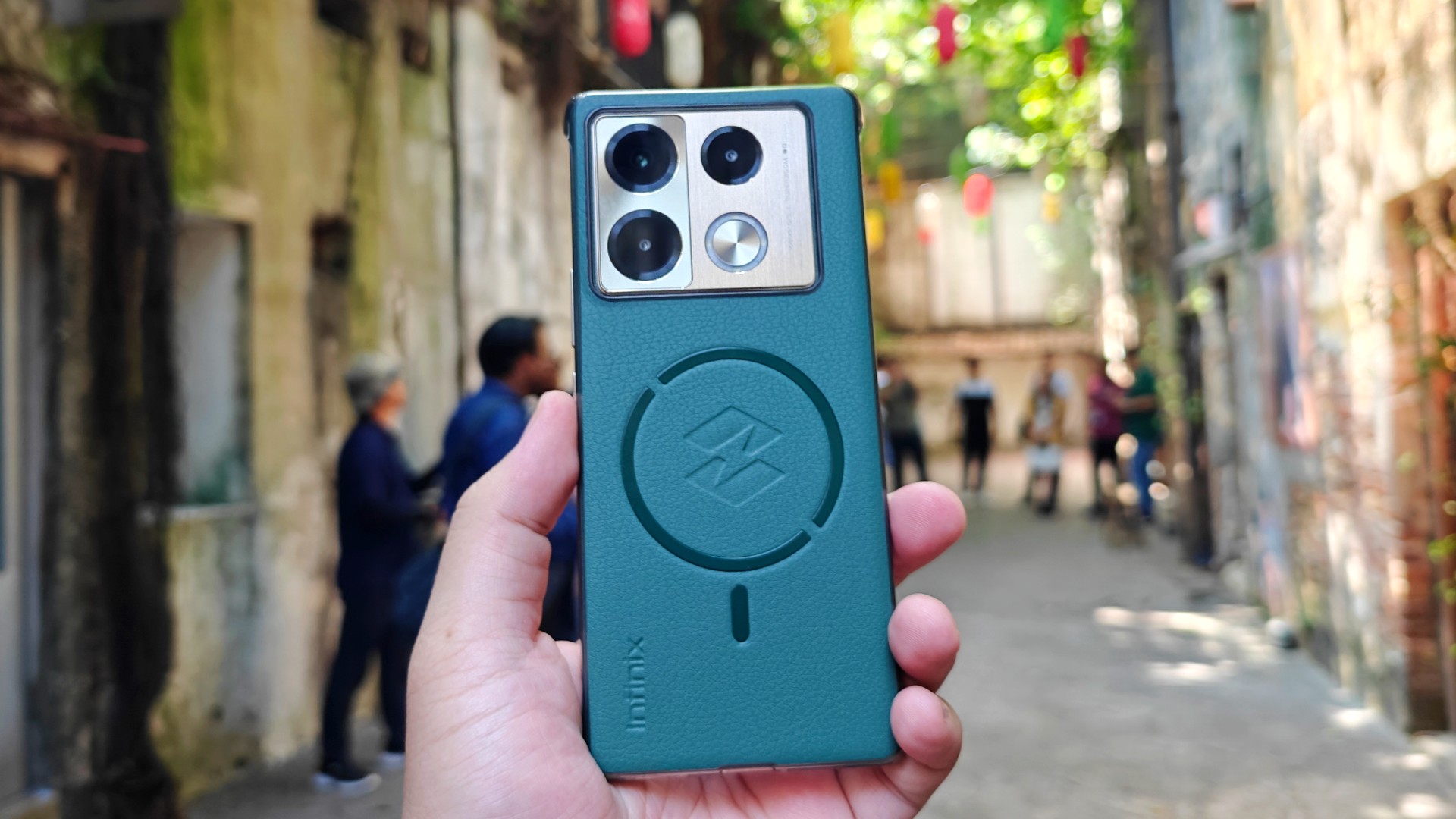
The Infinix Note 40 Pro+ 5G prides itself in its charging technologies. But what about its camera capabilities? Well, here’s a quick round-up of the many photos we took around the time the Note 40 series was launched in Kuala Lumpur Malaysia.
The NOTE 40 Series features a 108MP main shooter with 3x Lossless Superzoom. It also has OIS for steadier shots when taking videos.
The edits applied to the photos here only some resizing and cropping to make the page easier to load. Take a look at all these sample shots
Infinix Note 40 Pro series launch day
Kwai Chai Hong/ ‘Little Ghost Lane’
Petaling Street (Chinatown)
In and around Central Market
Bank Negara Malaysia Museum and Art Gallery
Istana Negara entrance
Merdeka Square
Malaysian Bak Kut Teh and more
Petronas Twin Towers at night
Steady shooter
The Infinix Note 40 Pro+ 5G isn’t a stellar shooter. But at its price point, it’s pretty darn decent for capturing different scenarios. Take these photos into some editing software and you can certainly elevate their look.
The NOTE 40 Pro+ 5G is priced at PhP 13,999. It may be purchased through Infinix’s Lazada, Shopee, and TikTok Shop platforms, where customers can get up to PhP 2,000 off. Additionally, the first 100 buyers can get an S1 smartwatch or XE23 earphones. Alternatively, customers may opt for the Shopee-exclusive NOTE 40 Pro (4G variant) for PhP 10,999.
-
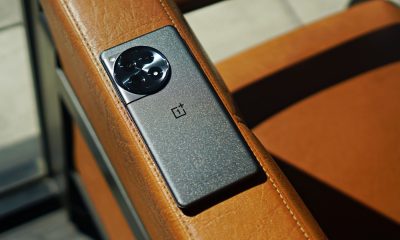
 Reviews1 week ago
Reviews1 week agoOnePlus 12R review: Making sense of OnePlus’ latest flagship
-

 Reviews2 weeks ago
Reviews2 weeks agorealme 12 5G review: It was enchanting to meet you
-
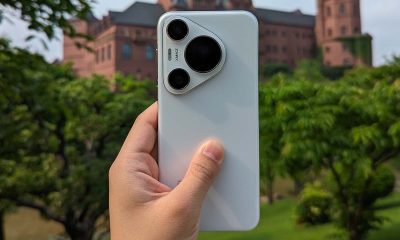
 Smartphones1 week ago
Smartphones1 week agoHuawei Pura 70 Pro Unboxing and First Impressions
-
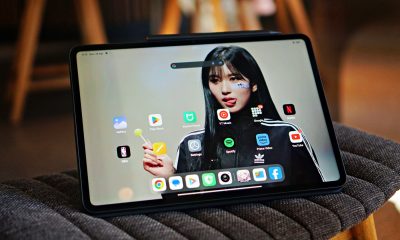
 Reviews7 days ago
Reviews7 days agoXiaomi Pad 6S Pro 12.4 review: Bigger and better
-
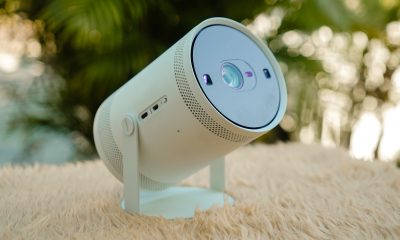
 Convenient Smart Home7 days ago
Convenient Smart Home7 days agoI swear, Samsung’s The Freestyle spells freedom
-

 News2 weeks ago
News2 weeks agoZTE nubia Neo 2 5G now in the Philippines: Pricing, details
-
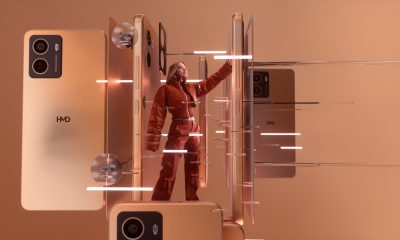
 Smartphones2 weeks ago
Smartphones2 weeks agoHMD announces 1st line of own smartphones
-
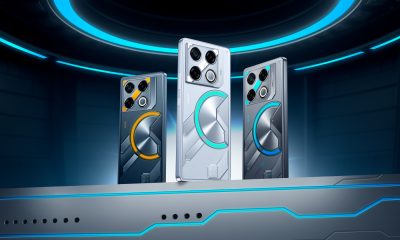
 Smartphones1 week ago
Smartphones1 week ago‘Esports-level’ Infinix GT 20 Pro now official


